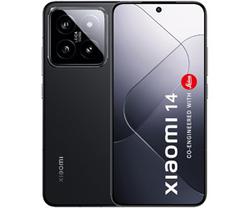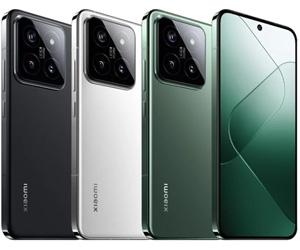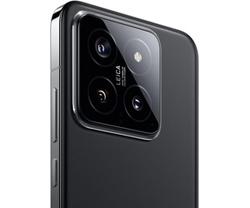This year's lineup of Xiaomi flagship smartphones includes three models, and the junior Xiaomi 14 has already been reviewed by gg. It turned out to be a surprisingly pleasant and easy-to-use smartphone with compact dimensions compared to most modern flagships. Xiaomi 14 has many significant advantages and arguments in its favour. It is equipped with a top-end powerful Qualcomm Snapdragon 8 Gen 3 processor, a bright LTPO OLED display with 120Hz refresh rate, and an optimal set of cameras that take great photos and videos. The smartphone has a long battery life and supports fast wired and wireless charging. The design is hardly original, but the Xiaomi 14 looks good, is made of metal and glass, and has full protection against dirt and water according to the IP68 standard. Although, of course, not everything is perfect and there are some minor complaints about the smartphone. Such a powerful processor is difficult to cool in a compact body, and under prolonged maximum loads, the smartphone gets noticeably hot and can shake. However, this is almost impossible to achieve in real life. The HyperOS shell is fast and convenient. But, like MIUI, it has built-in ads and unnecessary unnecessary applications.
The closest competitor, of course, is the slightly more compact Samsung Galaxy S24. The Xiaomi 14 has a more powerful processor, larger battery, faster charging, more memory and (on paper) a more interesting camera, although this should be checked by direct comparison in the same conditions. The Galaxy S24 has a better-known brand and a cleaner shell without ads and unnecessary software. As an alternative on a different OS, there is the iPhone 14 Pro for about the same price. And for those who like more original smartphones, you can look towards Samsung Galaxy Flip5, or the slightly cheaper Moto Razr 40 Ultra.
5 reasons to buy Xiaomi 14:
- Compact, comfortable body with IP68 protection
- Top-of-the-line Qualcomm Snapdragon 8 Gen 3 processor
- Bright OLED display with 120 Hz refresh rate
- Long battery life and fast charging
- Versatile set of cameras that take good pictures
2 reasons not to buy Xiaomi 14:
- Overheating of the processor under prolonged maximum loads
- A lot of ads in stock Hyper OS apps
Quick jump:
- What's included with Xiaomi 14?
- What does Xiaomi 14 look like?
- How good is the screen on Xiaomi 14?
- What are the ways to unlock Xiaomi 14?
- What about the performance, memory, sound and battery life of Xiaomi 14?
- How user-friendly is the Xiaomi 14 interface?
- How good are the Xiaomi 14 cameras?
- In summary
What's included with the Xiaomi 14?
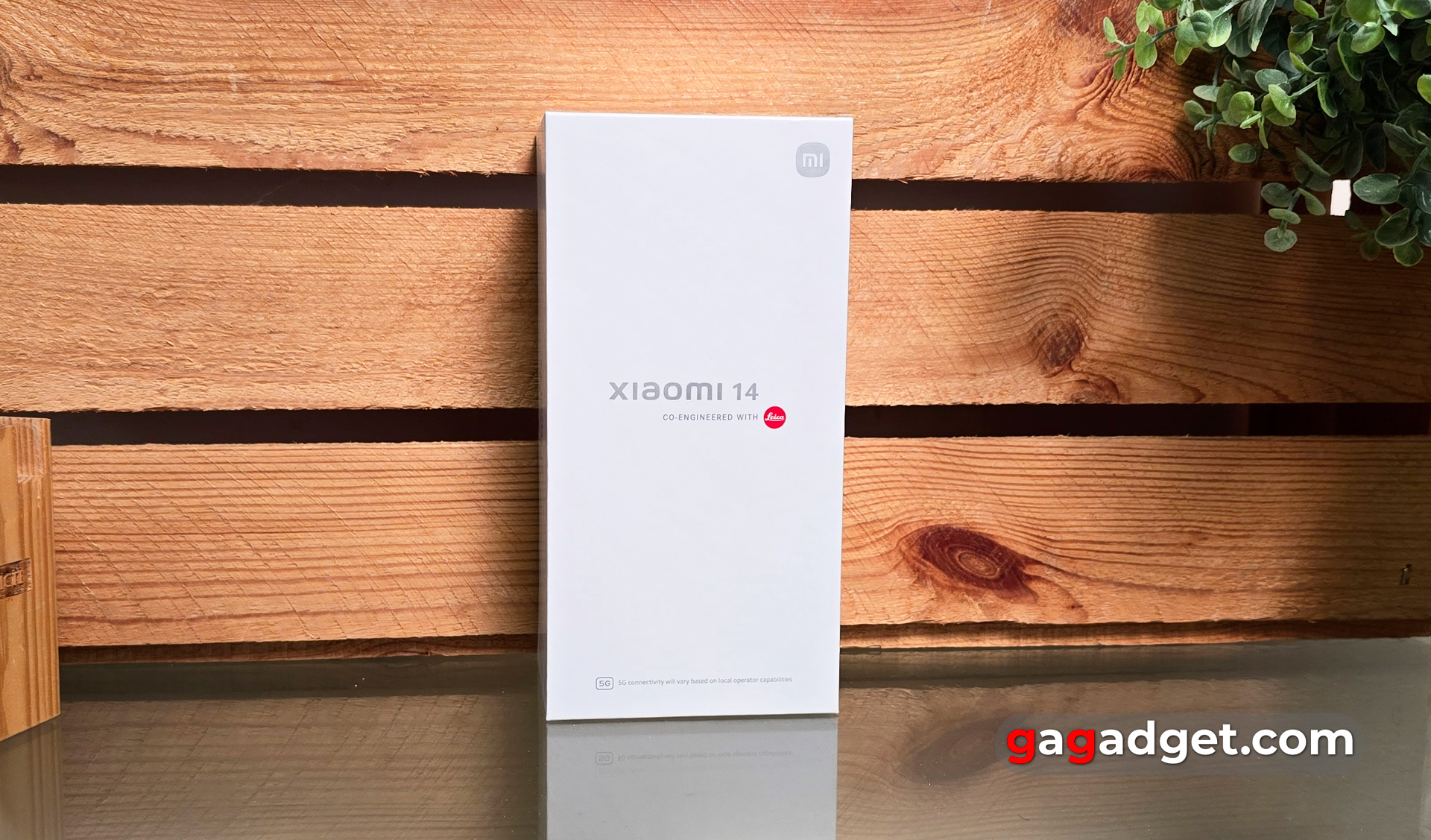



Xiaomi 14 comes in a standard white box with a minimum of printing: the Mi logo, model name, and the logo of Leica, in cooperation with which the smartphone camera was created (as the manufacturer claims). Chinese manufacturers always provide users with a good set of accessories out of the box. Inside, in addition to the smartphone itself, there is a 90W power supply, a USB Type-C cable, a protective film (already on the screen), a tray eject tool, documentation, and a protective bumper. It is black in colour and of good quality. It has a nice rough finish and edges to protect the display and camera unit.
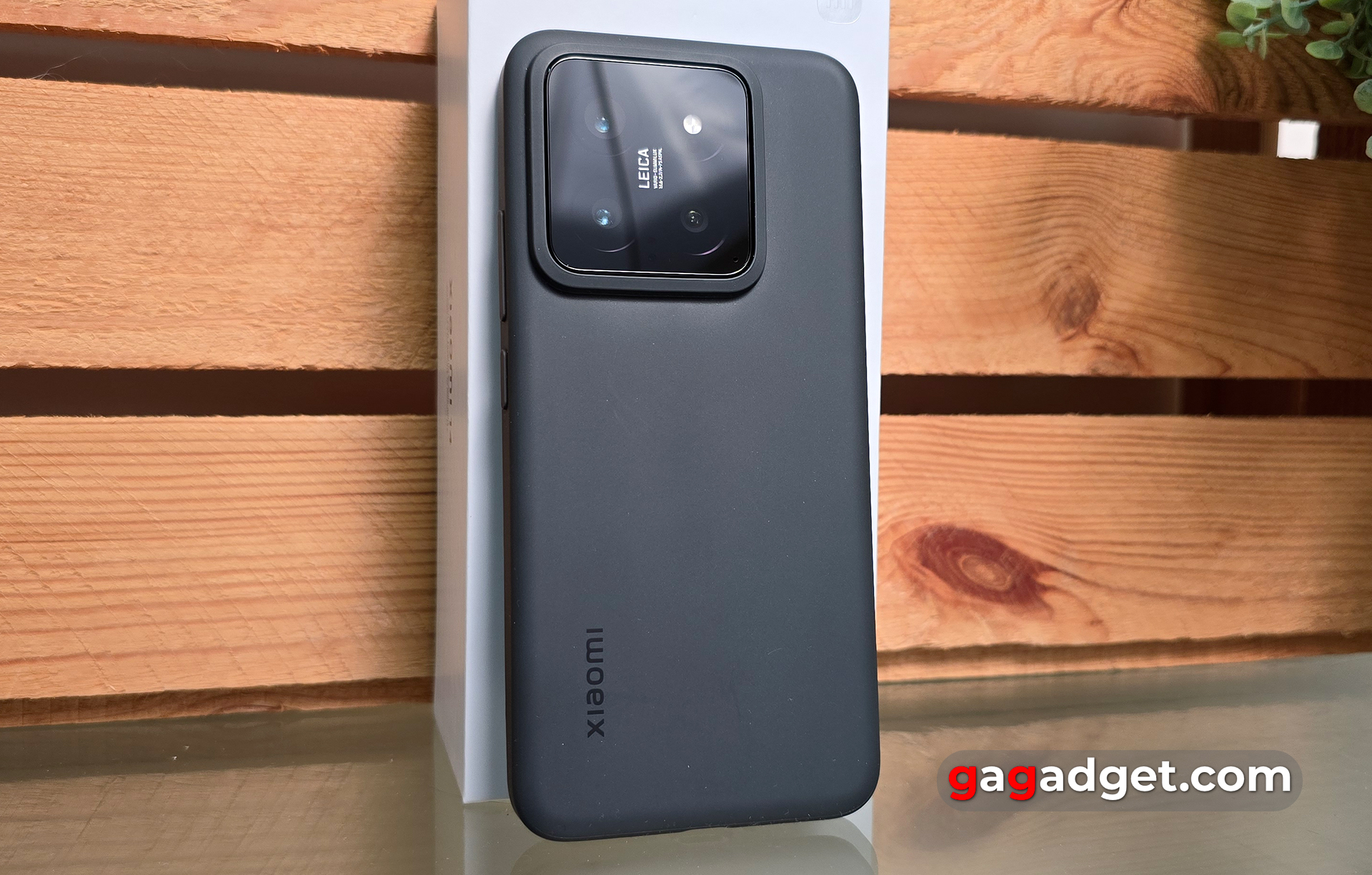
What does Xiaomi 14 look like?
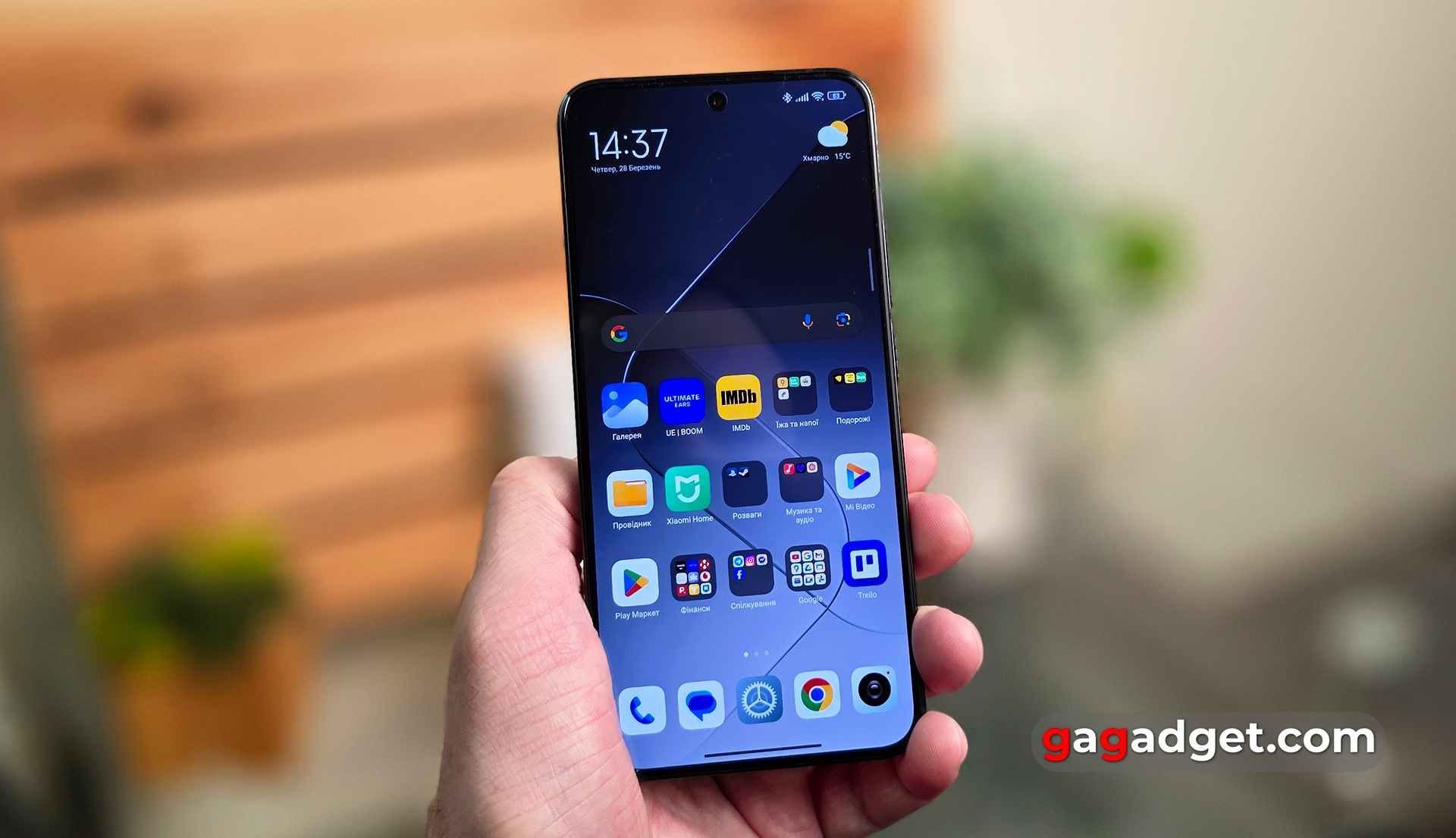
Xiaomi decided not to experiment with the appearance of its junior flagship Xiaomi 14 and made it an absolutely classic modern smartphone monoblock. This is one of the most compact modern flagship smartphones. It has a flat screen with a diagonal of 6.36 inches, which is really small by modern standards. Xiaomi claims that the width of the bezels around the display is only 1.61 mm, which seems to be true. the bezels are very thin indeed. The front and back of the smartphone is protected by Gorilla Glass Victus. The front camera is located in the usual round hole, and above it is a standard slot with an earpiece speaker, which is also used for stereo sound.
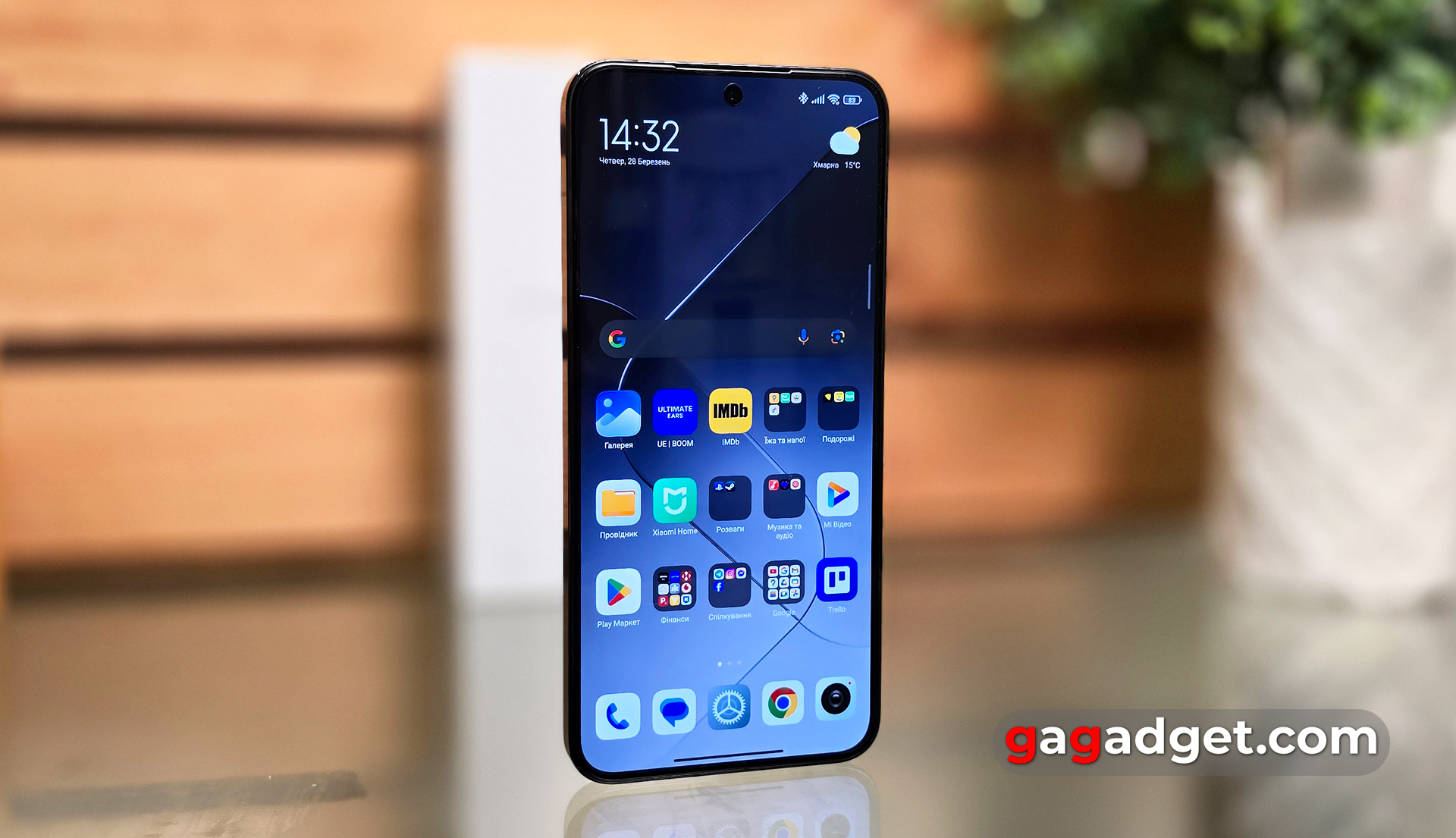
The frame is made of metal and has a glossy finish, in our case, black. It collects fingerprints but looks good. The frame is flat around the entire perimeter of the smartphone, which to some extent improves the reliability of the grip. This is especially important given the rather slippery surfaces. The power and volume buttons are also metal, they are located in the usual place. And, thanks to the small size of the smartphone itself, they are convenient to use with both the right and left hands. There is no need to reach out.
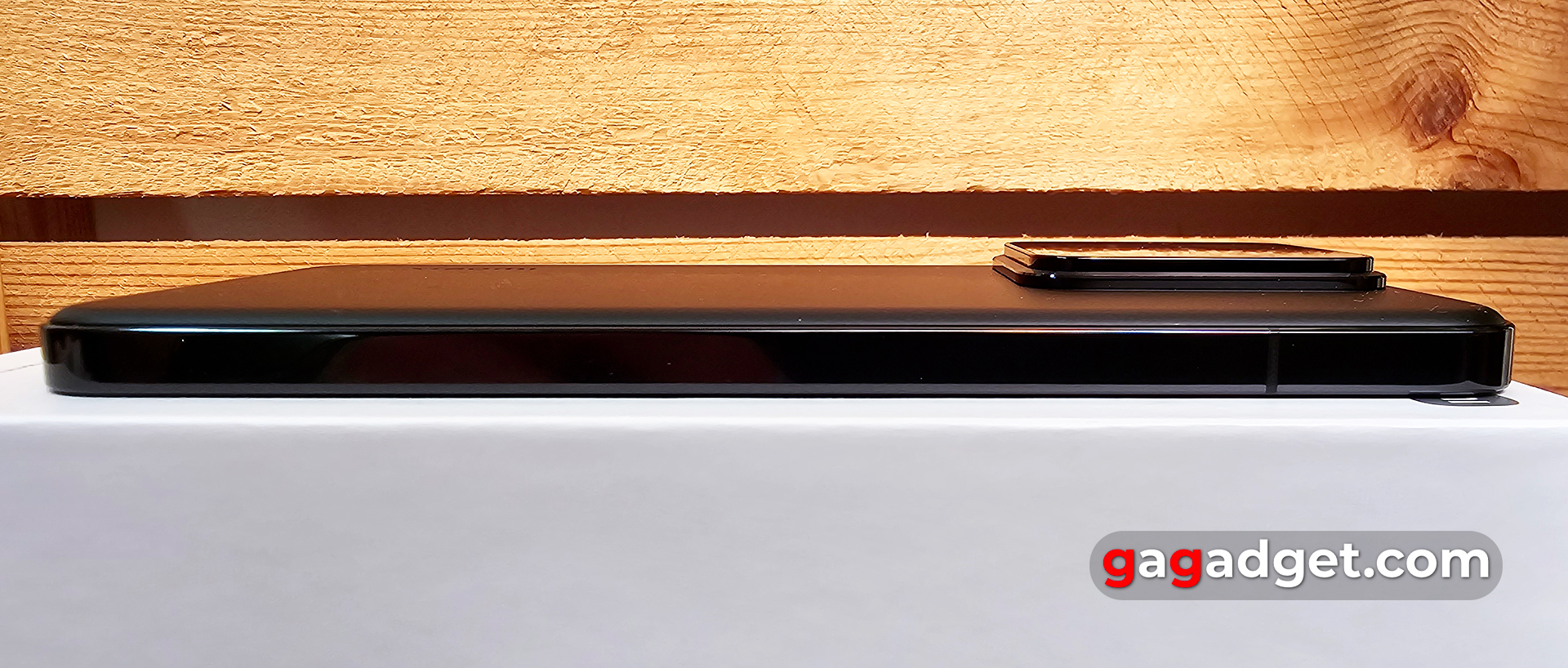
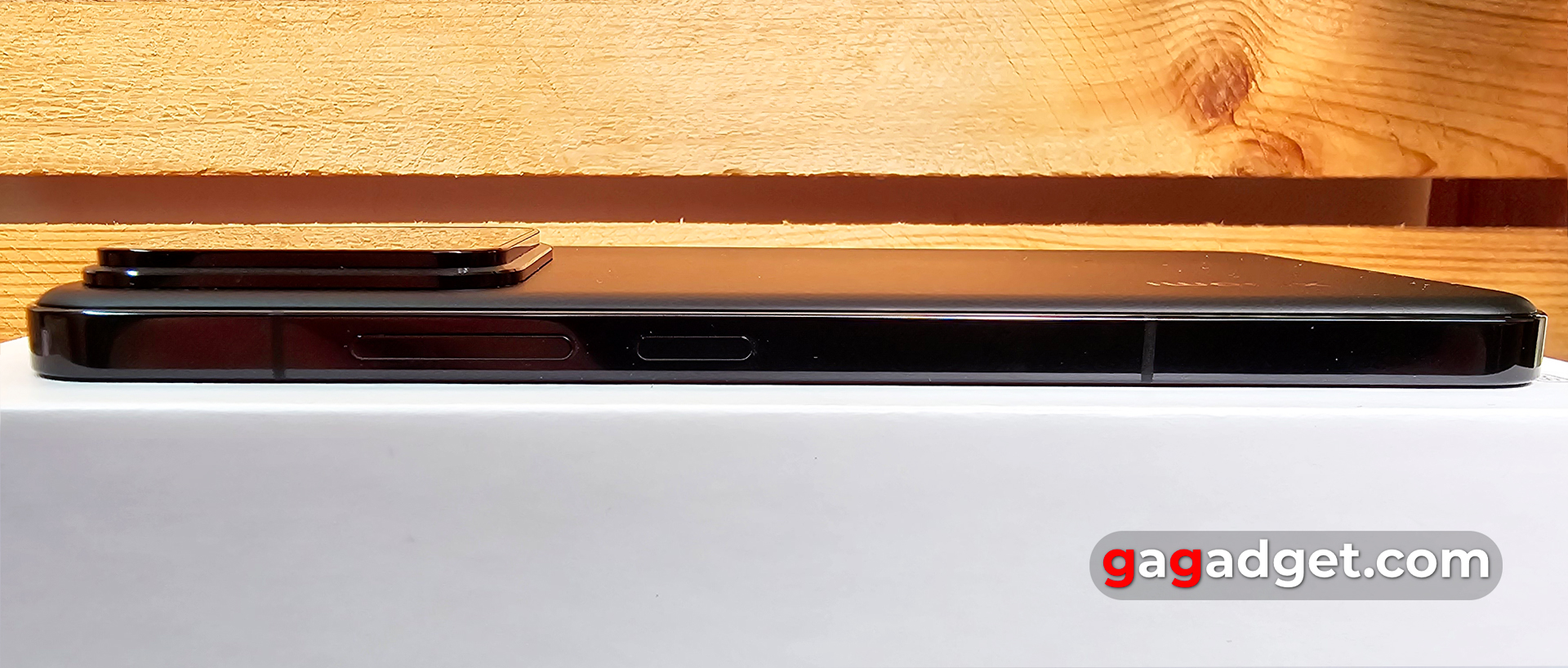


The top edge of the smartphone was completely free of any functional elements. An additional microphone and infrared transmitter for controlling consumer electronics were placed in the rear camera module. The bottom is standard: the main speaker, microphone, tray, and Type-C connector. It's worth noting that in the case of Xiaomi 14, it's a fast USB 3.2 Gen 1.




The tray is quite standard for modern flagships and can accommodate two SIMcards. Instead of one of them, you can use eSIM.
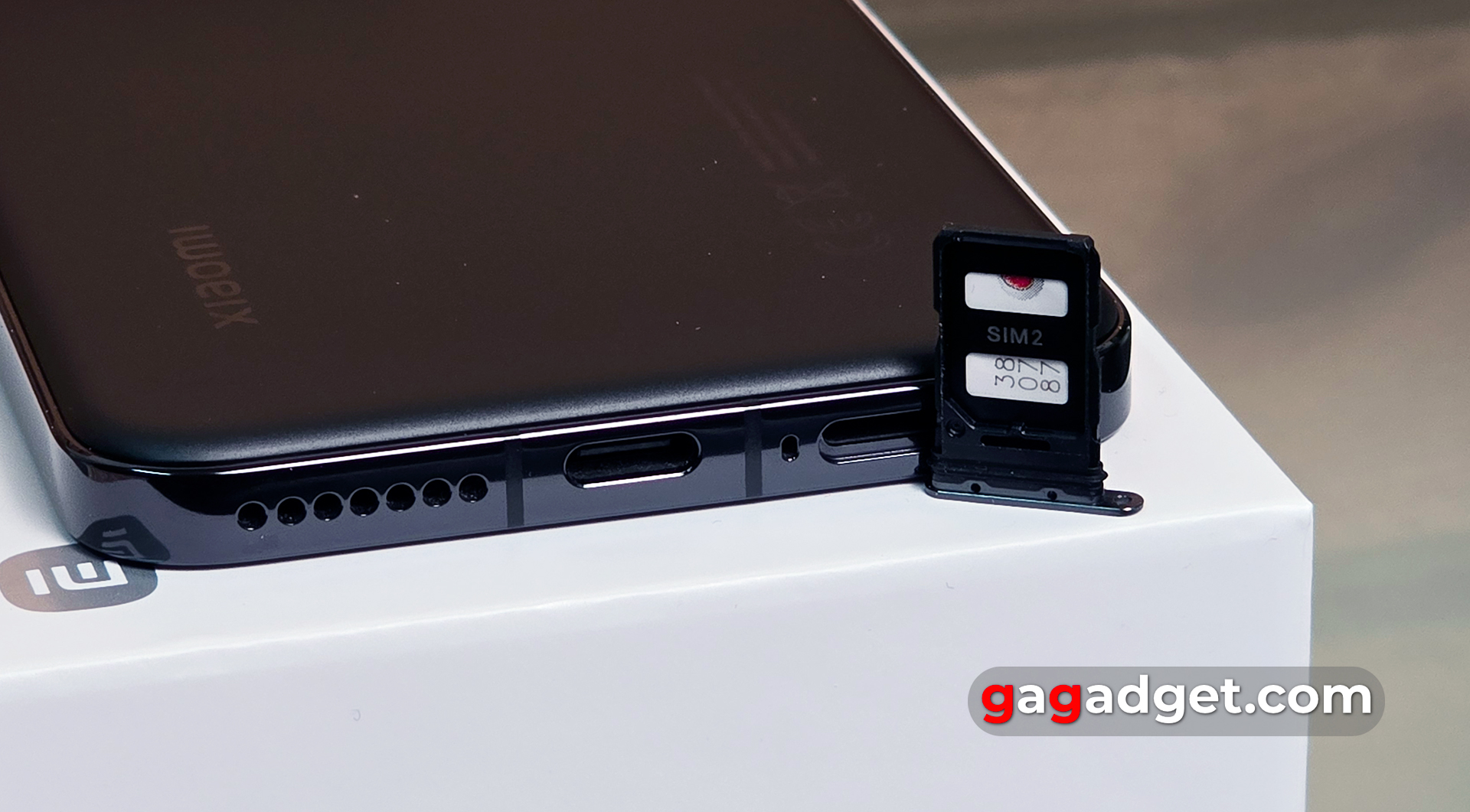
The back cover is glass and has a rounded perimeter. In our case, it's frosted black glass. It looks great and does not collect fingerprints, the lid always remains neat and the matte surface is very pleasant to the touch. The white and green variants have a glossy finish, and there is also a variant with artificial leather.
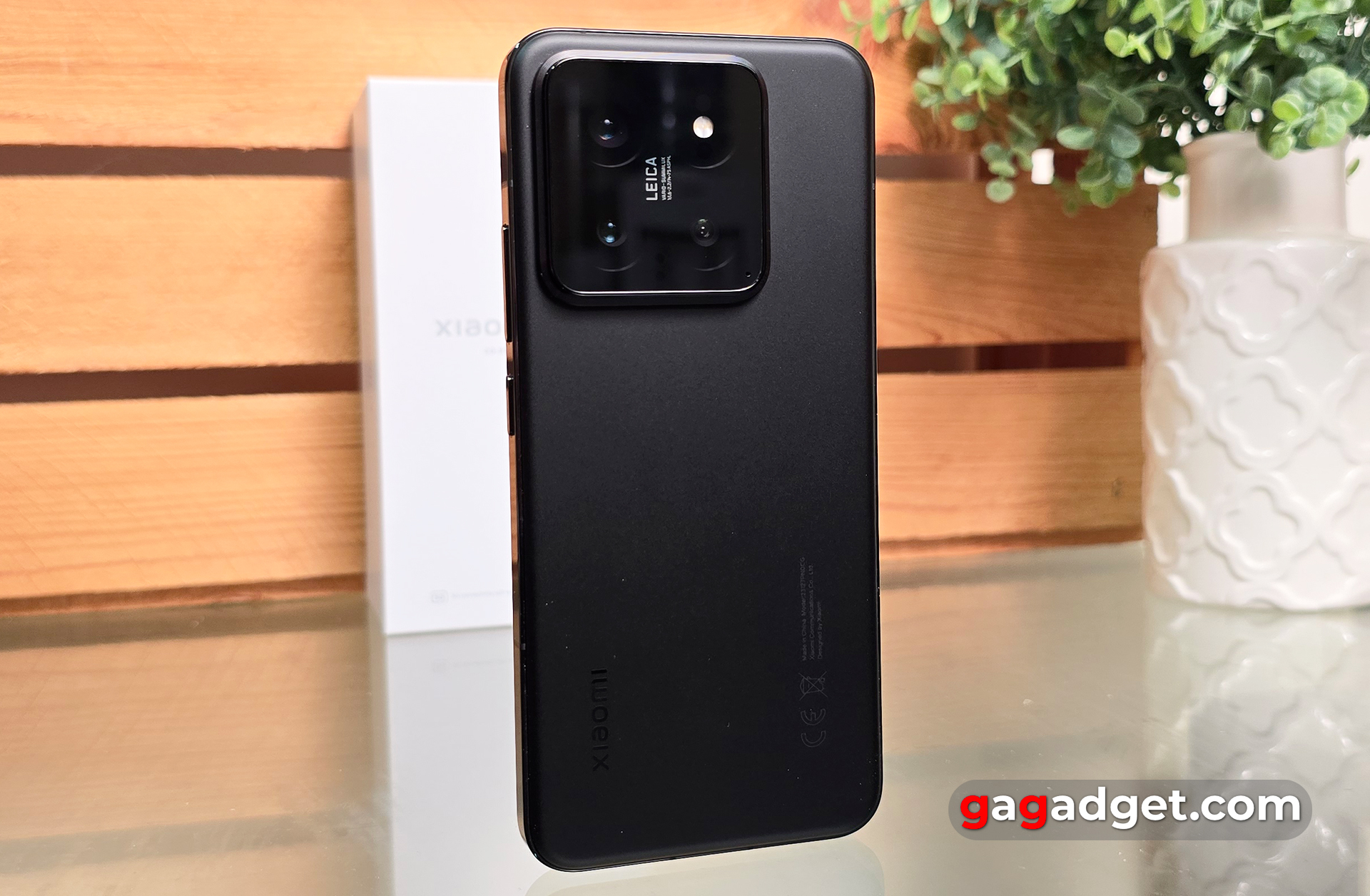
The rear camera module is very massive. It's square with rounded corners, takes up more than half the width of the body and is quite a bit higher than the back cover. The large size is quite expected, given the camera set, which includes a telephoto module with movable lenses. As a decorative solution, the company has added a kind of step with a relief pattern.
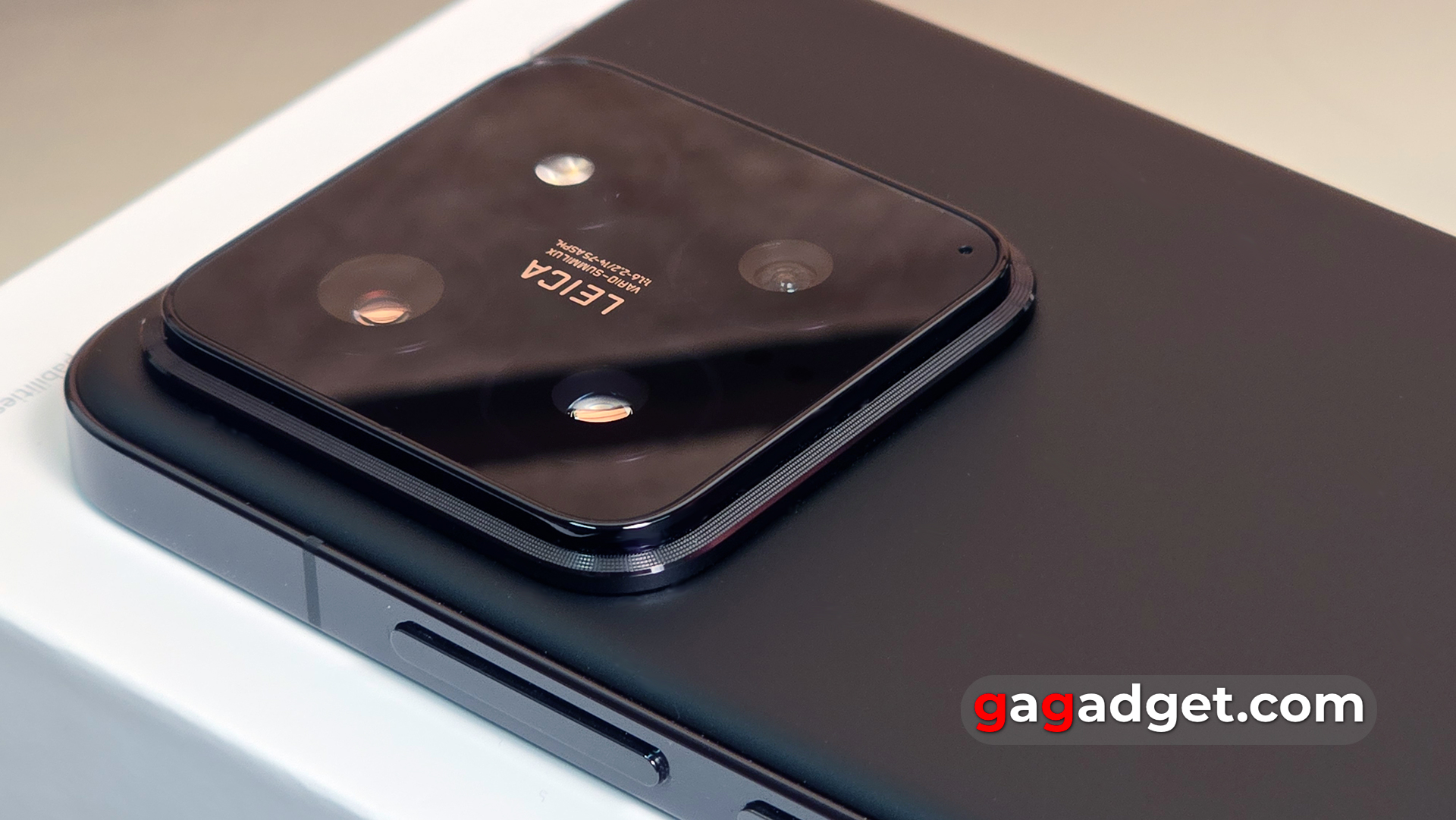
Xiaomi 14 is quite compact compared to most modern smartphones. Its dimensions are 152.8x71.5x8.2 mm, weight 188 g. Thanks to the small width and considerable thickness of the body, the smartphone fits perfectly in the hand and is quite comfortable to use on the go. It looks not too original, but it is stylish and feels expensive. The case is protected against dirt and water according to the IP68standard, so it can withstand immersion in water to a depth of 1.5 m for up to 30 minutes.
How good is the Xiaomi 14's screen?
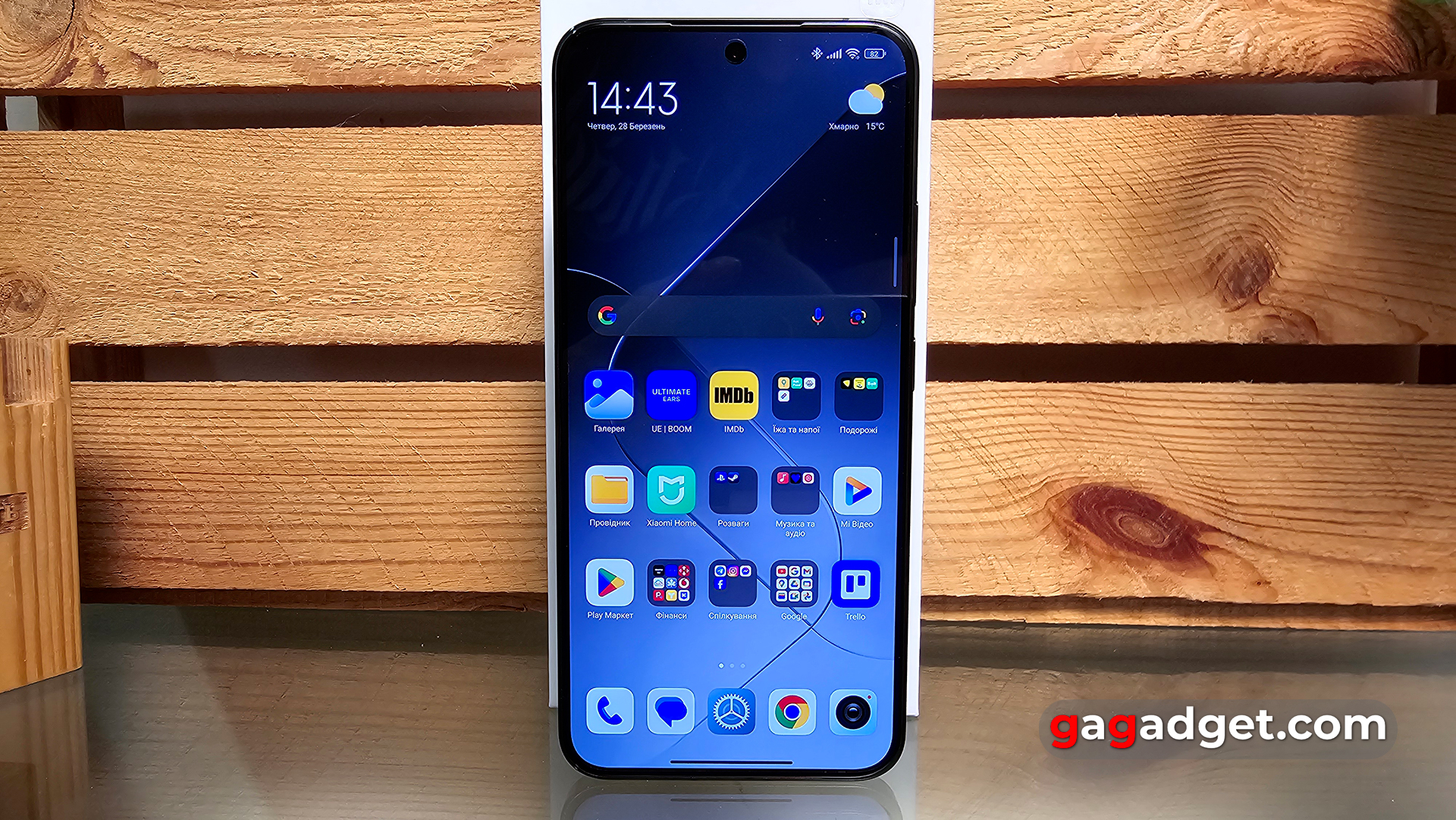
Xiaomi 14 has a LTPO OLEDdisplay with a diagonal of 6.36 inches. The resolution is 2670x1200, with a pixel density of about 460 ppi. Xiaomi claims that this is a custom 12-bit matrix of the C8, which is capable of displaying more than 68 billion shades of colour. The manufacturer promises colour coverage of 100% of the DCI-P3 space and a local peak brightness of 3000 cd/m² in automatic mode. The display supports HDR10+ and Dolby Visionstandards. The refresh rate is 1-120 Hz, and the sensor readout is 240 Hz. There is a function to eliminate flicker at low brightness - DC Dimming. There is a lot in the settings. Of course, there are standard brightness settings, dark and light themes, reading mode, refresh rate selection (or automatic mode), and colour schemes. There's Standard PRO (with sRGB colour gamut), Vivid and Saturated (with extended colour gamut), Adaptive Colour (auto-adjusting depending on the ambient light) and colour temperature settings. In the Advanced mode, you can manually select the colour gamut and fine-tune the tone for RGB colour reproduction. In addition, there are several other image enhancement features: the so-called Enhanced Textures (additional effects during rendering) and a separate section called AI Visualisation System. It has video, photo, and HDR enhancement functions, as well as MEMC. The latter works only if the Ultra High Resolution option is inactive. In fact, MEMC draws additional frames in the video to make it smoother. This does work, but it's not always appropriate: for example, movie and TV trailers look quite unusual at 60 FPS or so.
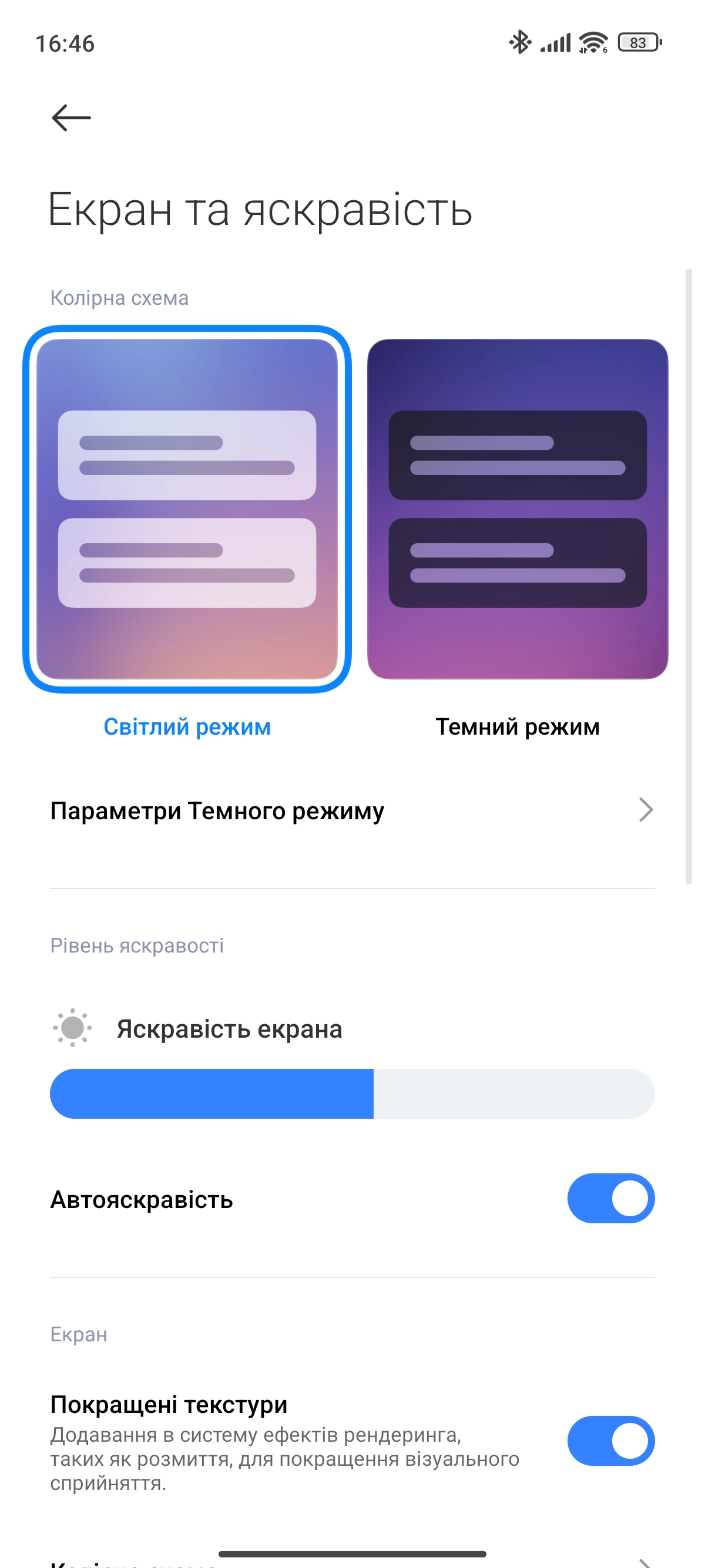


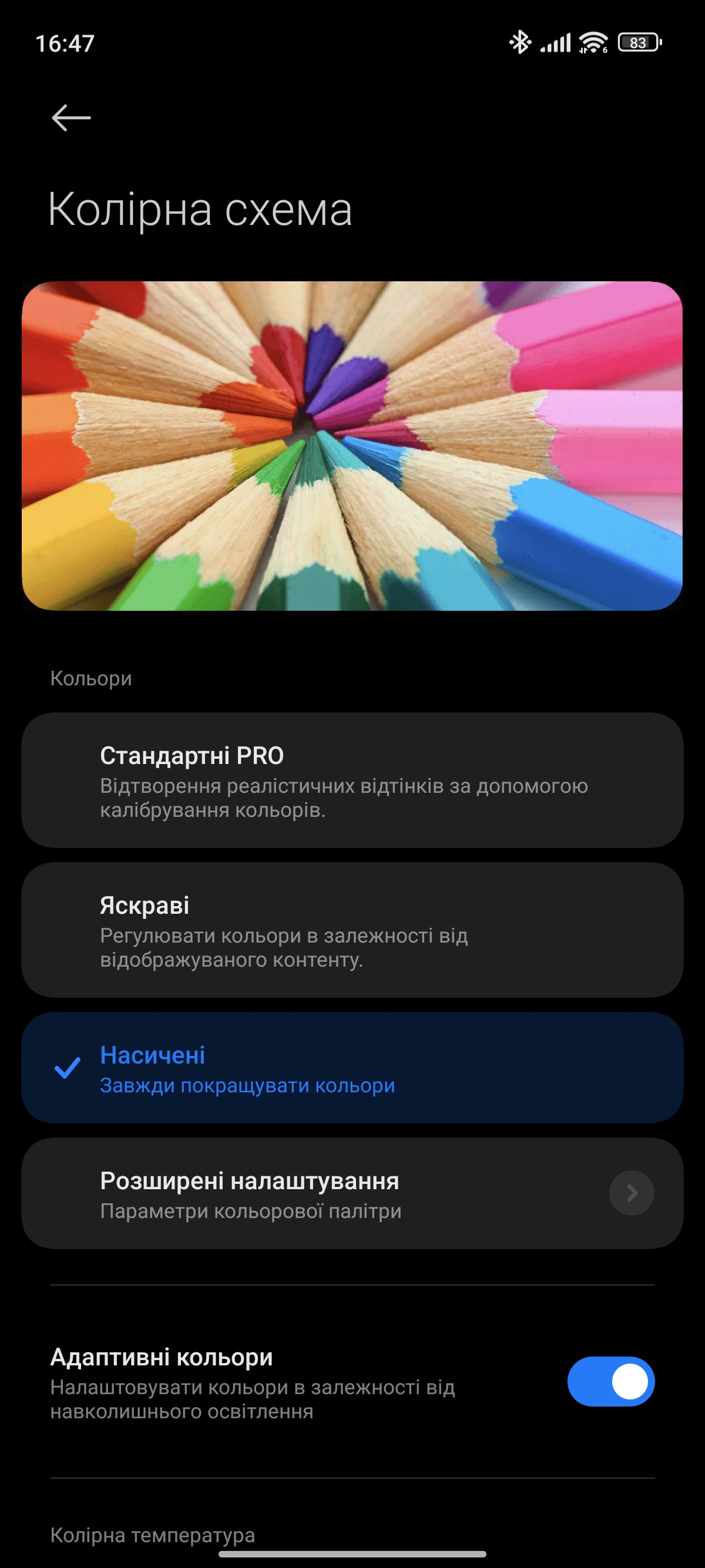
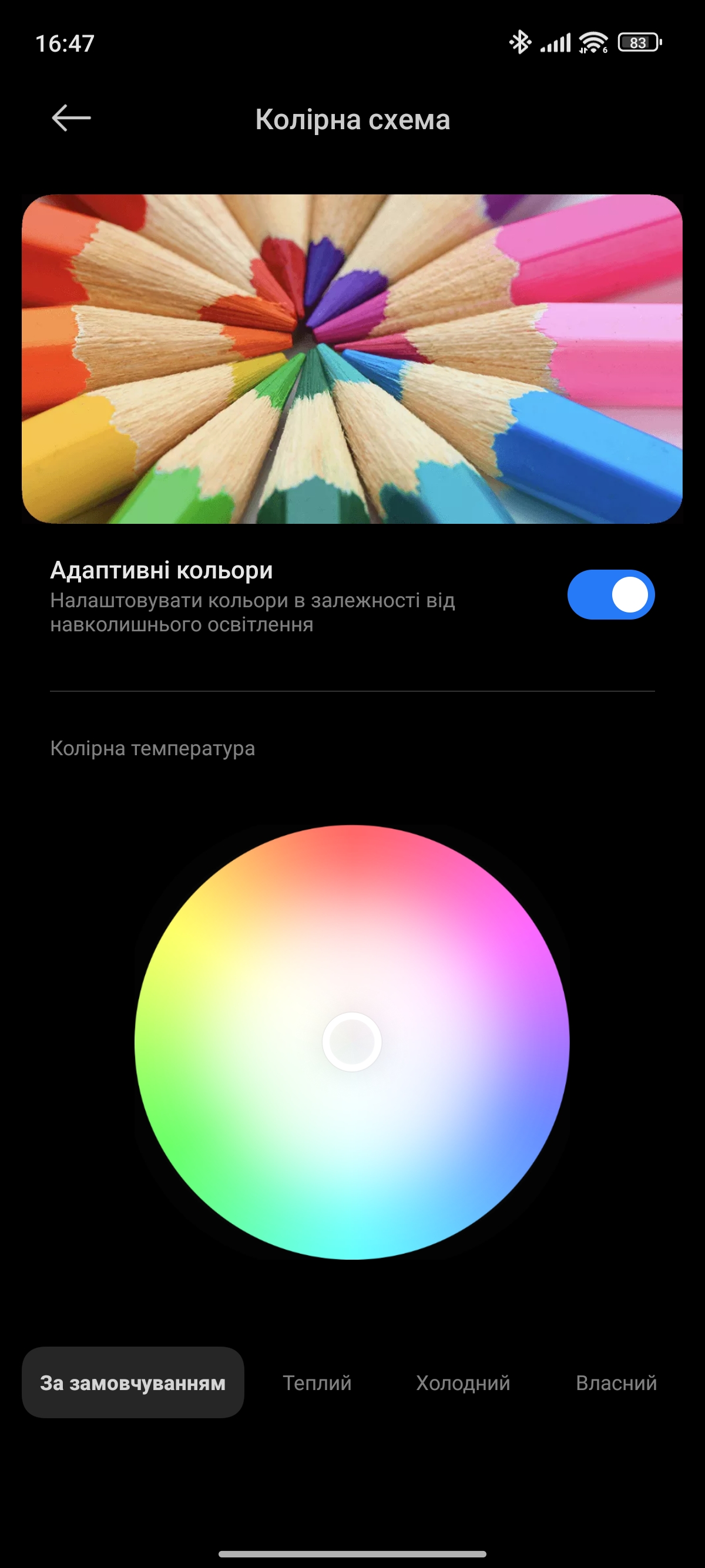
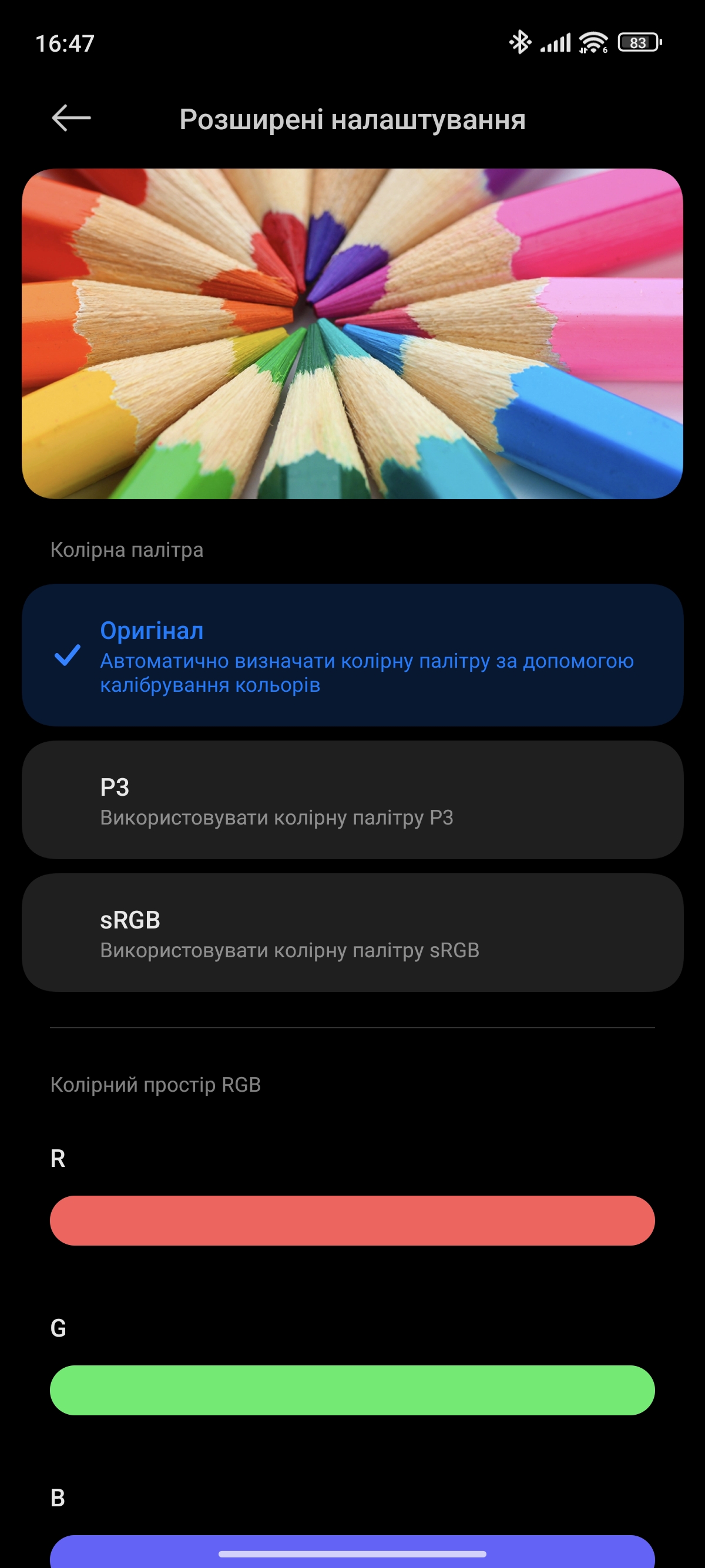
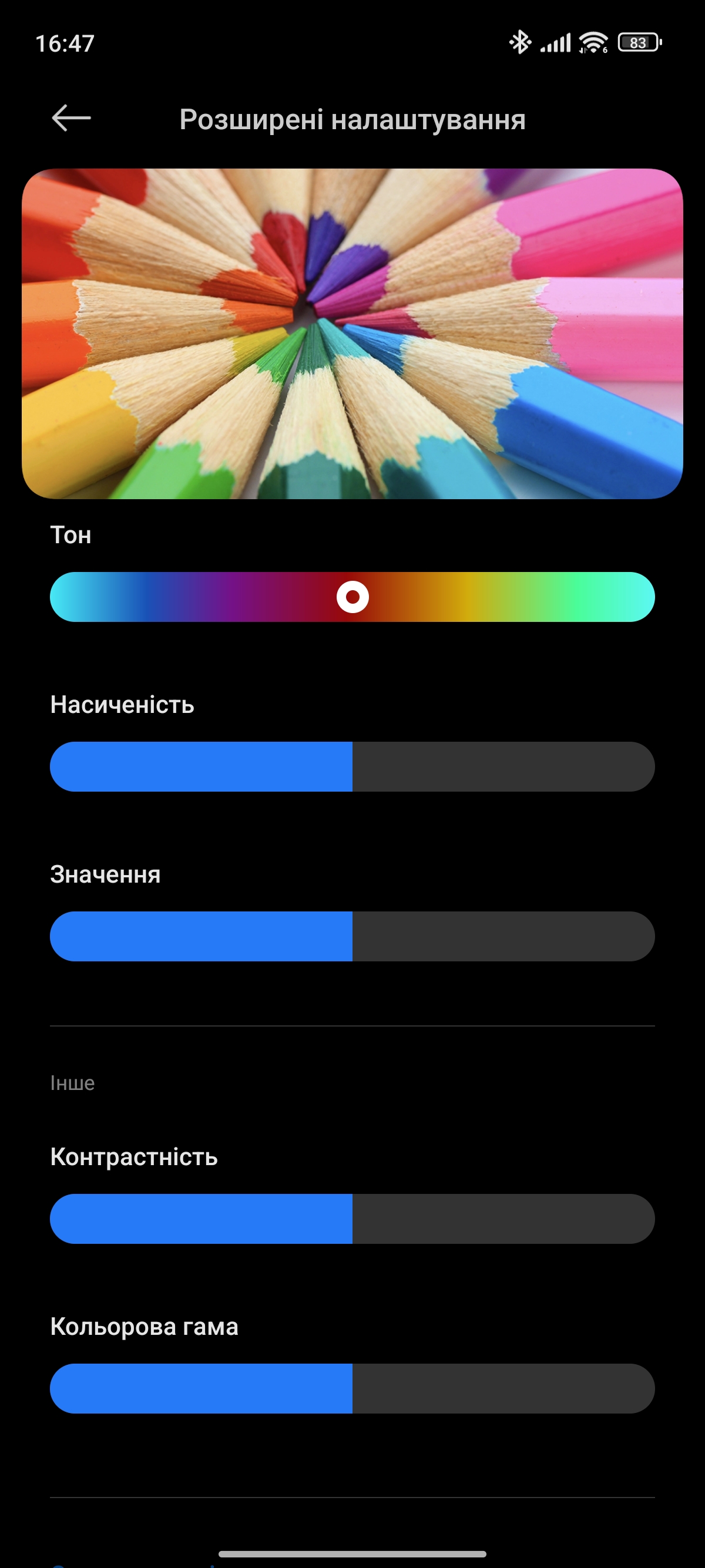






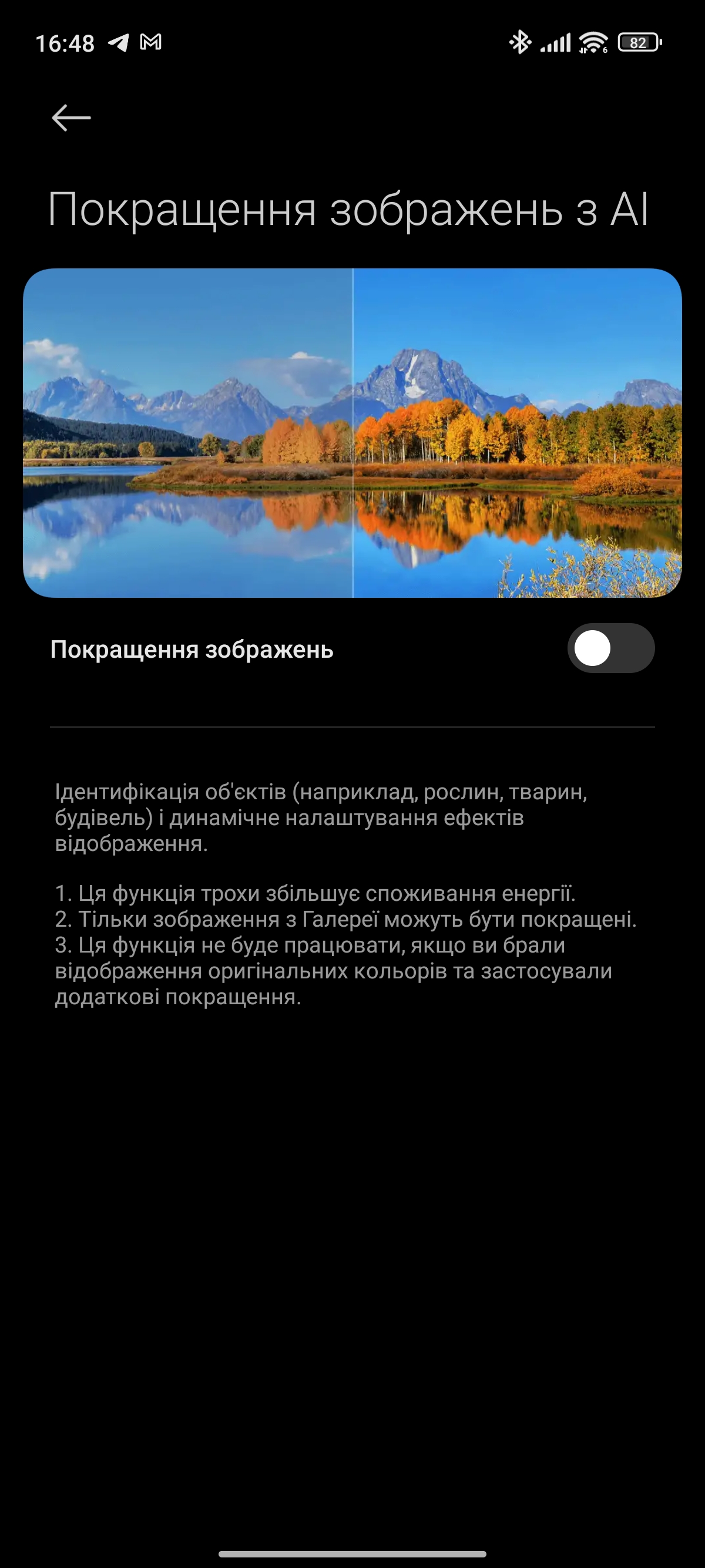

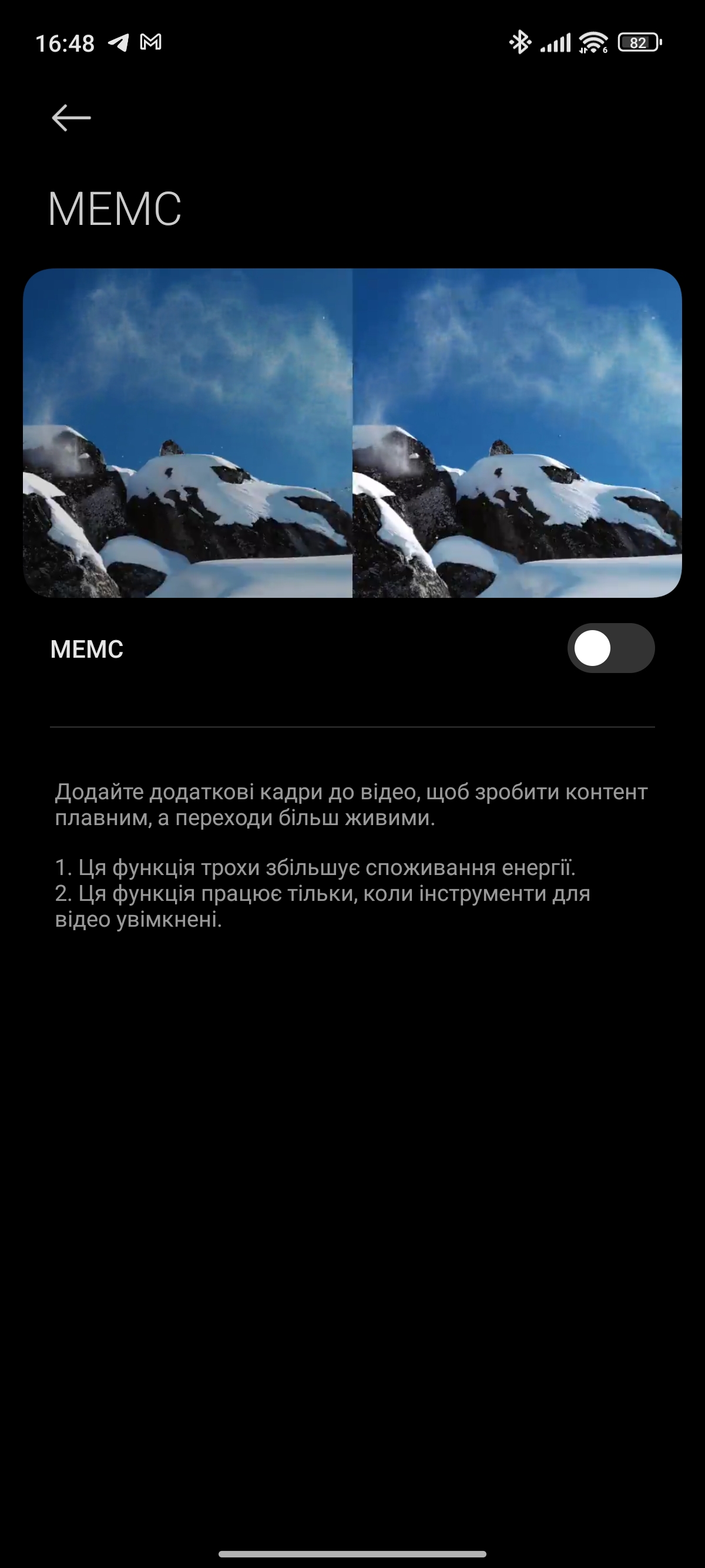






















The screen is of excellent quality, with very vivid and rich colours. The brightness margin is sufficient so that the picture does not fade in the sun, and the viewing angles are maximum. At certain angles, the white colour acquires a slightly bluish tint. But this is typical for OLED: there may be a greenish or bluish tint. Hardware measurements have shown that the mmaximum brightness in the saturated mode was 481.764 cd/m2. The colour gamut is significantly higher than sRGB, andthe picture is accentuated towards cold shades.

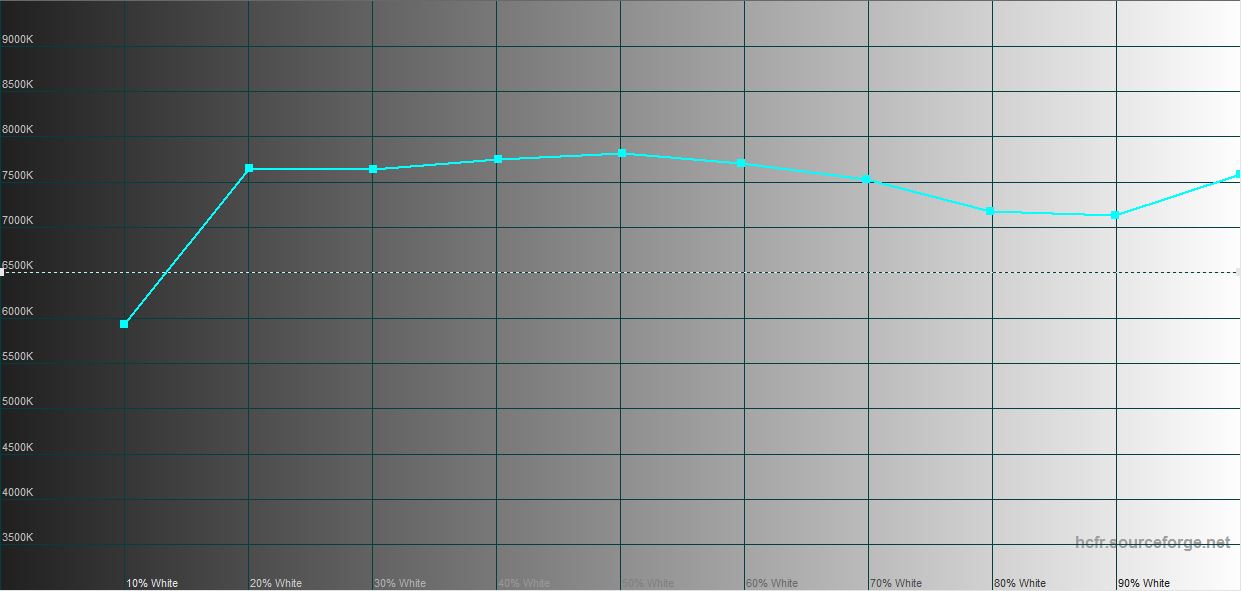

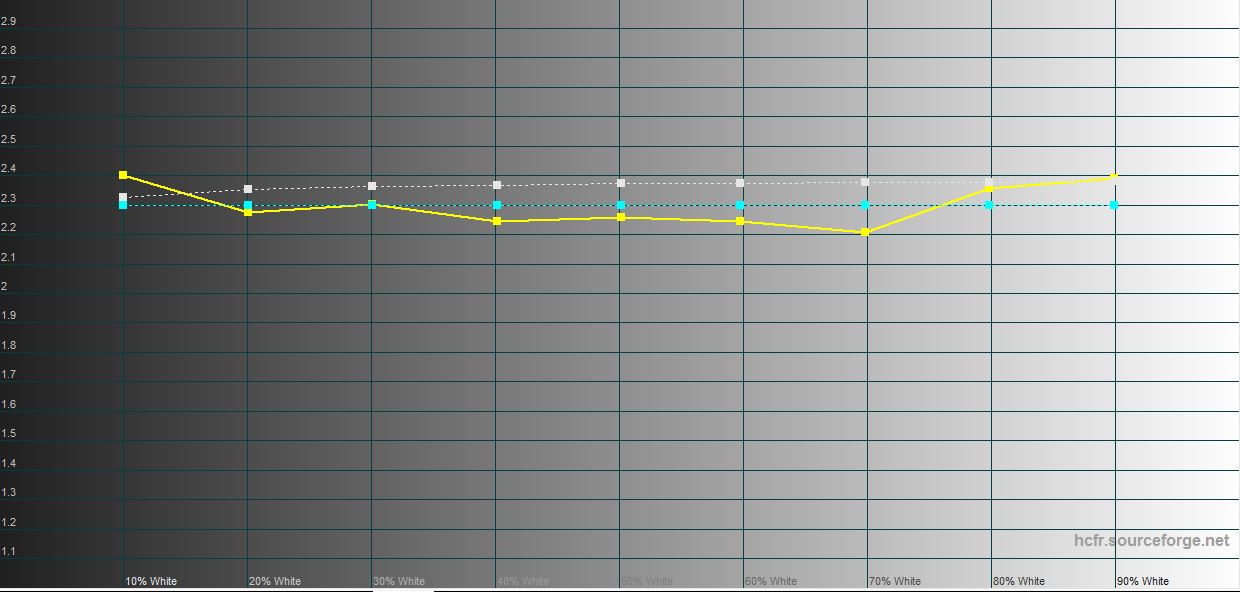






In Vivid mode, the colour gamut is also wider than sRGB, and the brightness is 472.738 cd/m2. But the colour reproduction is slightly worse:
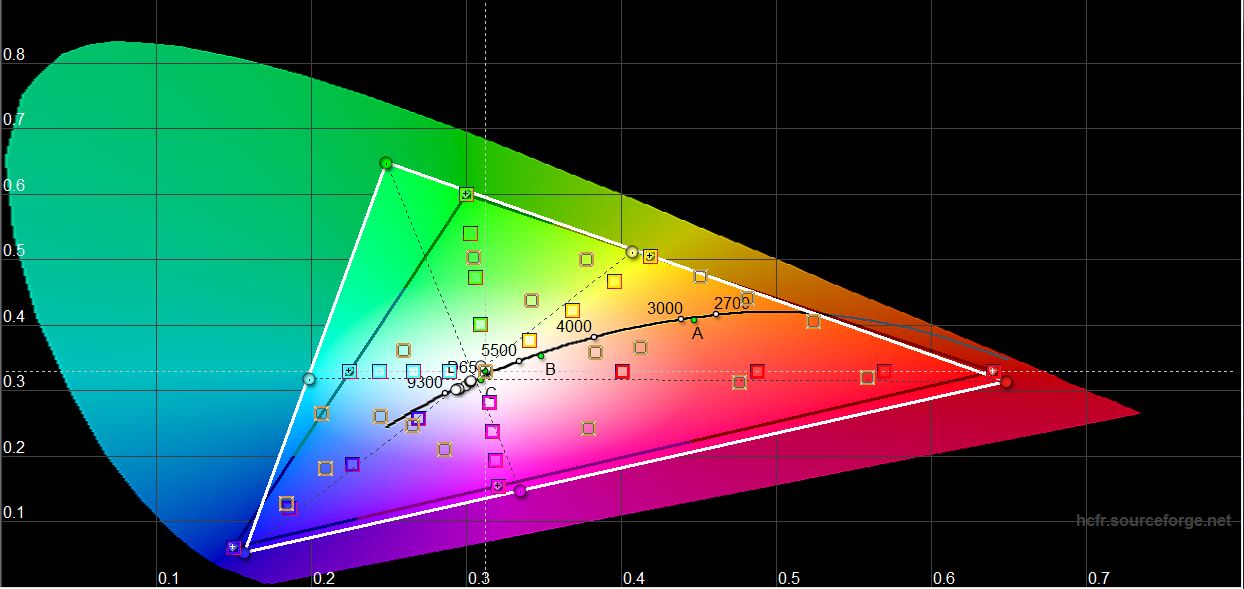
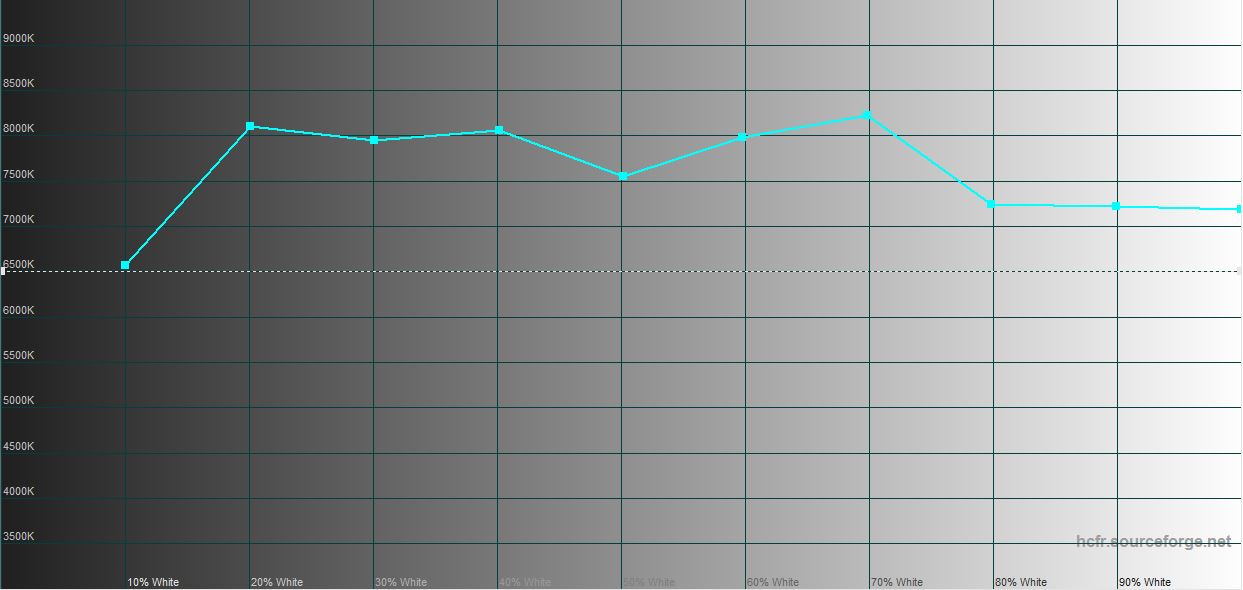
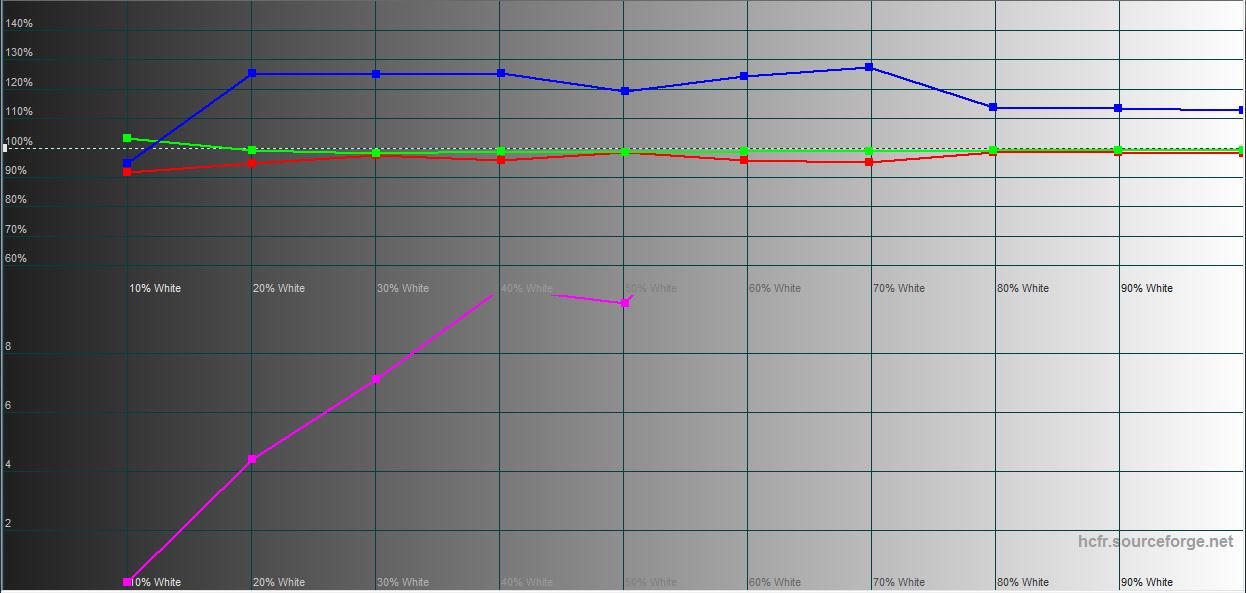
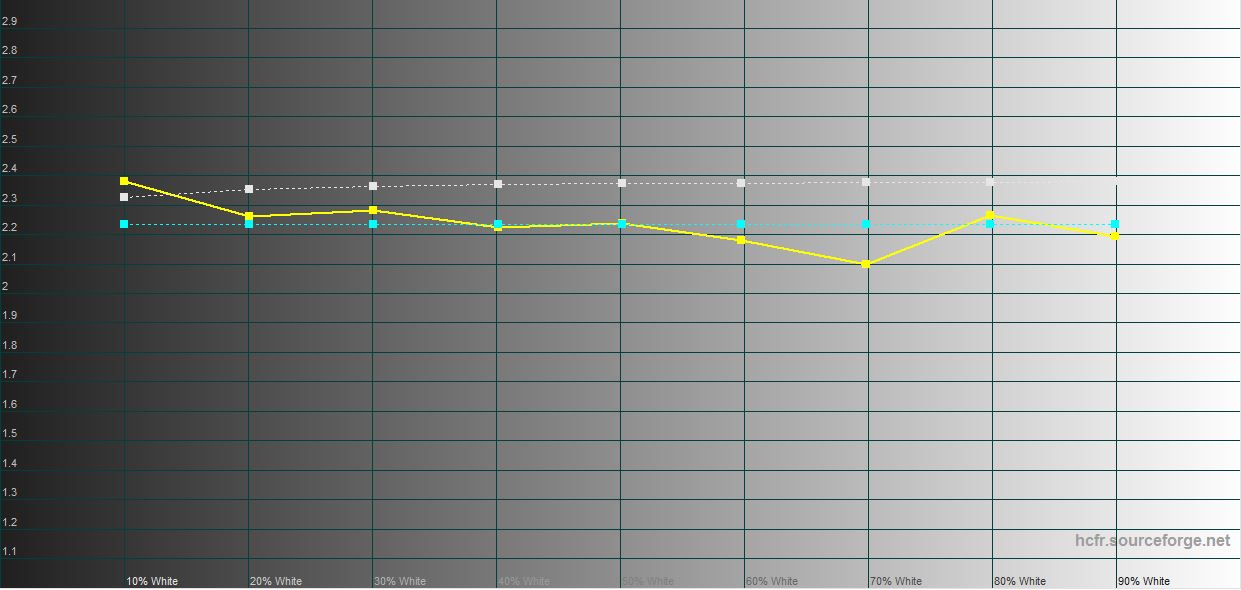






The standard PRO mode offers close to sRGB colour gamut. The brightness is slightly lower, 453.623 cd/m². and there is a slight emphasis on cooler shades. But it's not a big deal, given the colour adjustment options.
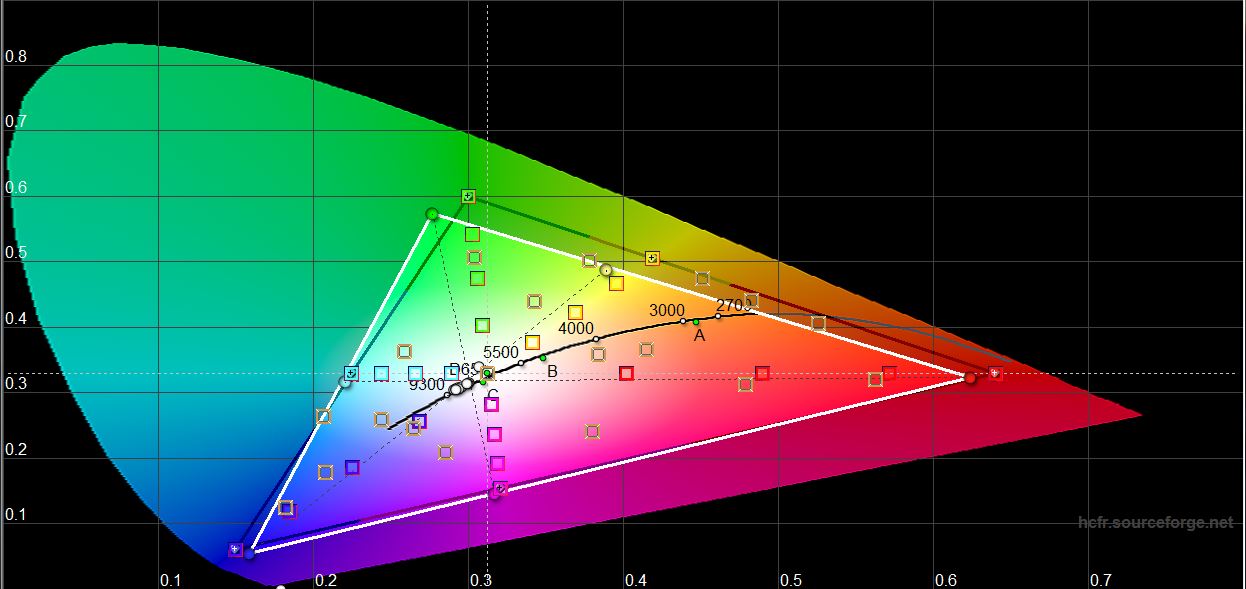
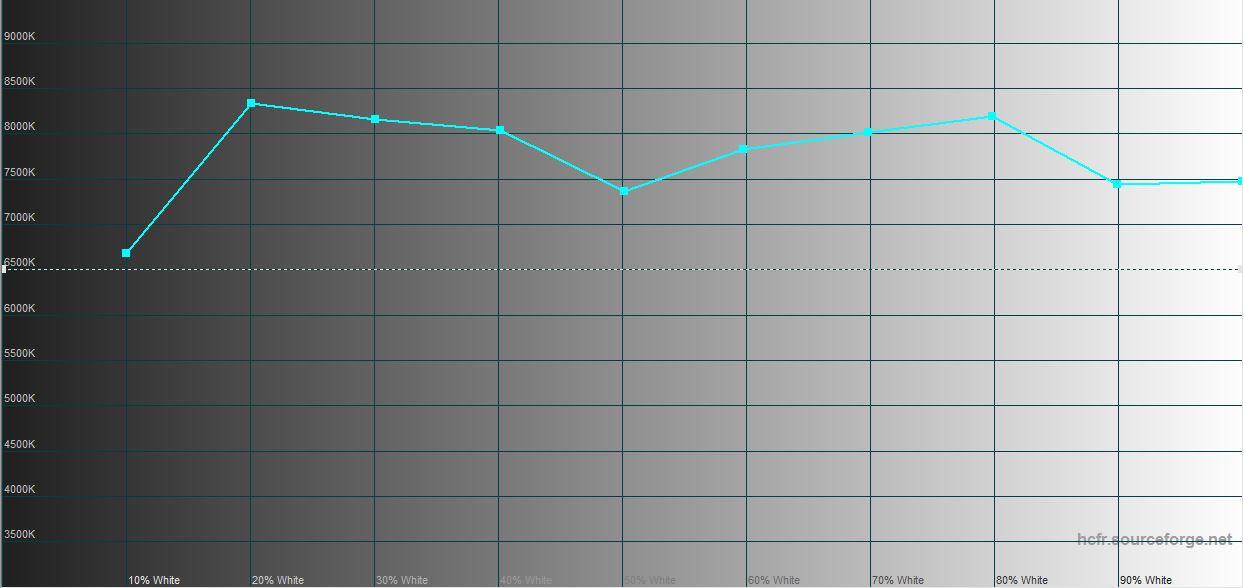
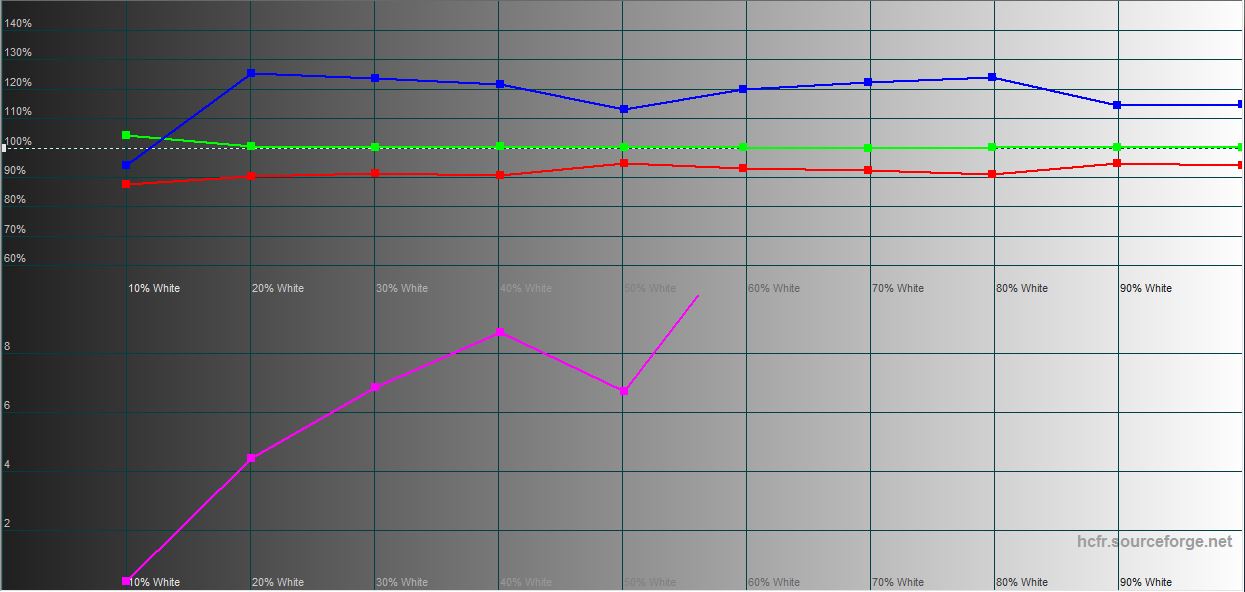







Comparison with other models:
| Device name | White field brightness, cd/m2 |
Black field brightness, cd/m2 |
Contrast |
|---|---|---|---|
| Xiaomi 14 | 481.764 | 0 | ∞ |
| realme 12 Pro+ 5G | 447.879 | 0 | ∞ |
| Samsung Galaxy S24 Ultra | 721.58 | 0 | ∞ |
| Samsung Galaxy Z Fold3 | 479.32 | 0 | ∞ |
| Xiaomi 11T Pro | 493.872 | 0 | ∞ |
| ASUS ROG Phone 5 | 482.347 | 0 | ∞ |
| Samsung Galaxy S21+ | 437.906 | 0 | ∞ |
| Sony Xperia 1 | 394.97 | 0 | ∞ |
What are the ways to unlock Xiaomi 14?
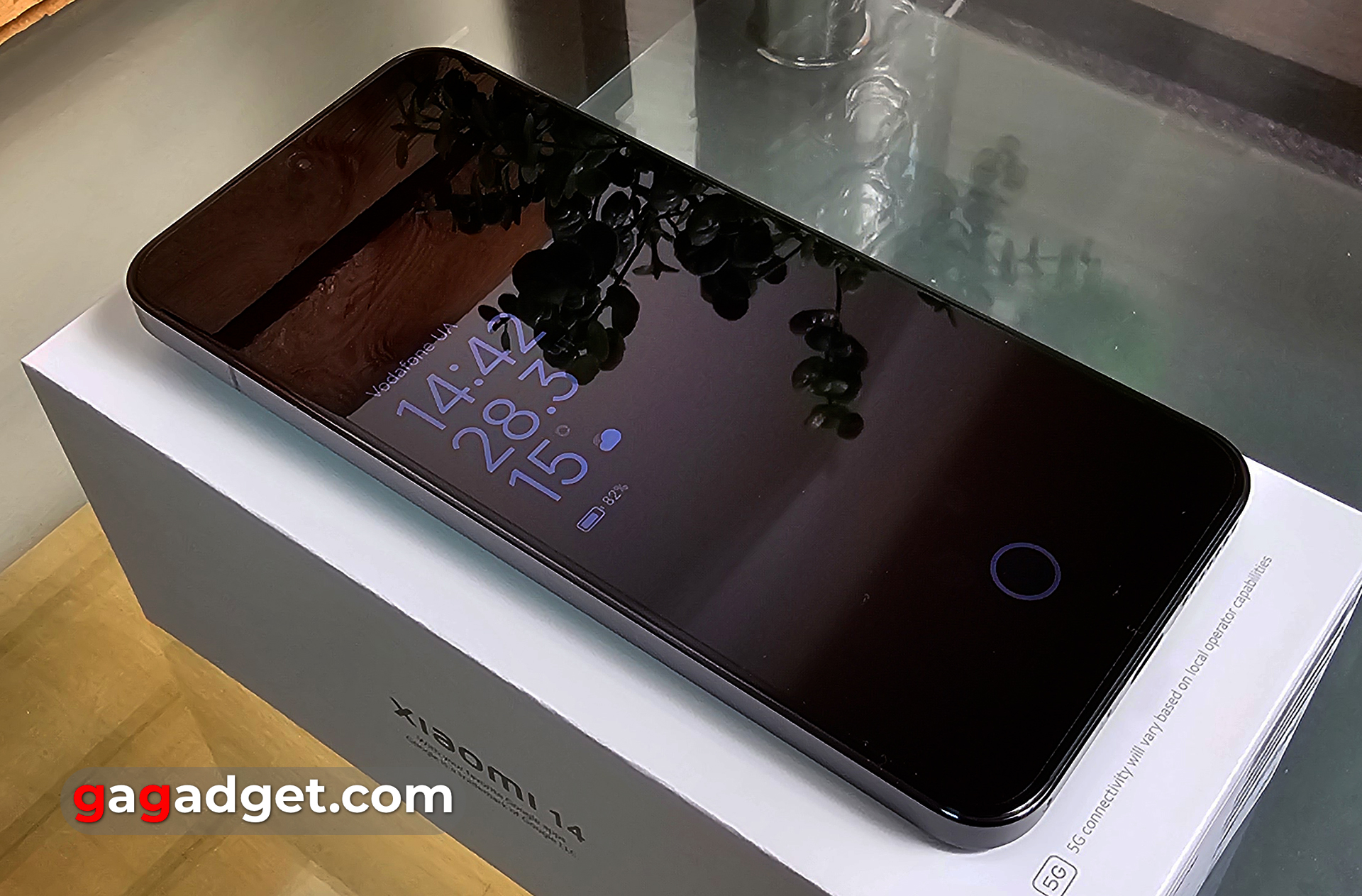
To identify the owner, Xiaomi 14 has a standard set of tools: an in-screen fingerprint scanner and face recognition with the front camera. The fingerprint scanner is optical. It works perfectly: extremely fast and accurate. It is one of the fastest in-screen scanners we have ever tested in the editorial office of gg. In terms of speed, it is roughly on par with the ultrasonic scanner in Samsung Galaxy S24 Ultra and is generally not inferior to classic capacitive scanners. The only thing I didn't like was its position. It was placed very low. Face recognition is quite standard, so you can expect fast operation in good light. There are no options to increase the brightness of the display or not to recognise faces with the eyes closed.
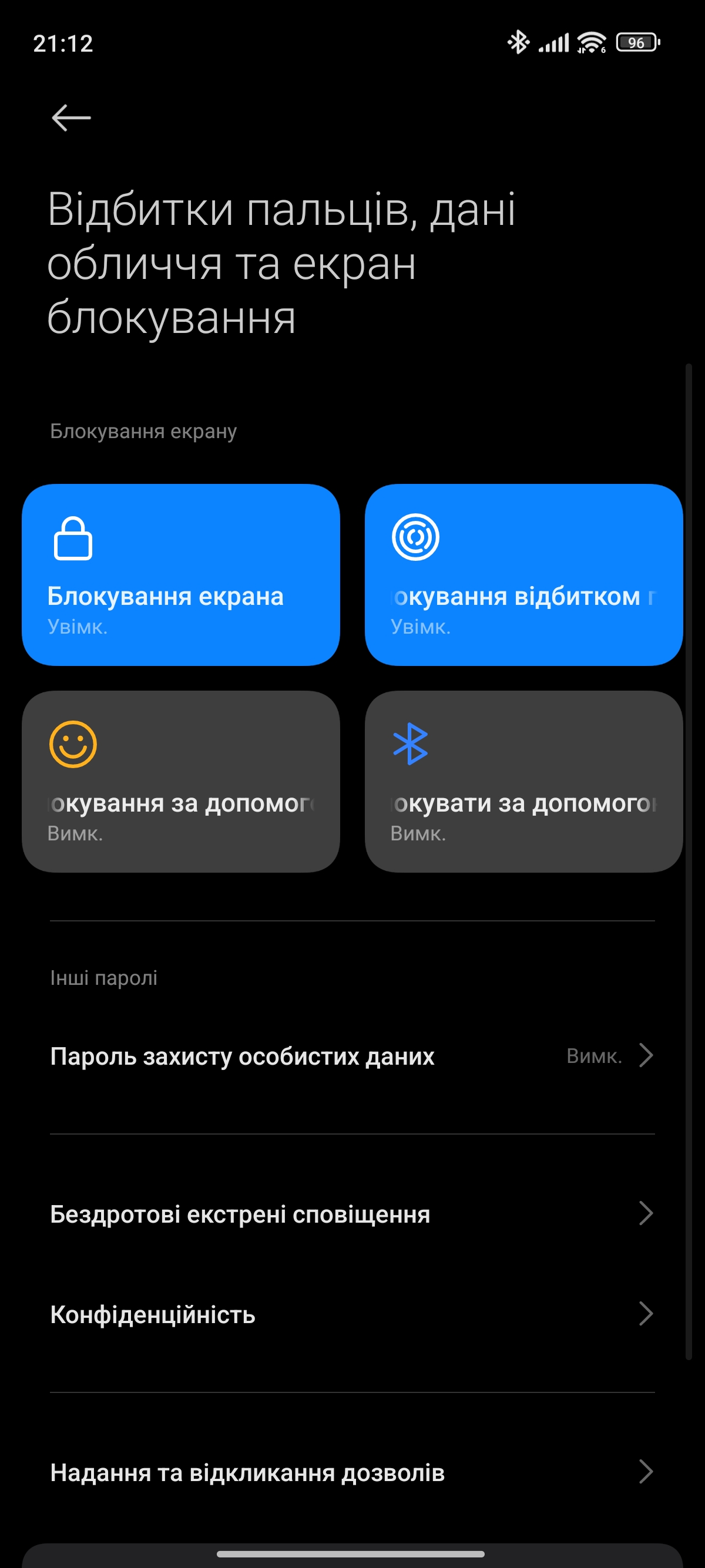




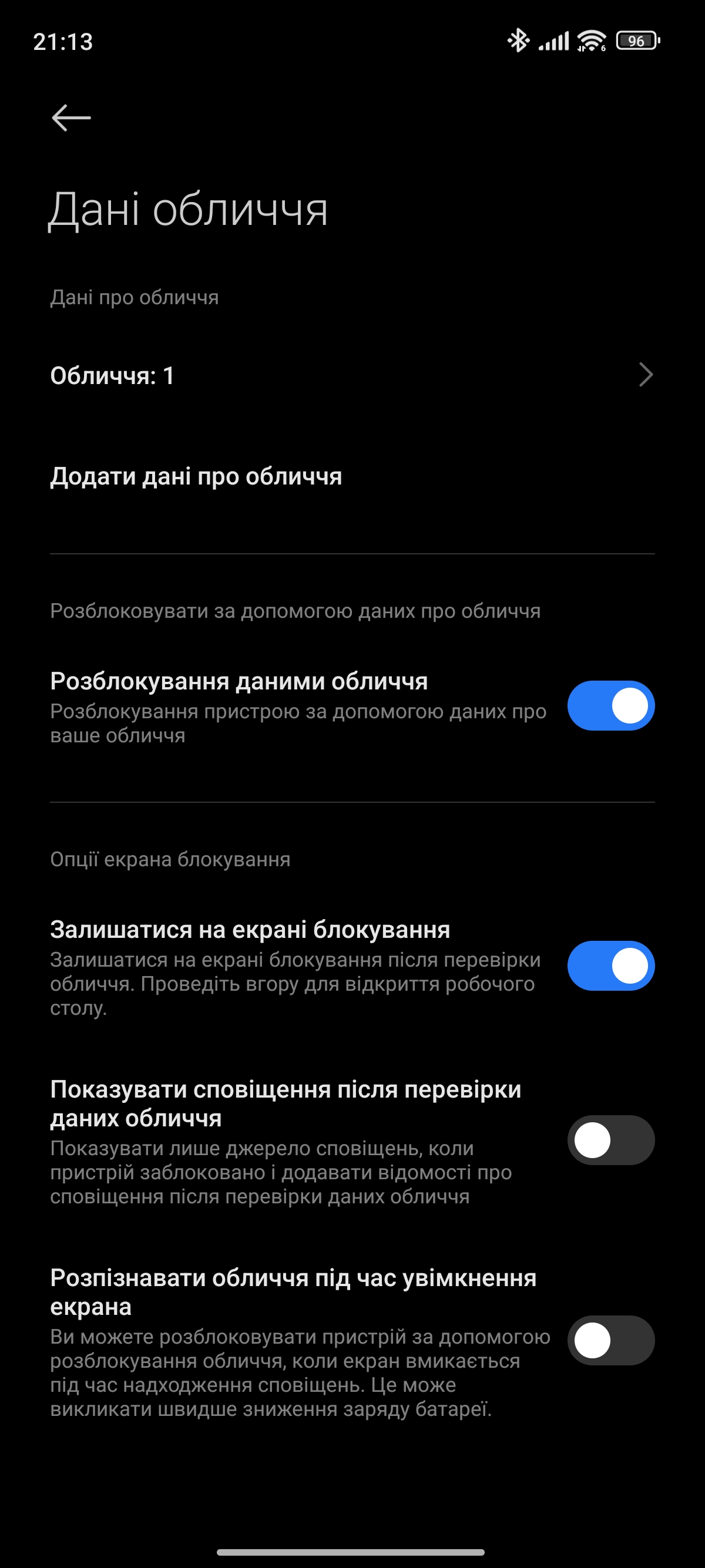






What about the performance, memory, sound and battery life of Xiaomi 14?
The performance of Xiaomi 14 is powered by the top-end processor Qualcomm Snapdragon 8 Gen 3, which is one of the most powerful mobile processors today. It is manufactured using a 4-nanometre process and has a configuration of 1+3+3+2cores. To be more precise, there is a powerful ARM Cortex-X4 core with a frequency of up to 3.3 GHz, three Cortex-A720 cores of 3.2 GHz, two Cortex-A720 cores of 3.0 GHz and two energy-efficient Cortex-A520 cores of 2.3 GHz. The graphics accelerator is Adreno 750 with a frequency of 1 GHz. It is complemented by 12 GB RAM LPDDR5X, internal storage - 512 GB, uses fast memory UFS 4.0. The smartphone is available in different configurations: with 8/12/16 GB of RAM and 256/512 GB or 1 TB of storage. There is a function to expand the RAM by 4/6/8 GB.
Xiaomi 14 Performance Tests
Given the top-end components, it is not surprising that the smartphone demonstrates extremely high results in synthetic tests. This is one of the most productive smartphones available. So for the next few years, a potential owner will not have to worry that the smartphone will not run any new games or start working slowly.

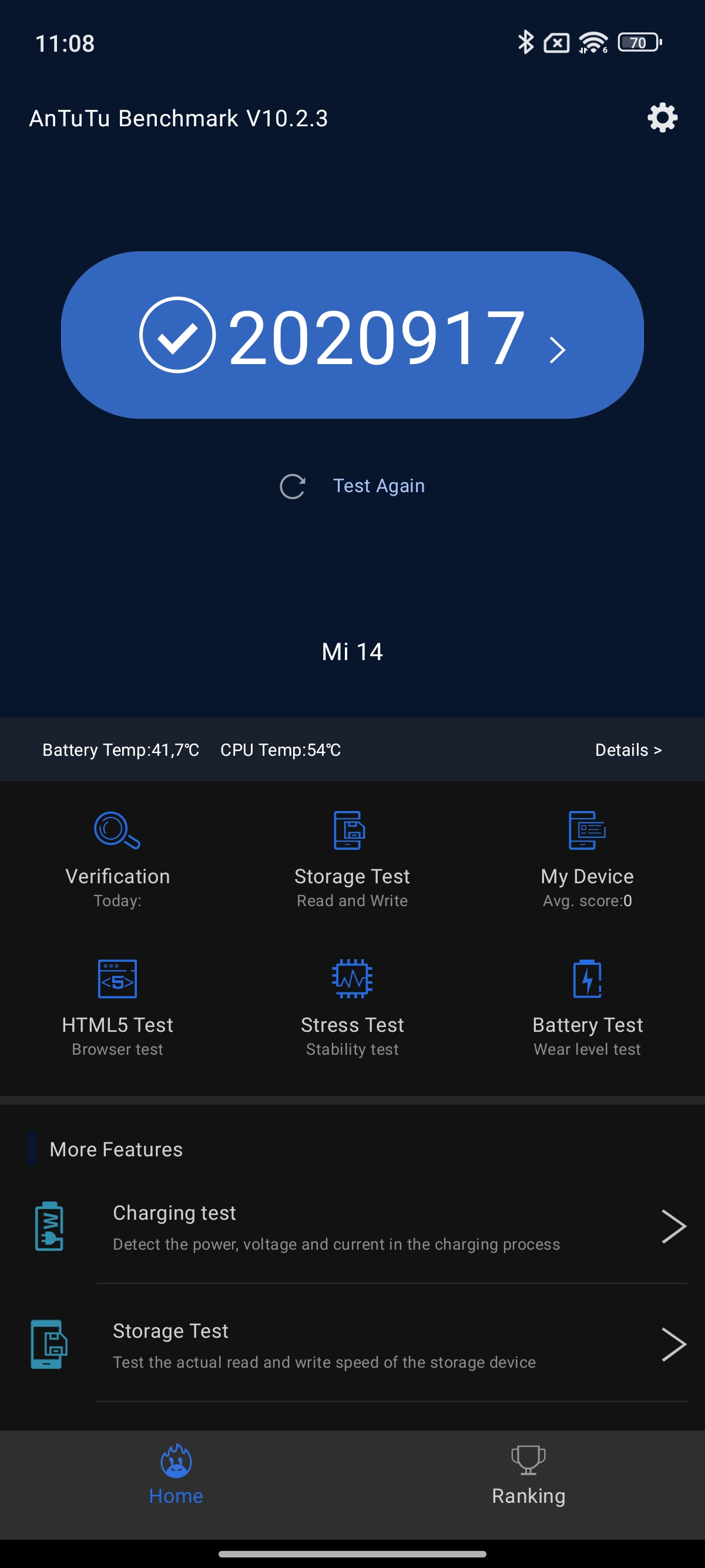


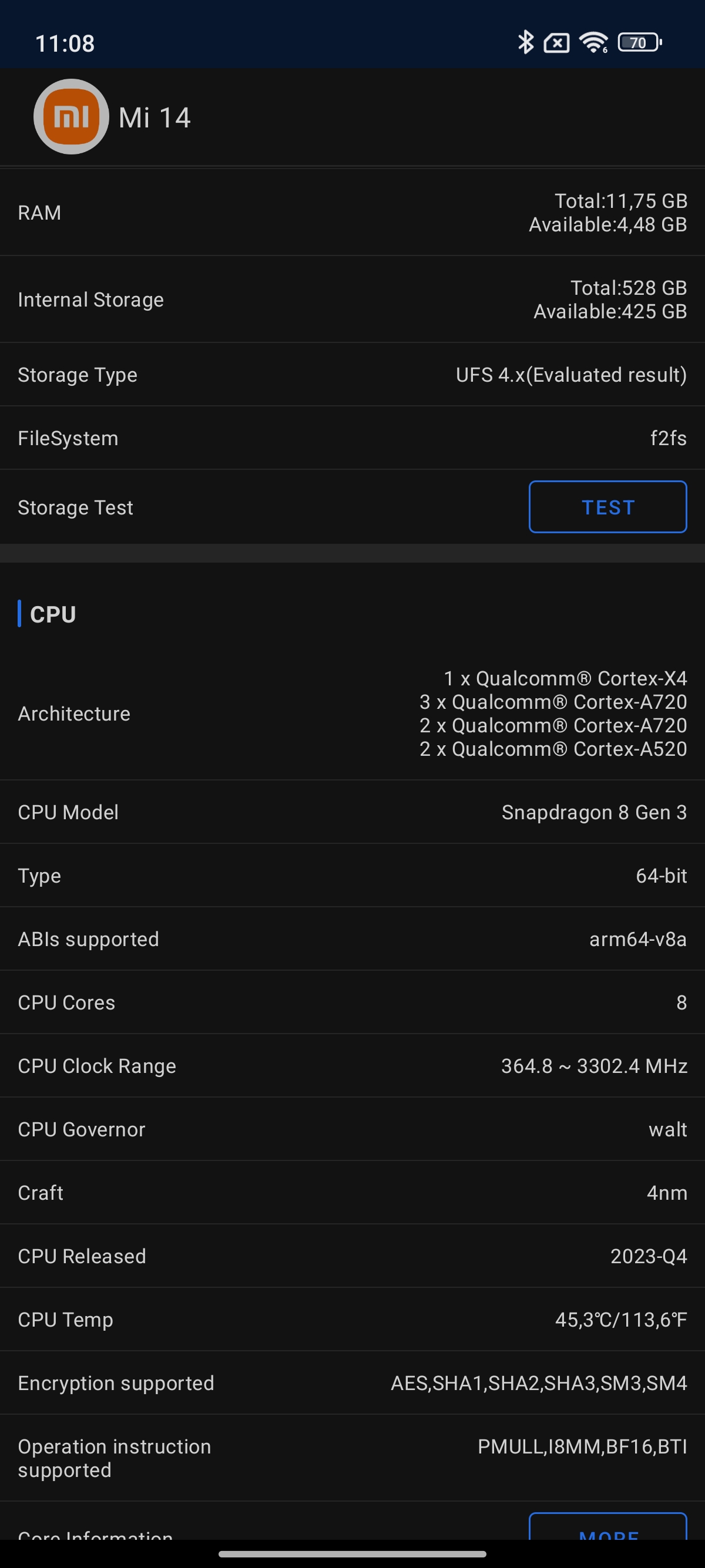

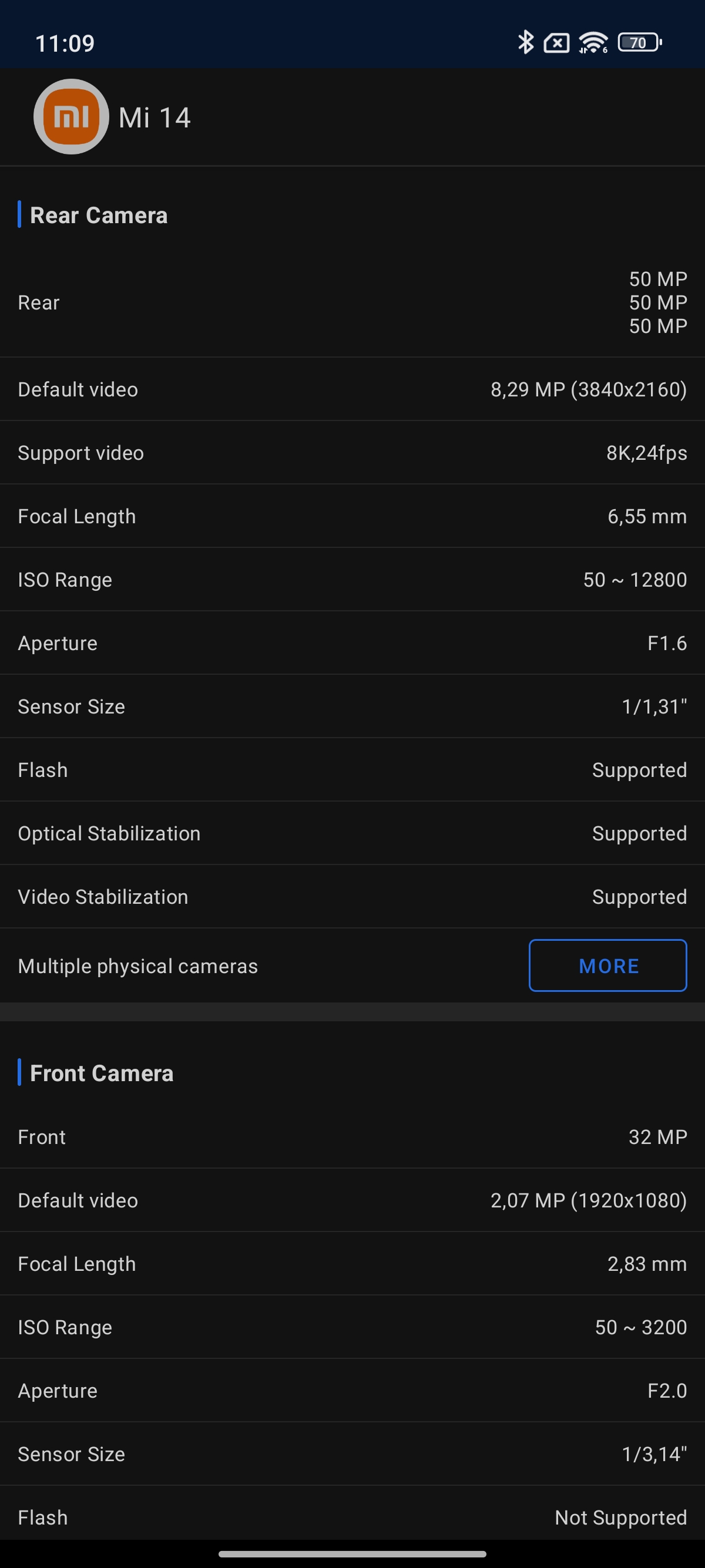

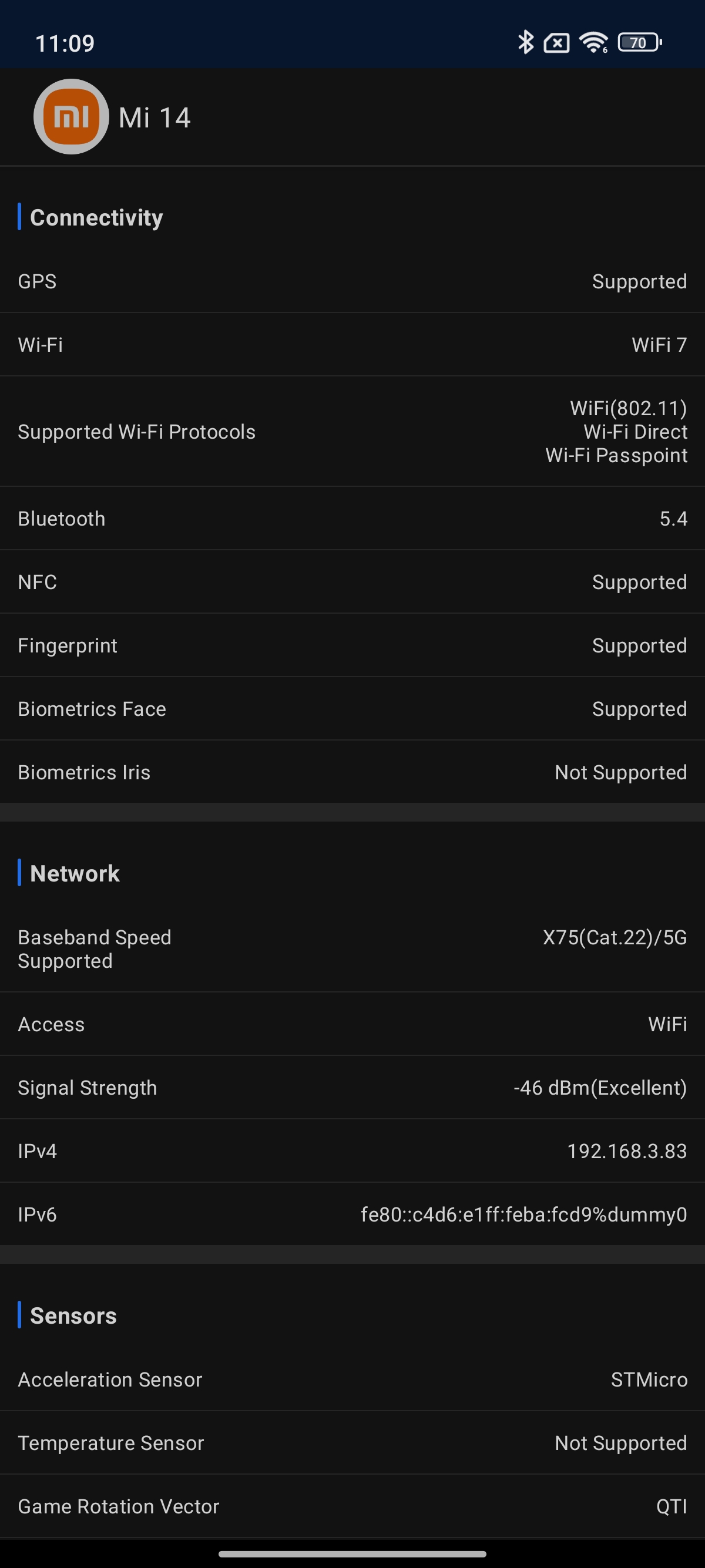

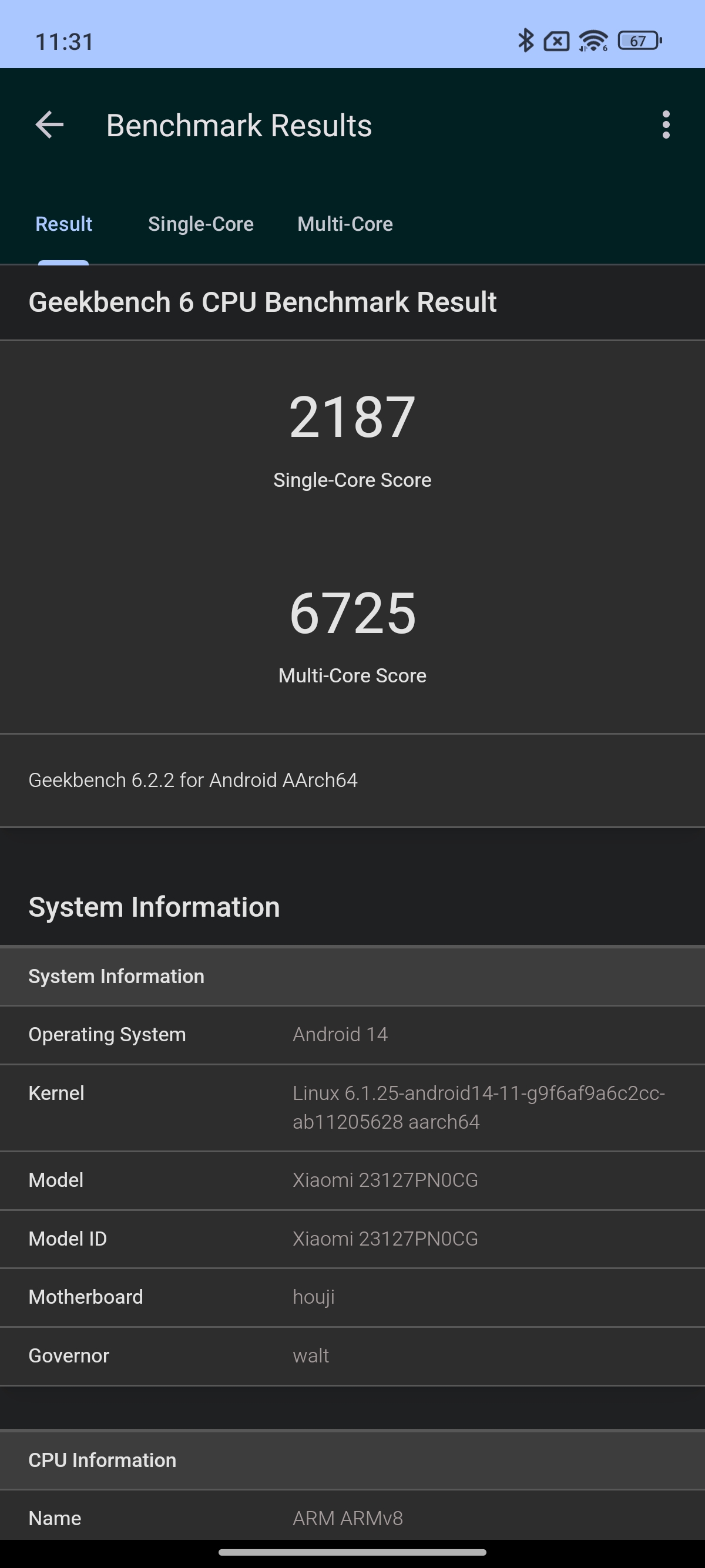

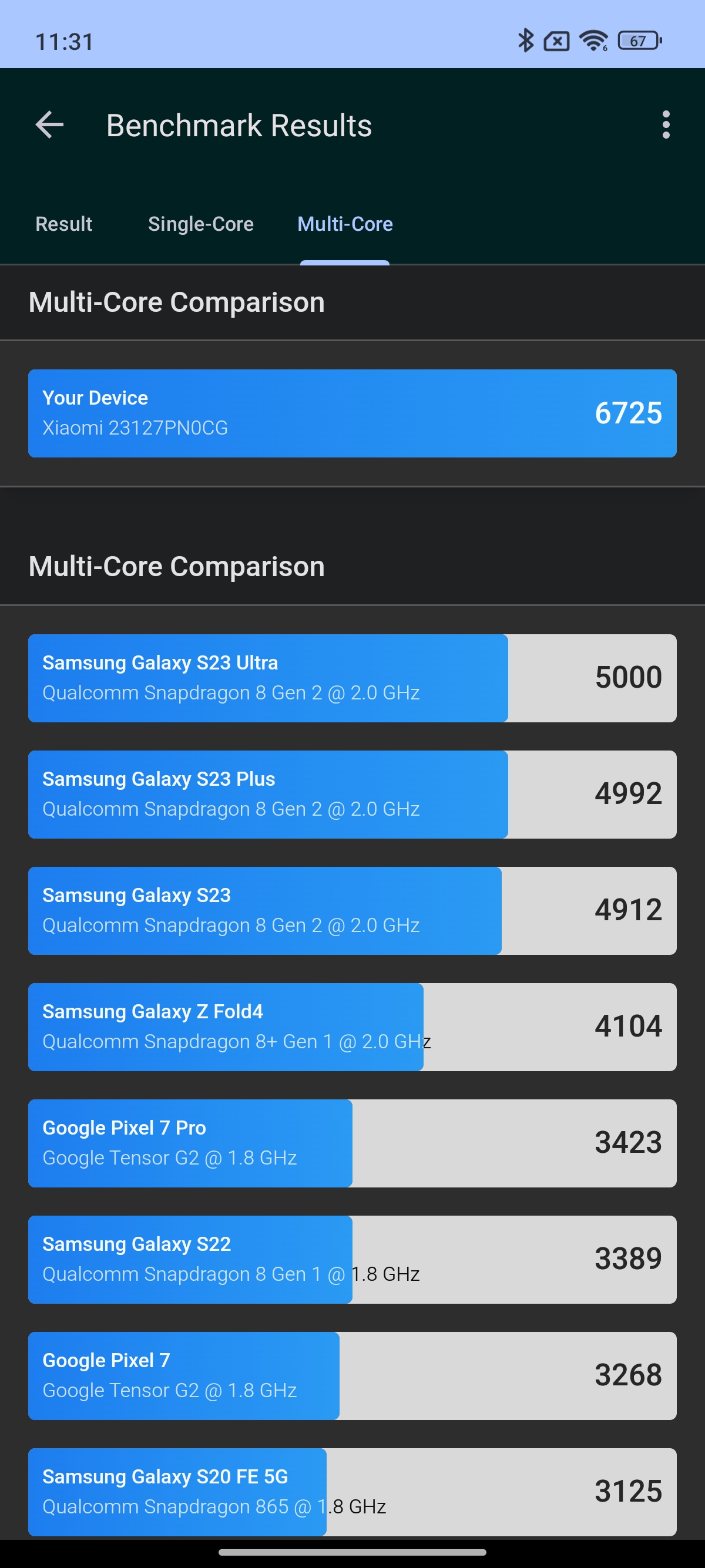
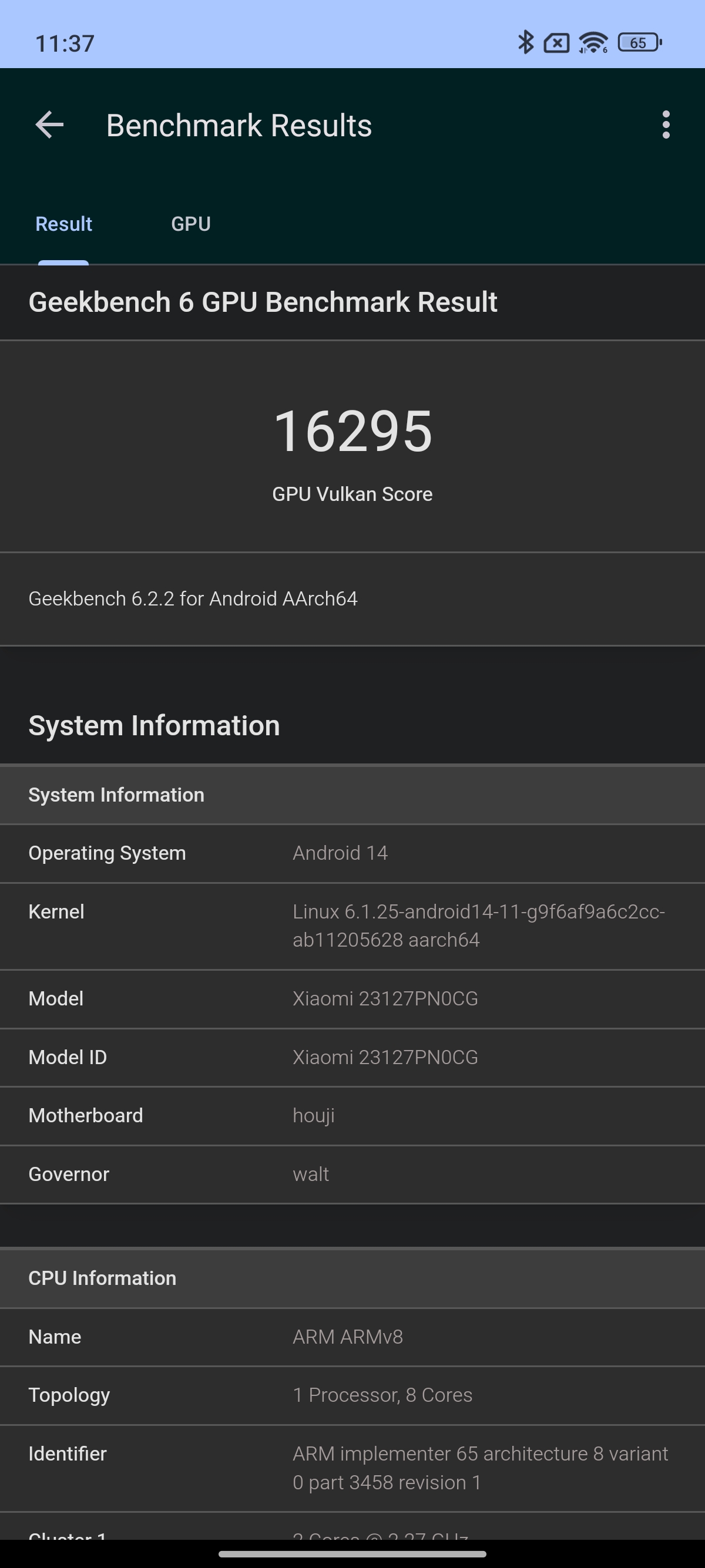
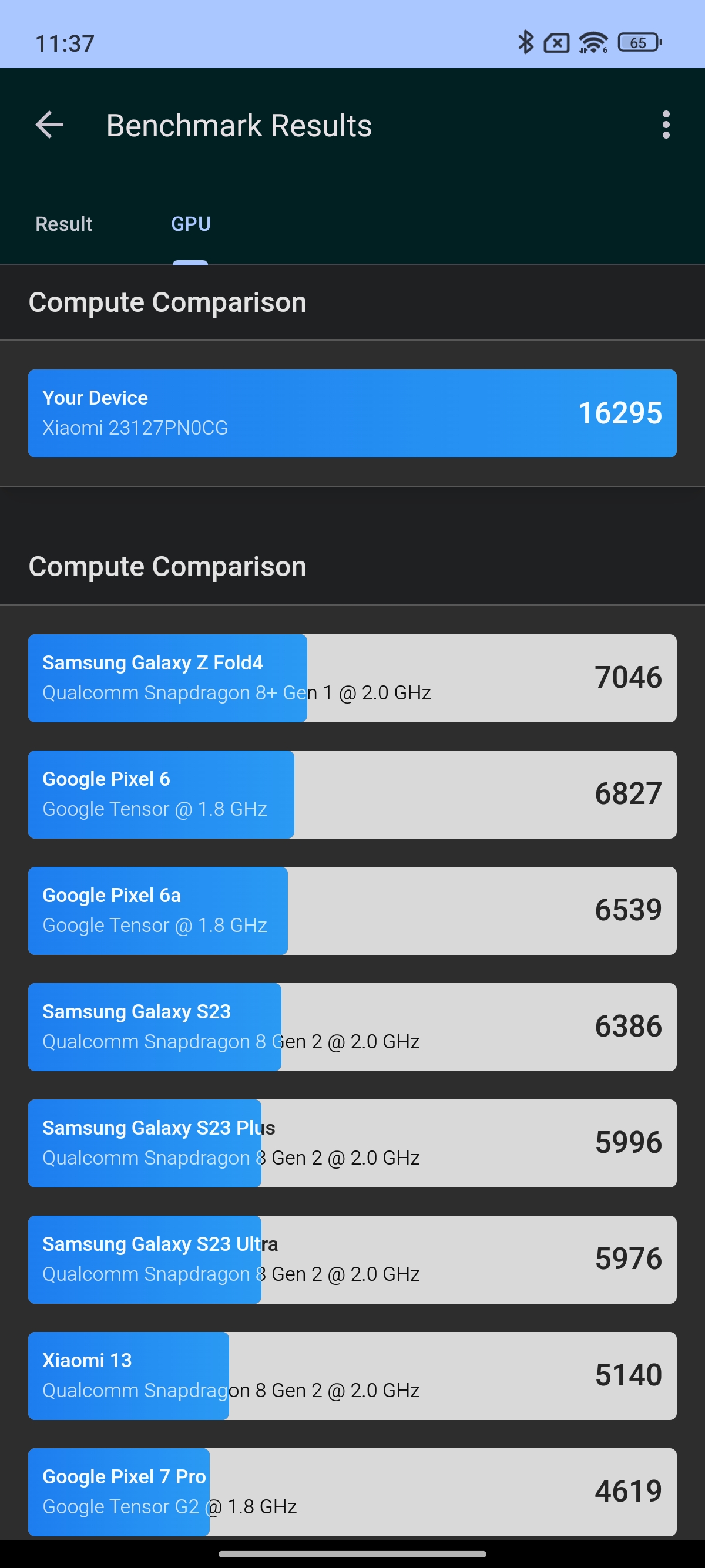

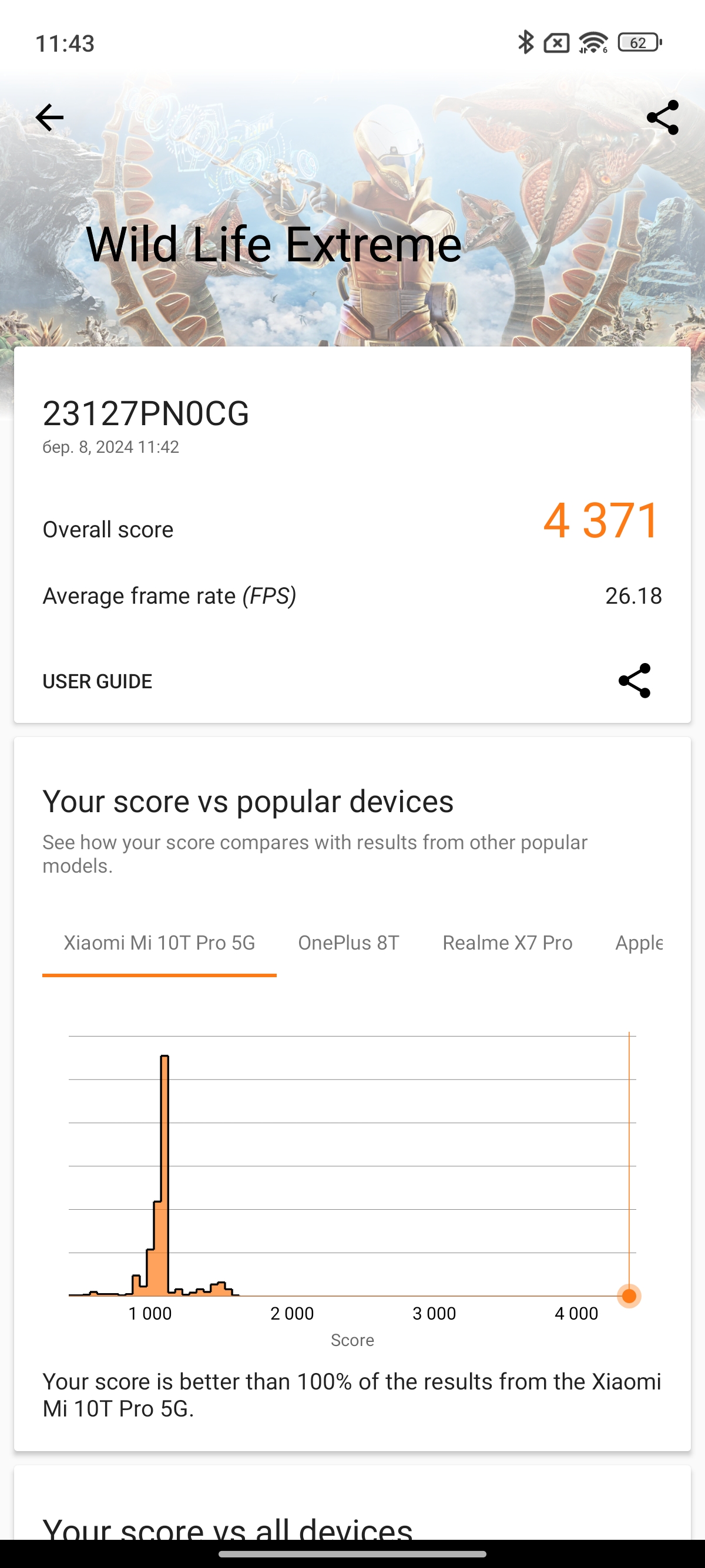



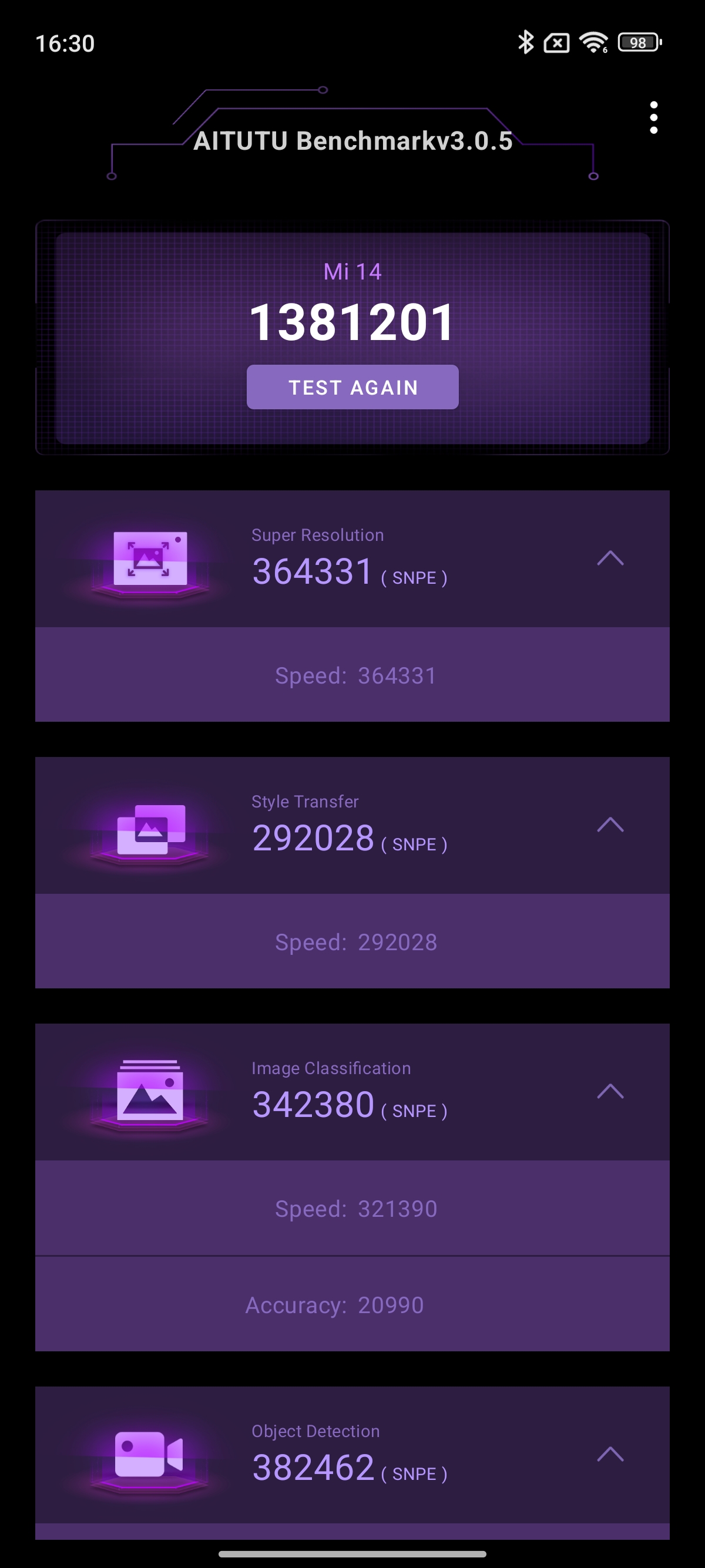
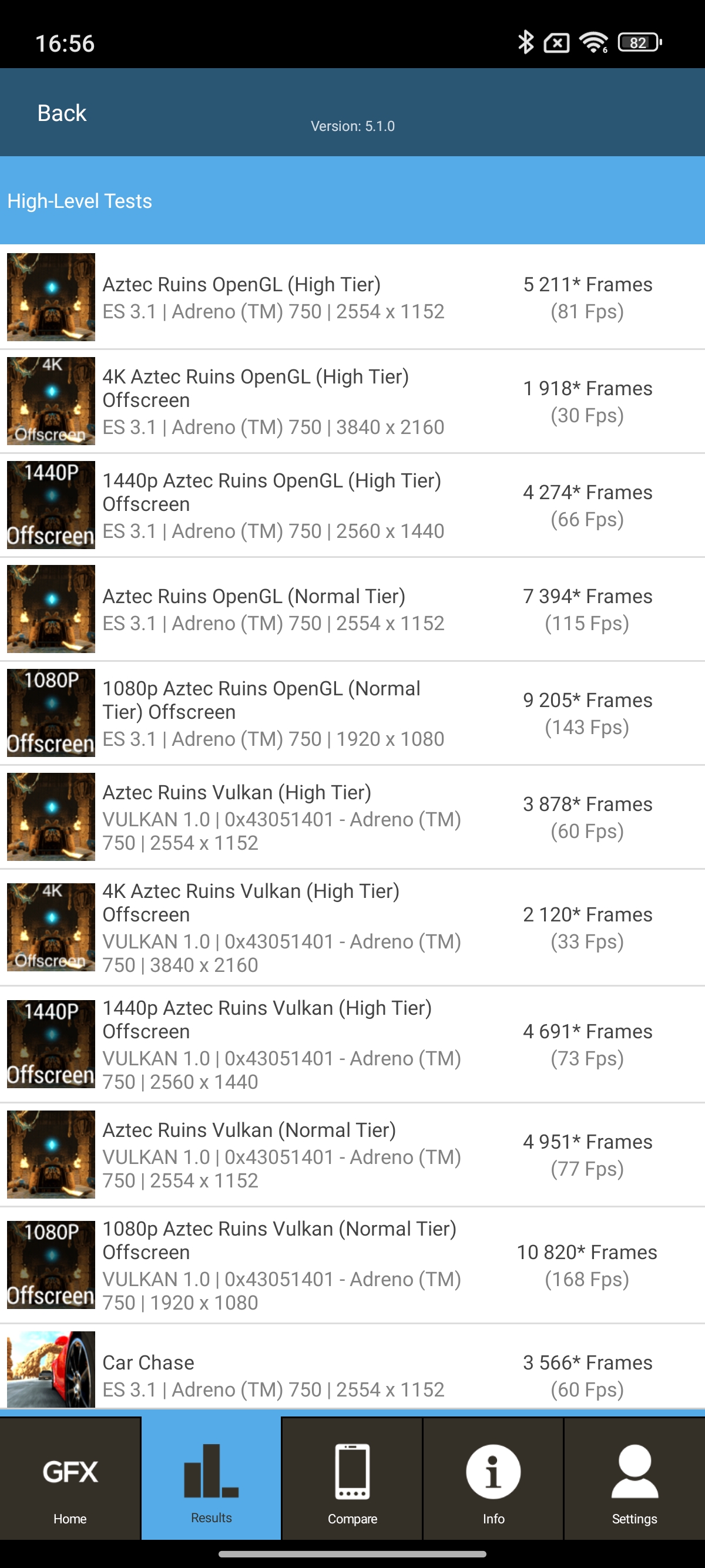





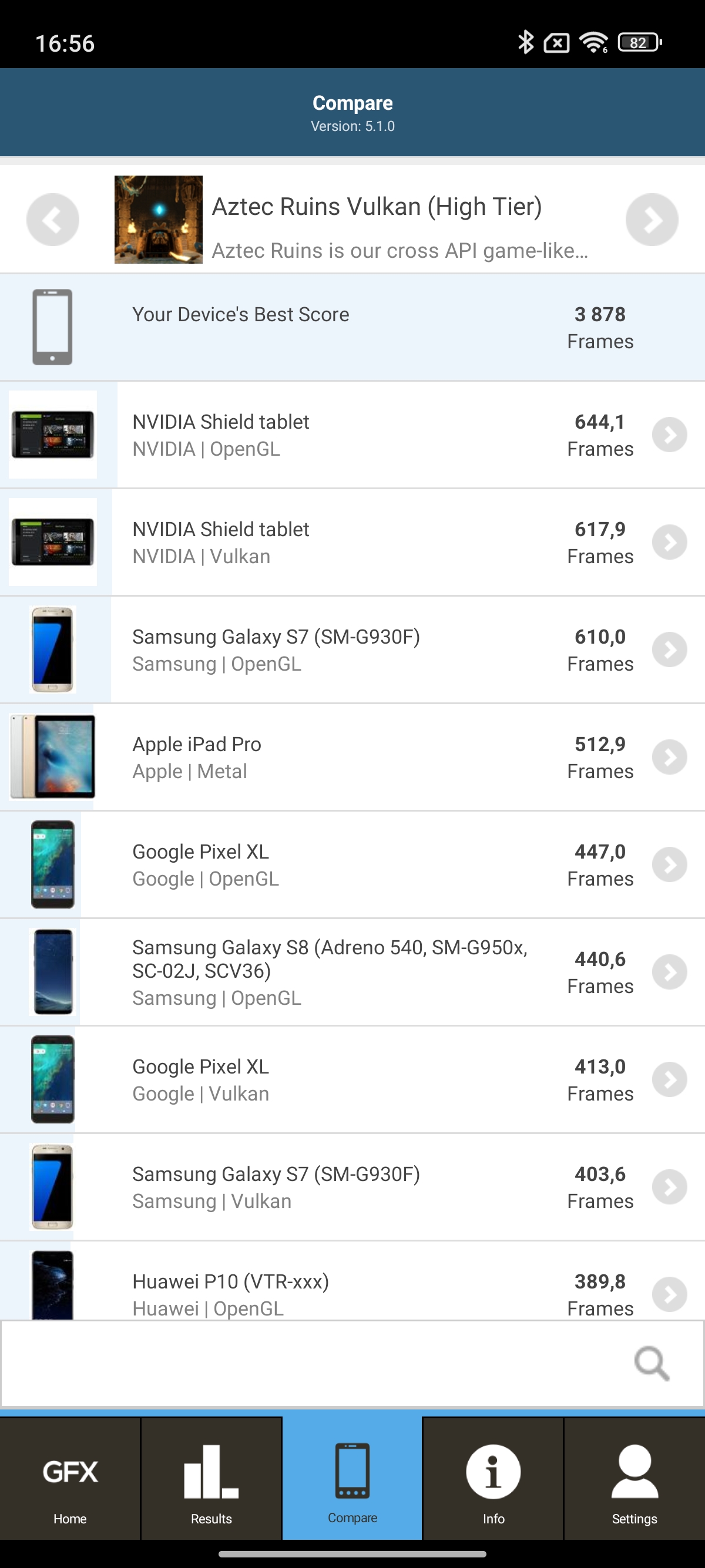

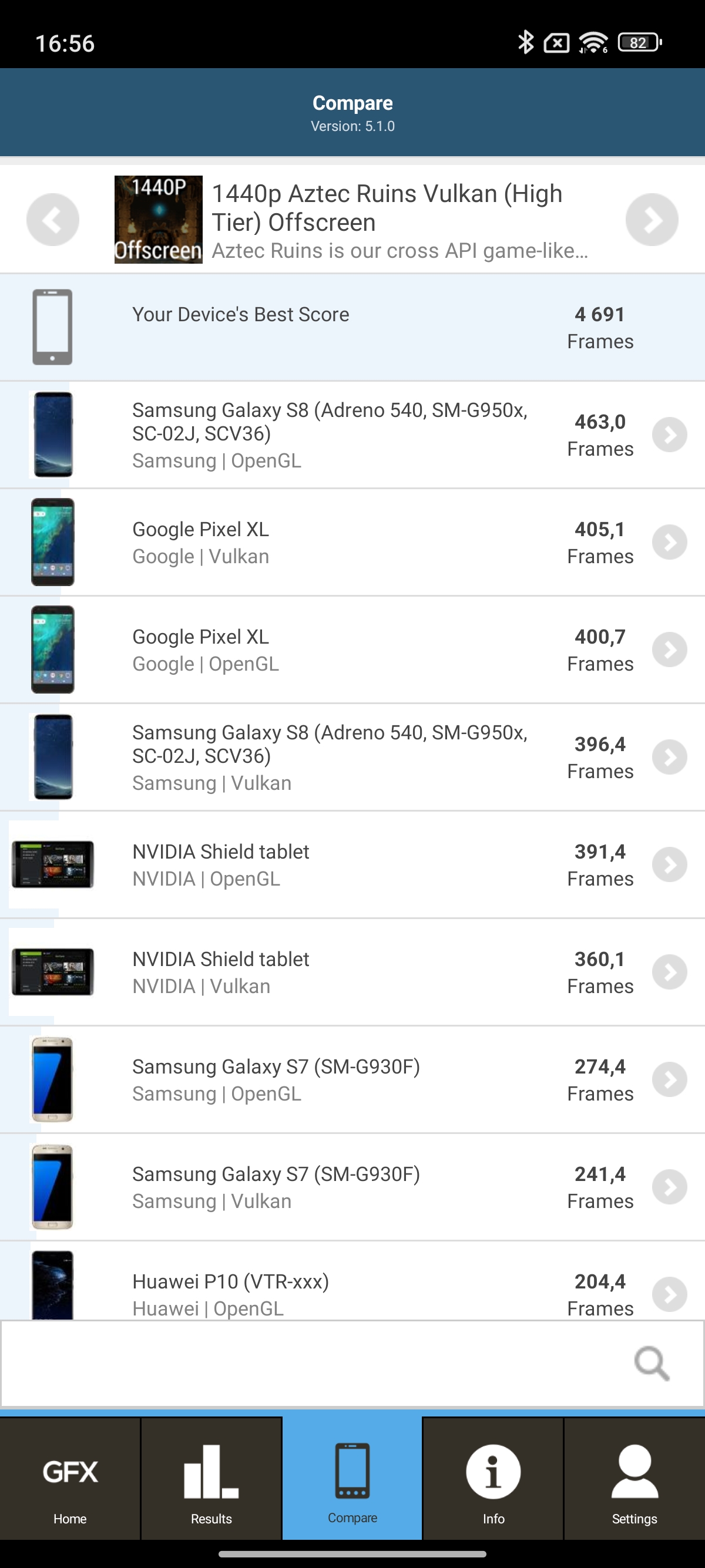

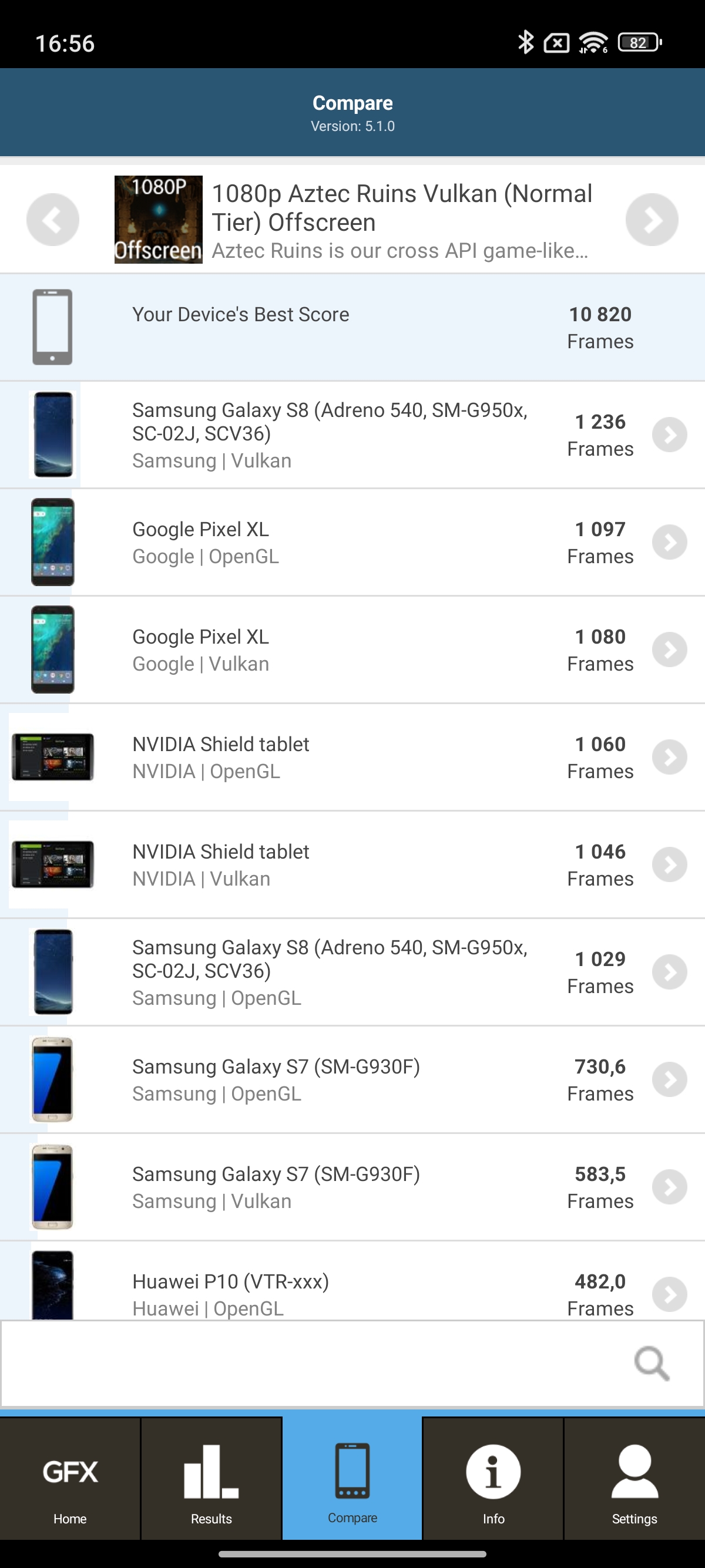
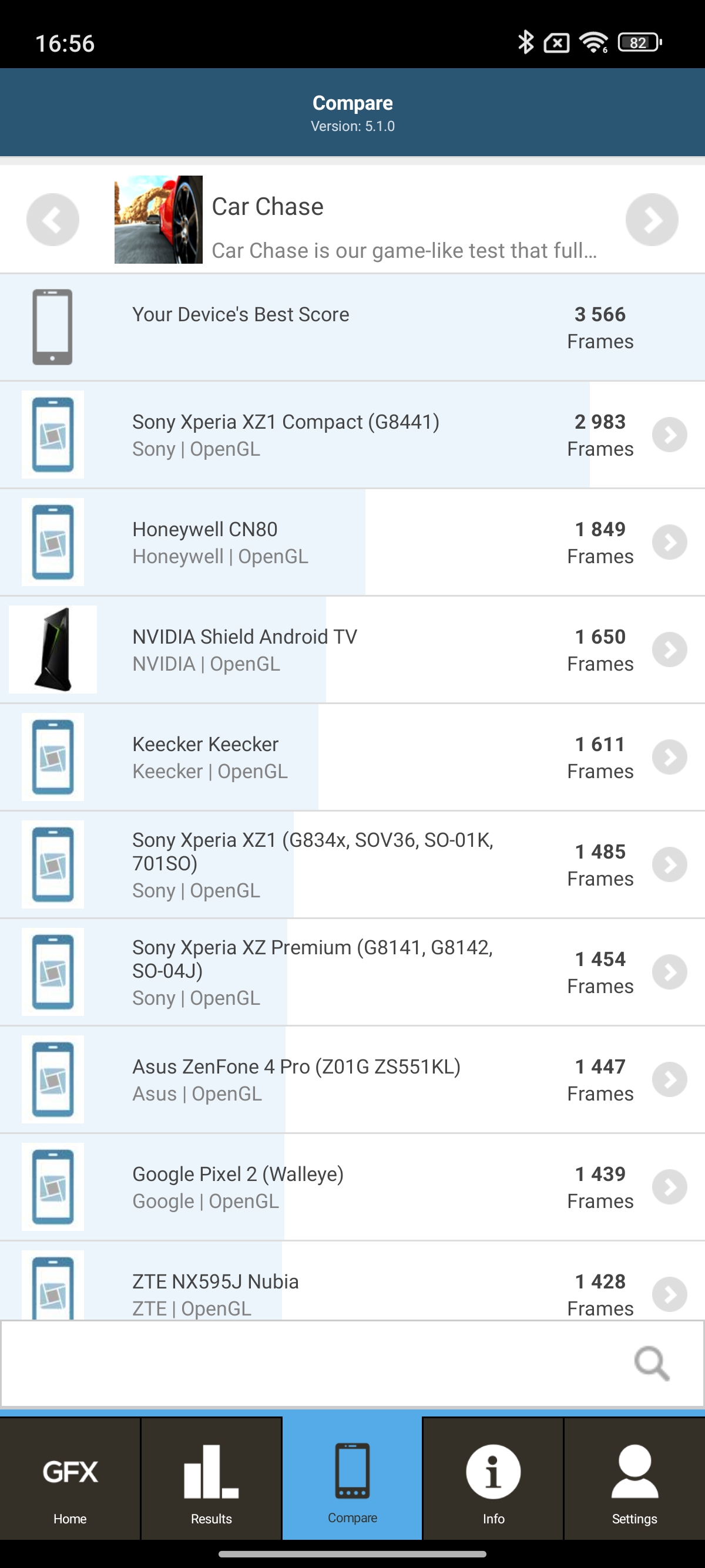
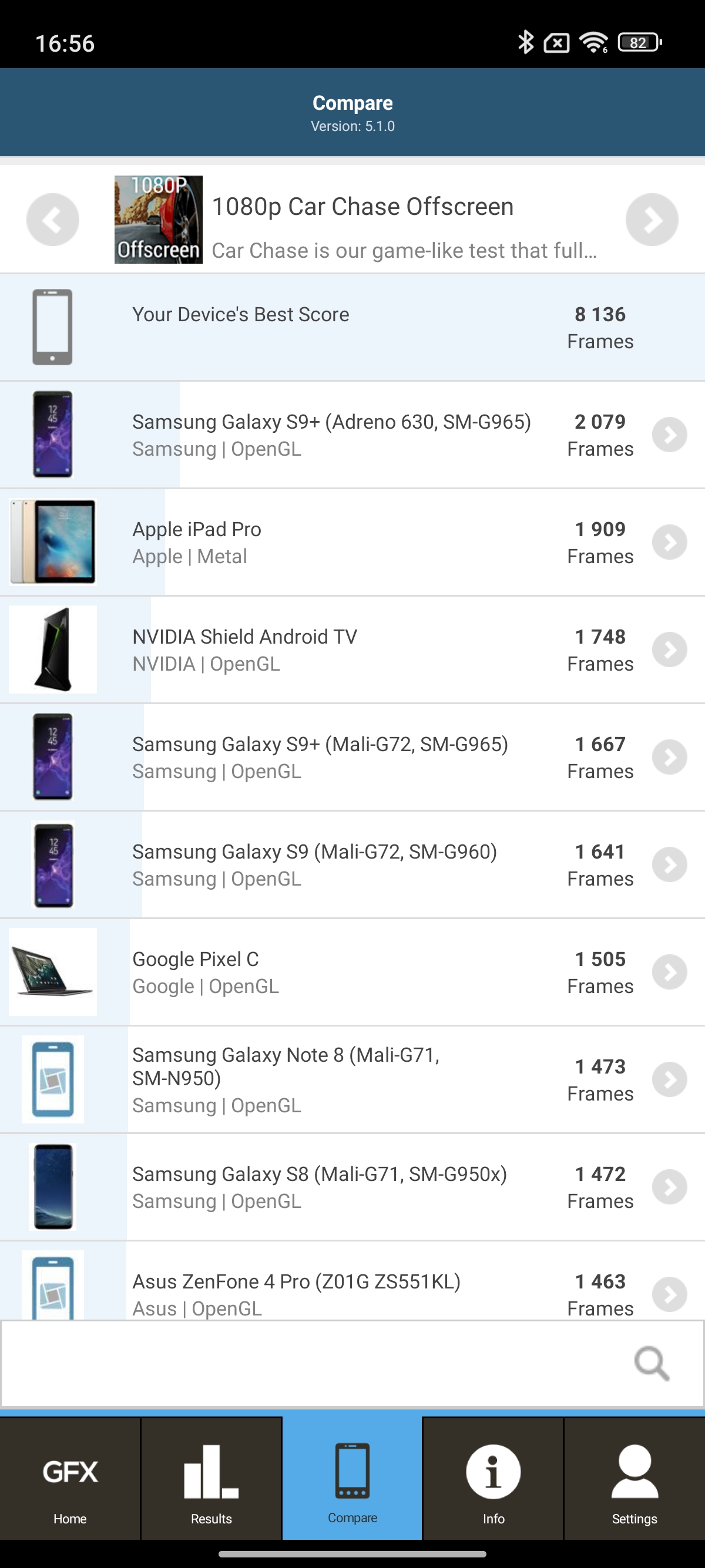




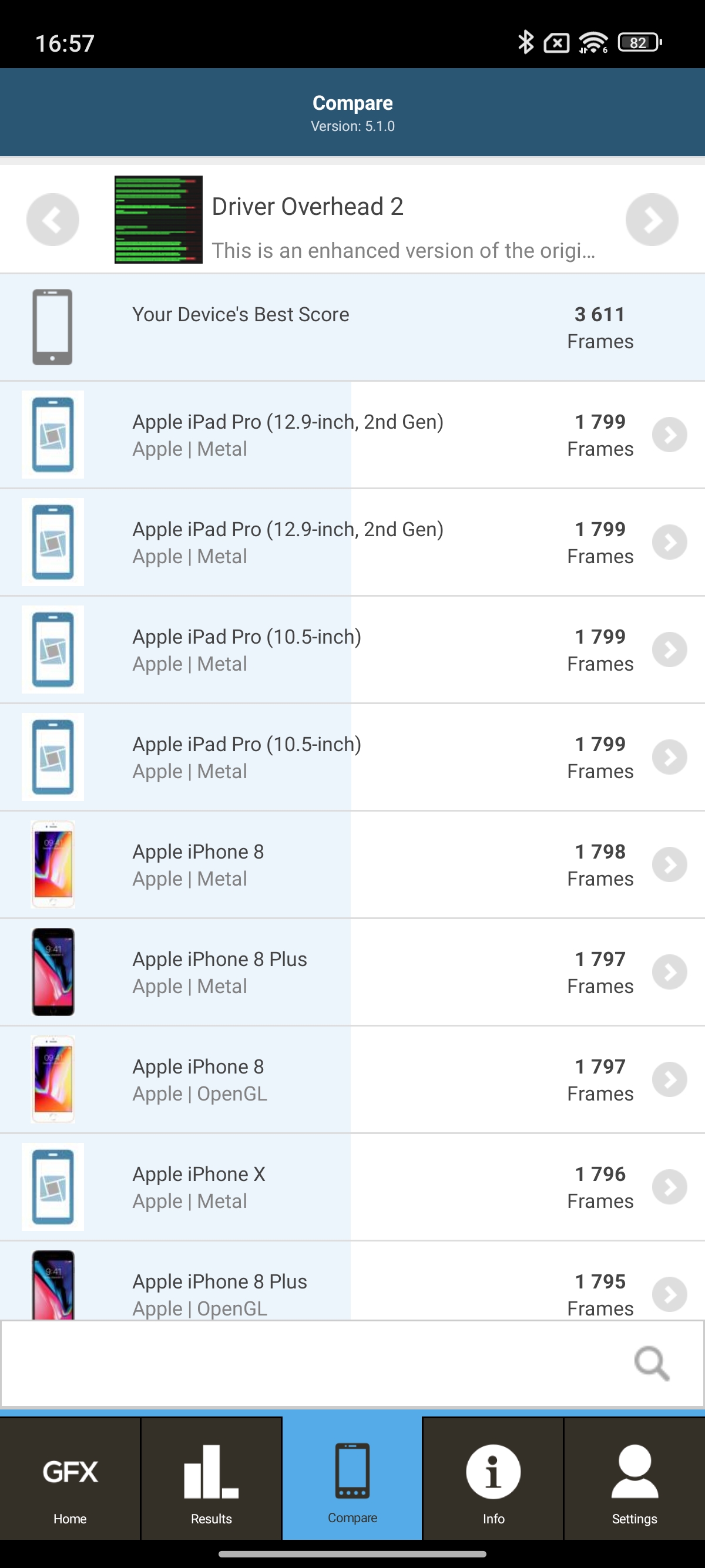
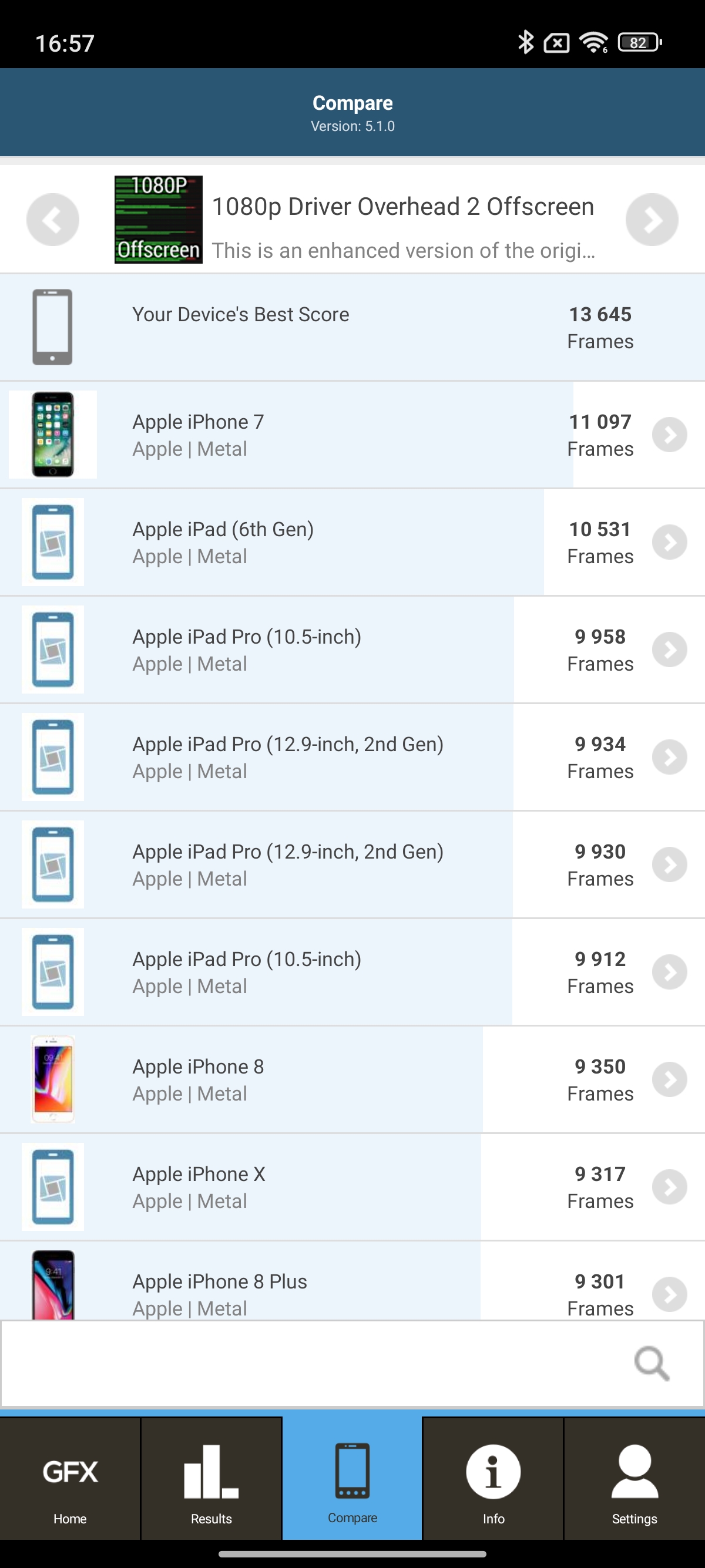
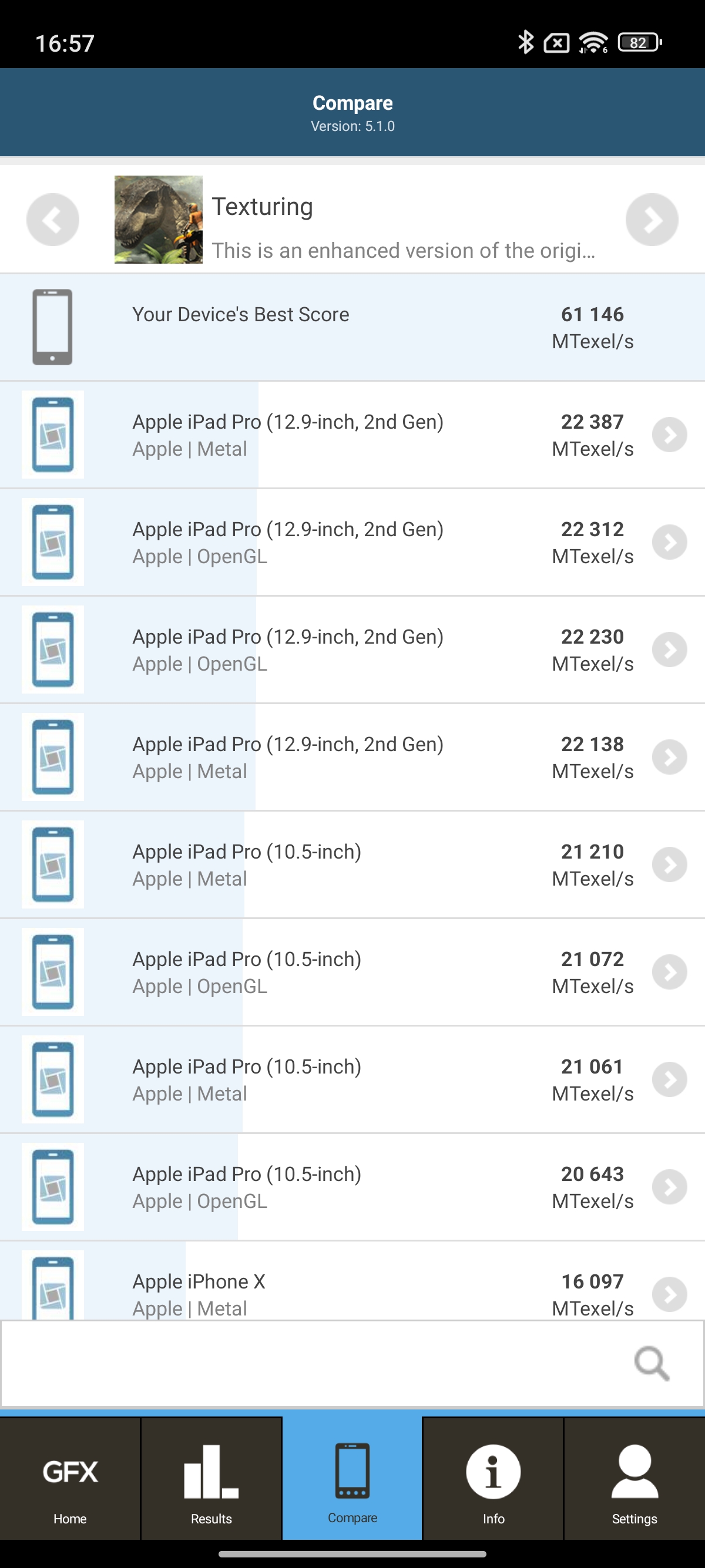
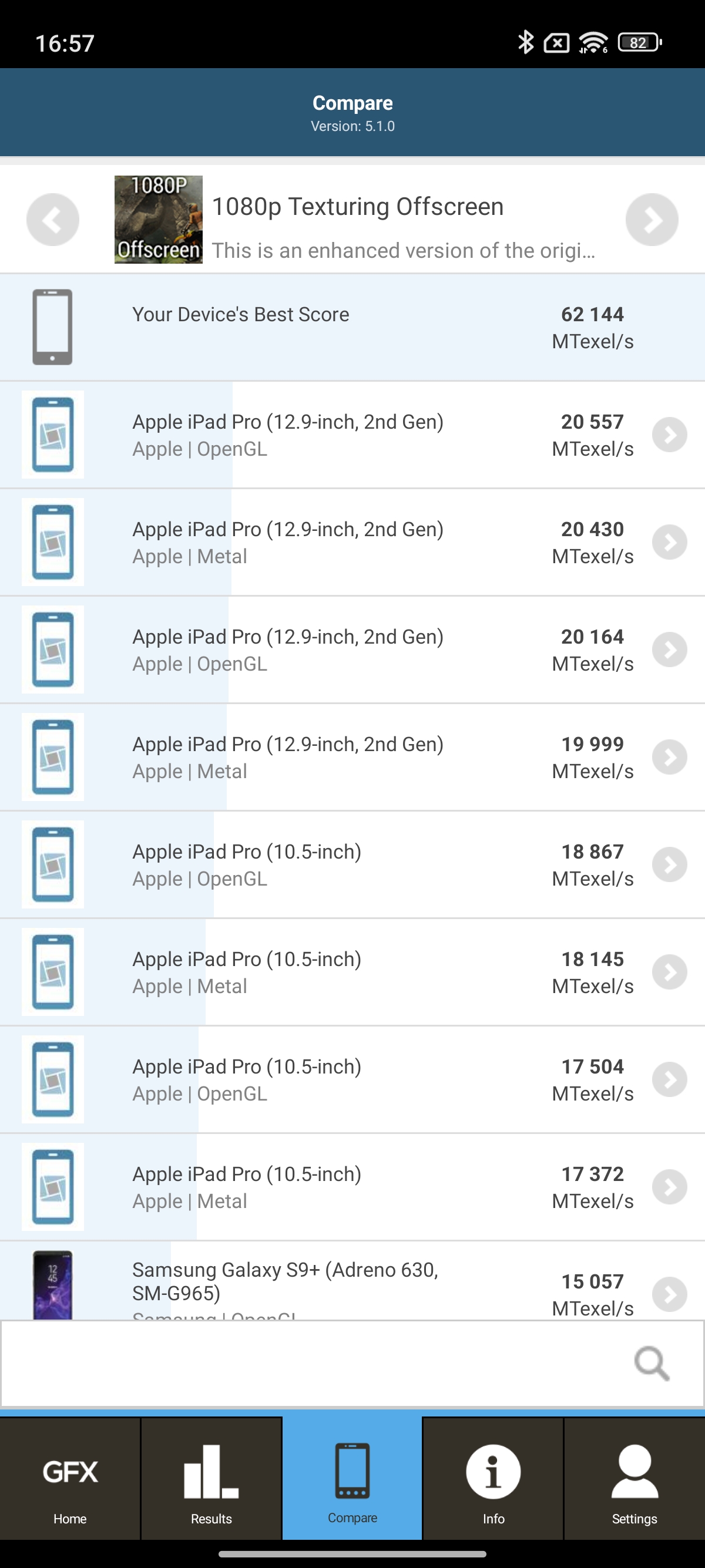



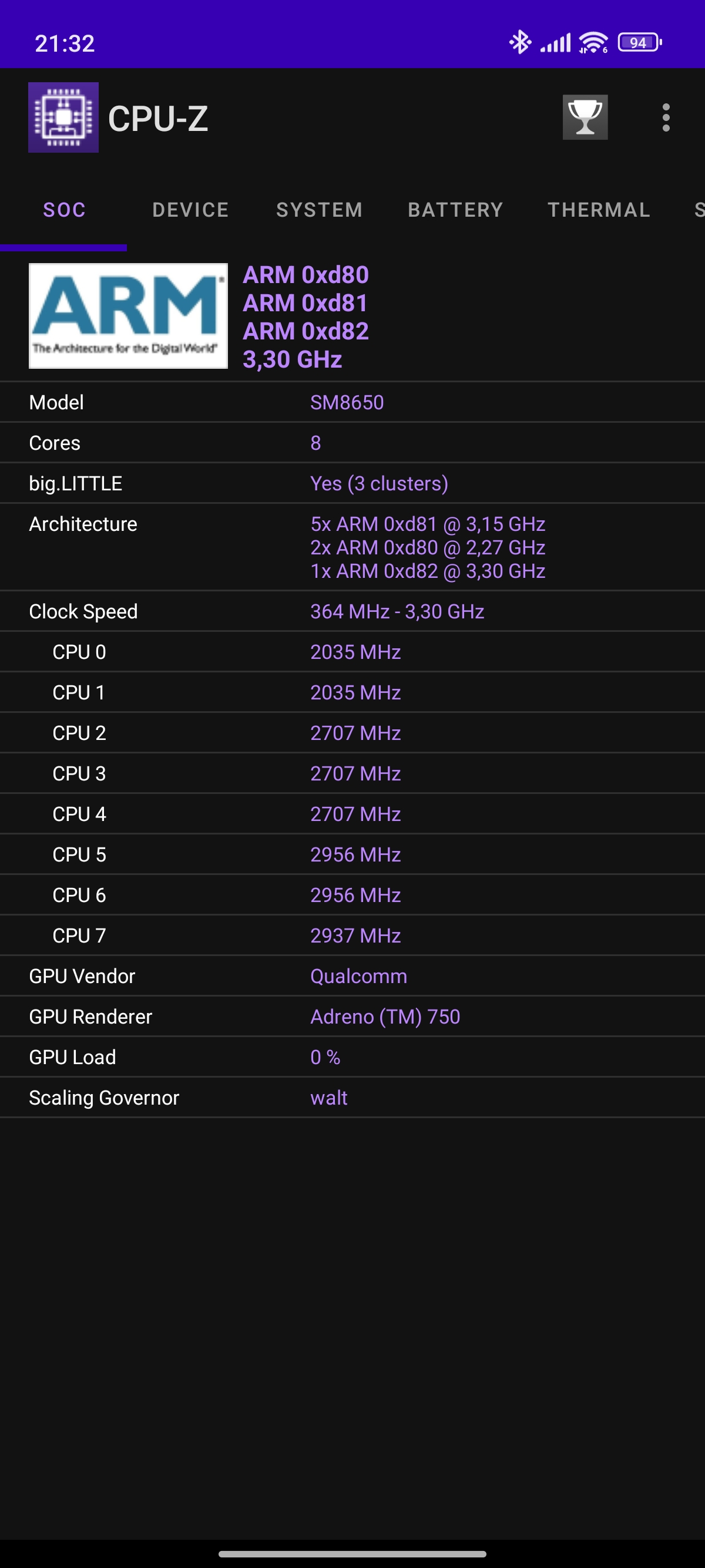
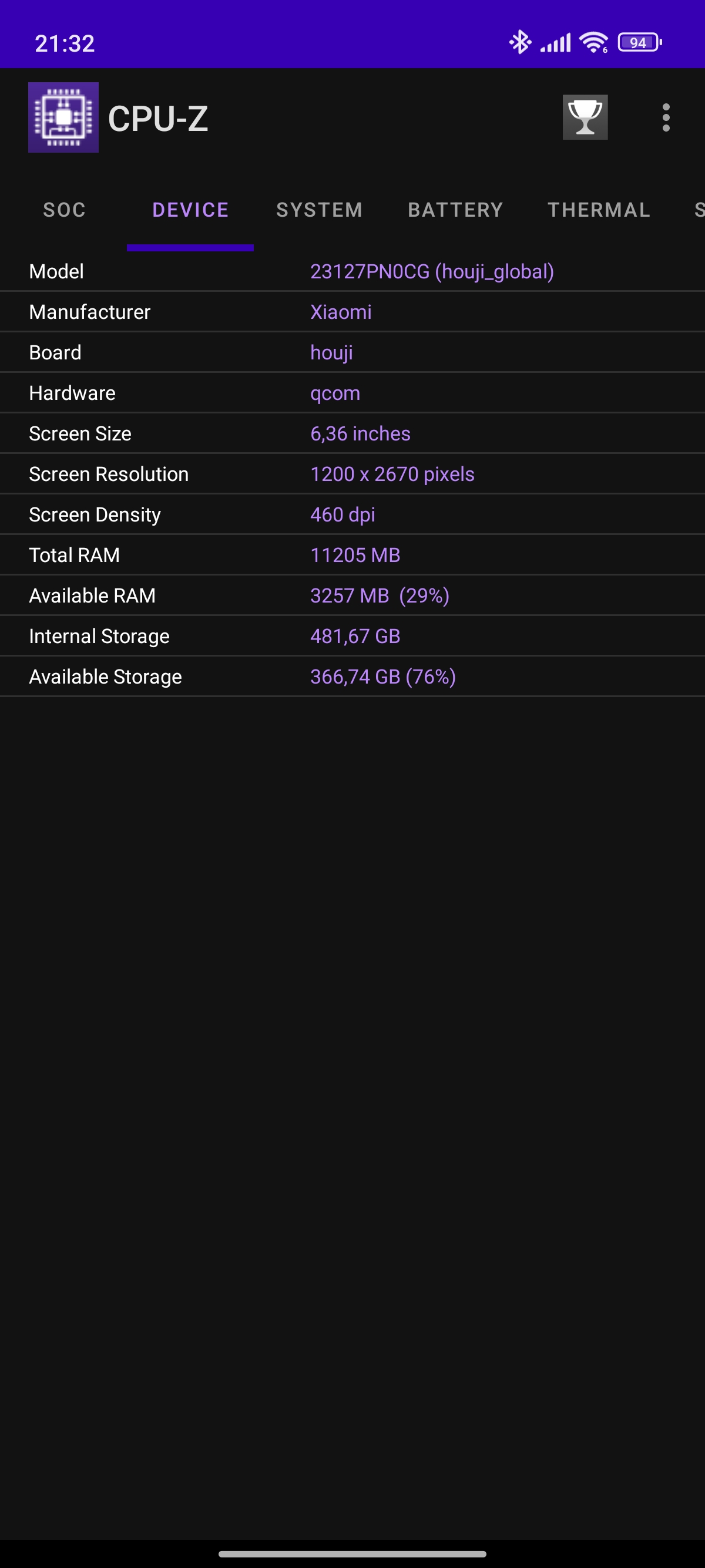


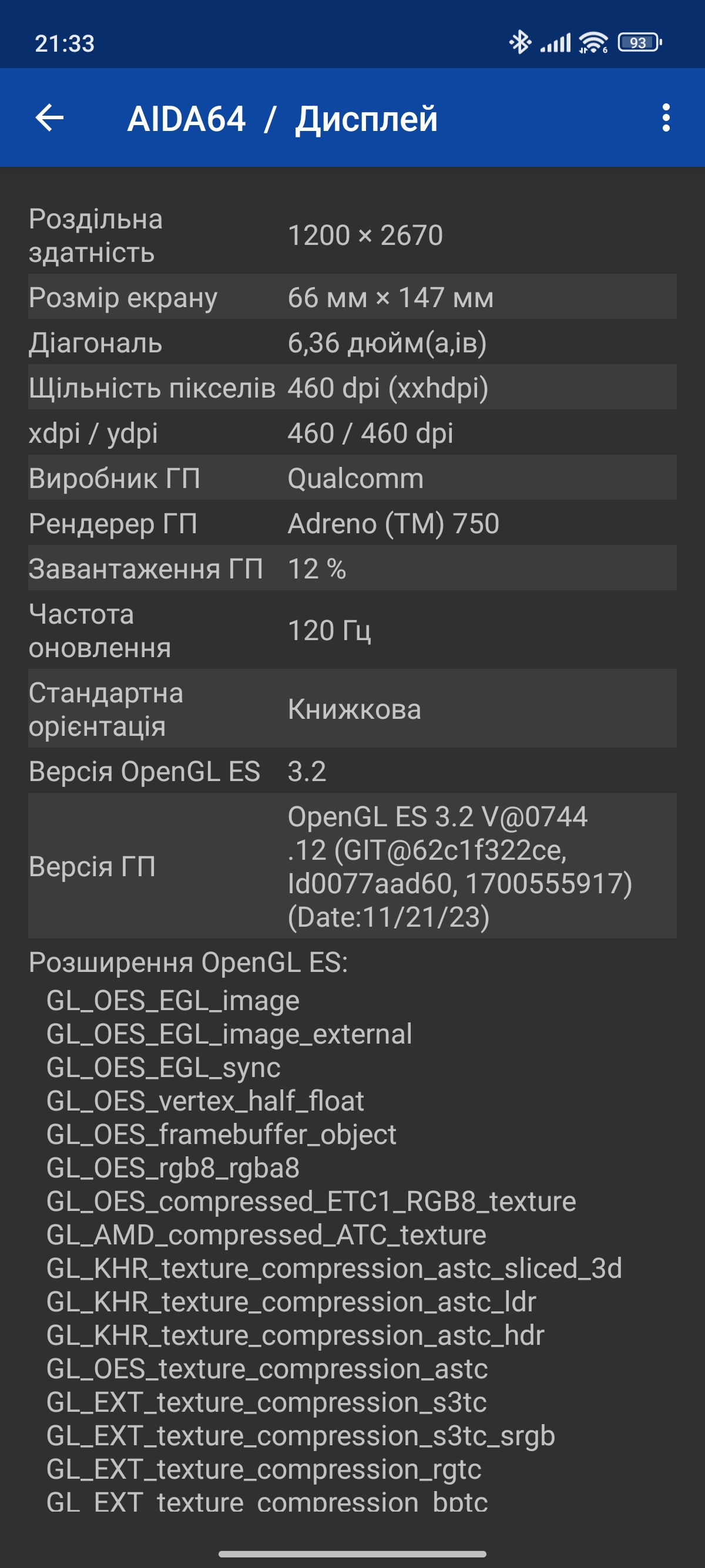
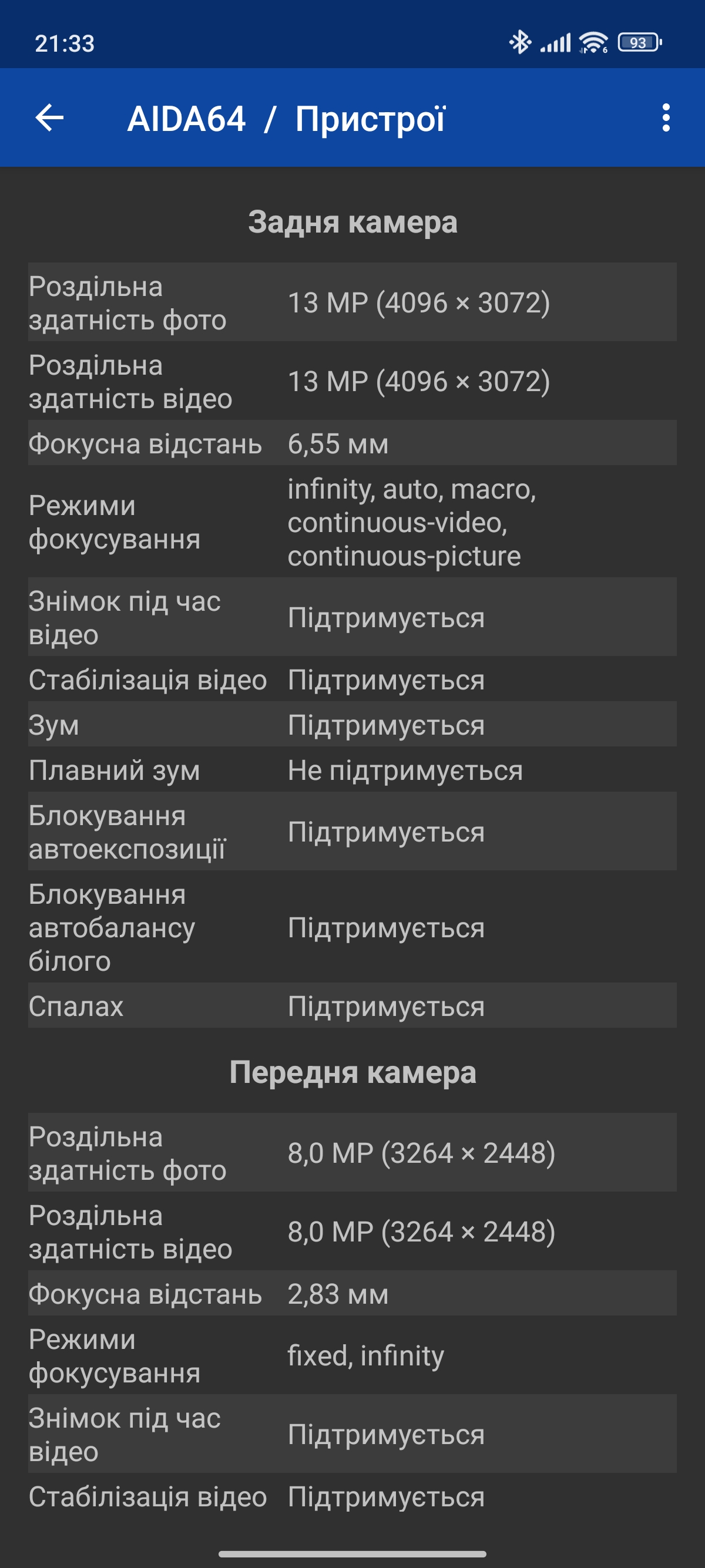























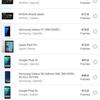

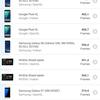



























Performance stability and heating Xiaomi 14
Given the compact size of the smartphone, it is quite logical that cooling such a powerful processor can be a problem. The smartphone uses a proprietary version of the evaporation chamber with liquid and vapour separation, which the company calls the Xiaomi IceLoop system. It is claimed to be three times more efficient than standard evaporation chambers. However, the engineers failed to overcome physics, and there are still some problems with overheating. When passing the heavy GFX Bench graphical tests (and there are many of them and they take a lot of time), the smartphone overheated and the test crashed. After the system update, it seems that the situation has already improved. The CPU Throttling Test showed that under prolonged maximum load in the highest performance mode, the smartphone's performance can drop by up to 82%. The case heats up quite a bit. However, we did not manage to achieve a similar effect in everyday use. Even in the most demanding games, the smartphone operates stably and becomes barely warm.

Xiaomi 14 performance in games
Everything is fine with modern games on Xiaomi 14. You can safely set the highest graphics settings and get a stable 60 FPS. This applies to both the already familiar Call of Duty Mobile, Diablo Immortal, and the new, rather heavy game Kingdom: The Blood based on the corresponding Korean series. Like any other modern smartphone, Xiaomi 14 has its own Game Turbo app with typical functionality. A list of all installed games, performance settings, turning off notifications, blocking brightness, etc.




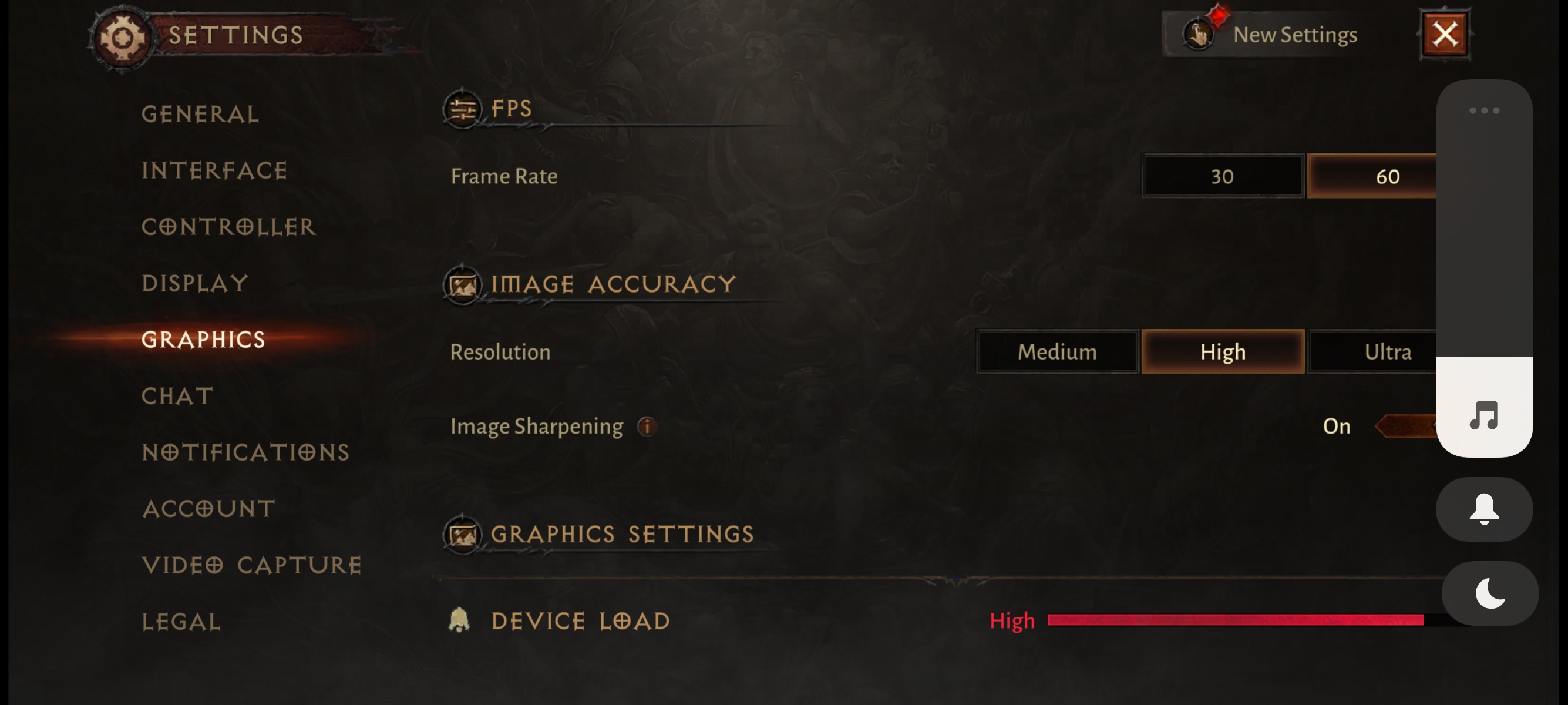


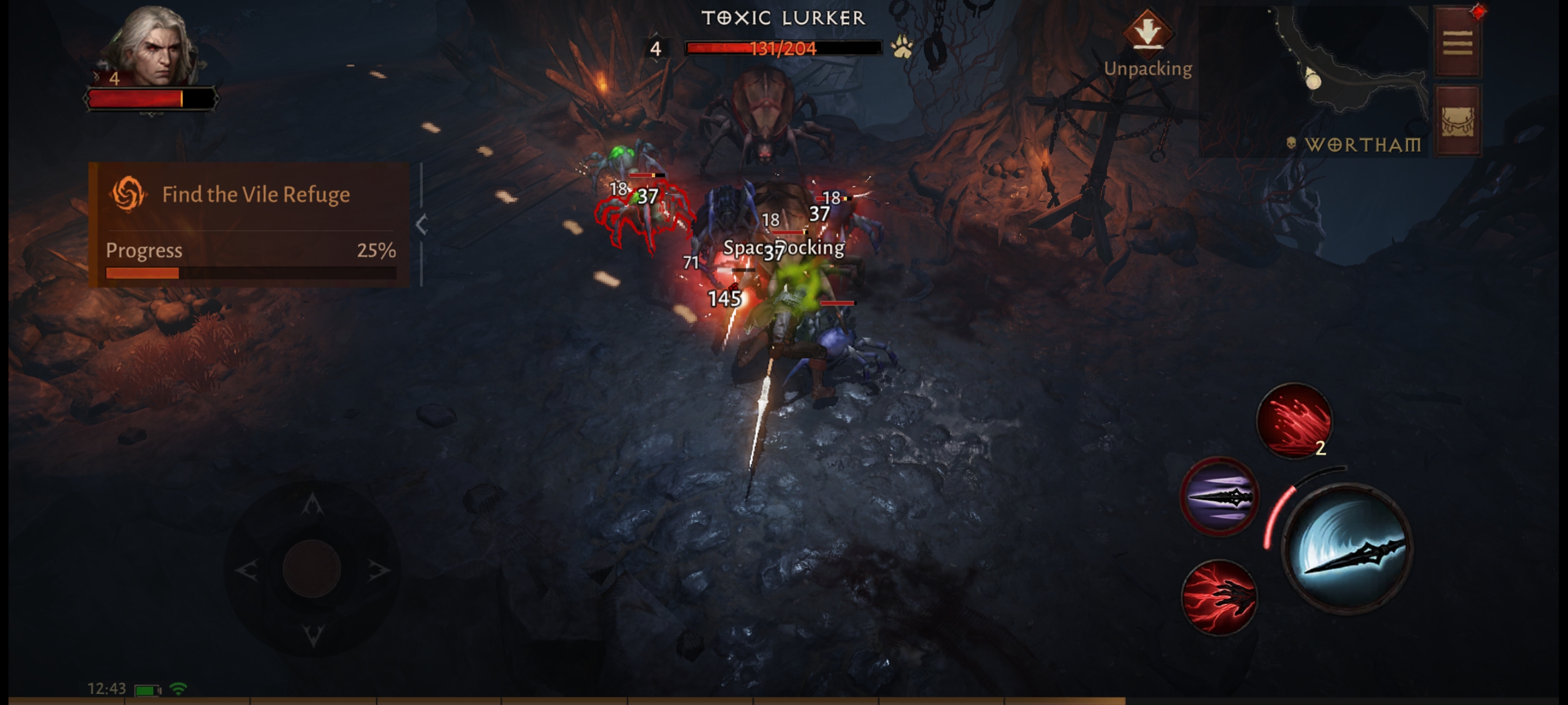
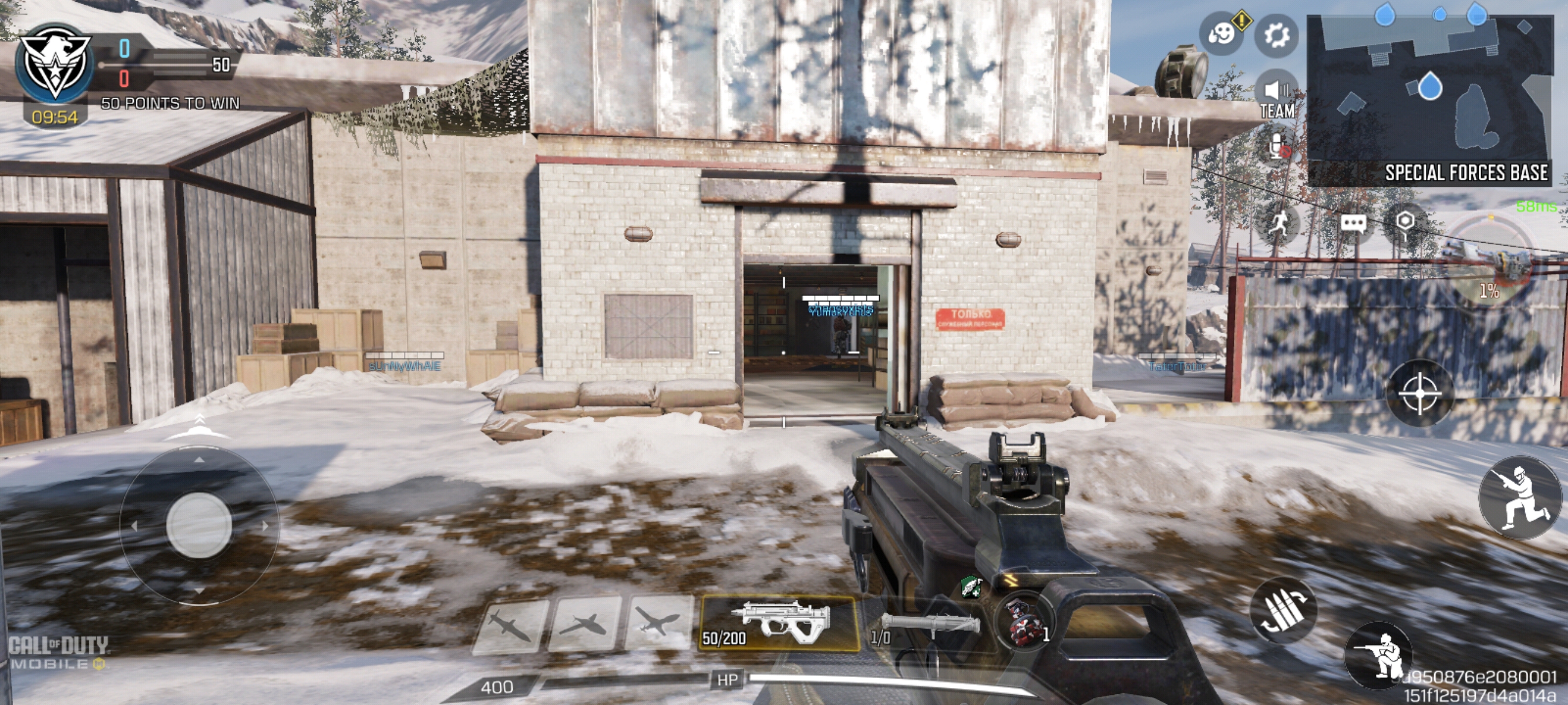

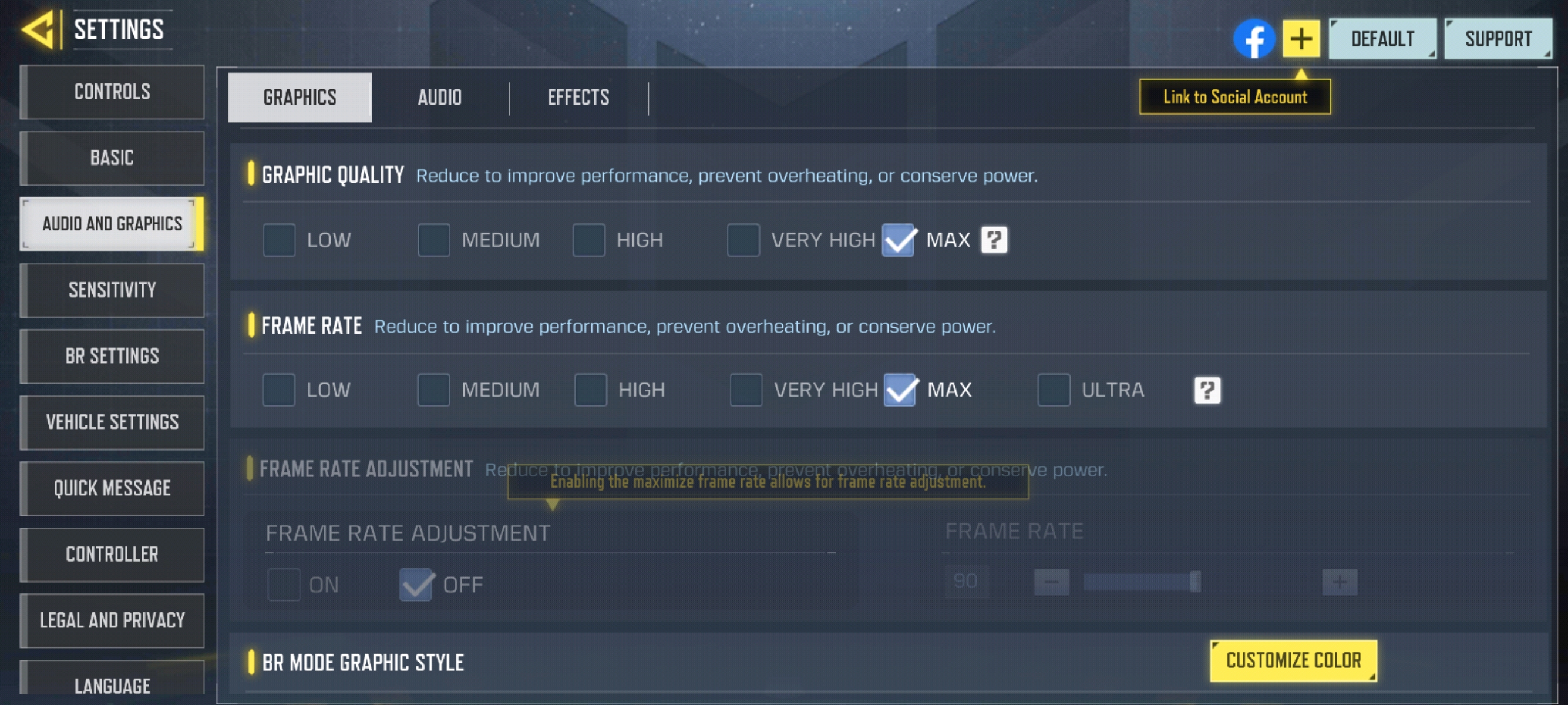

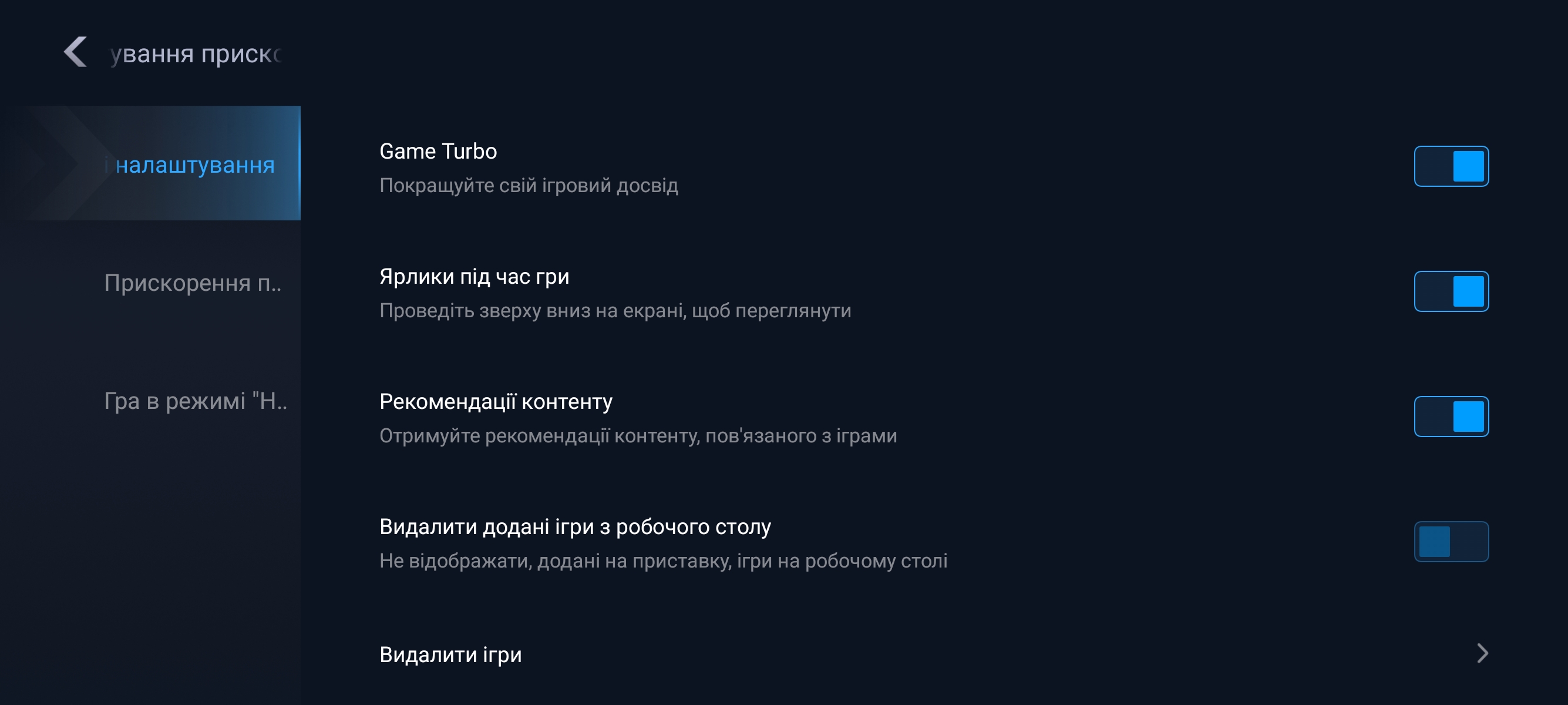
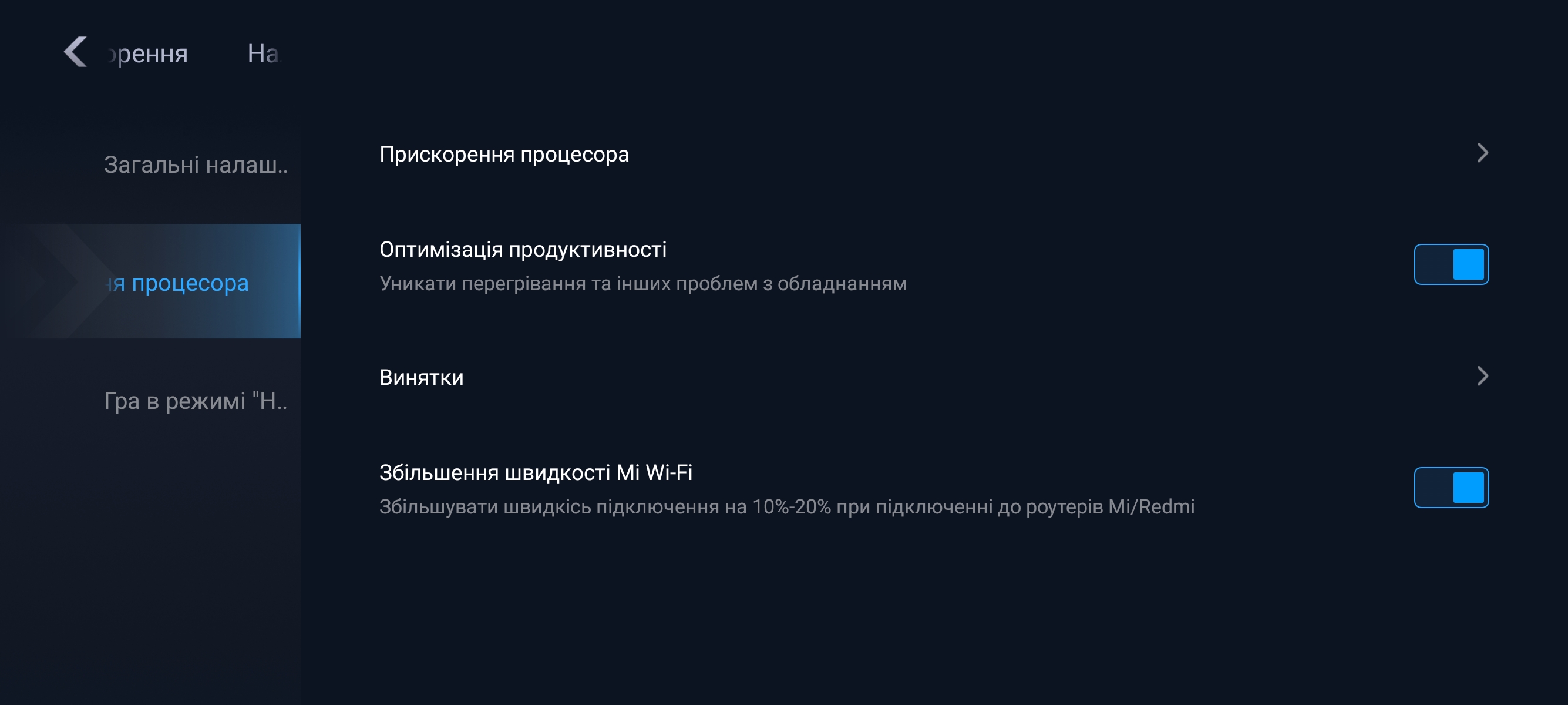
















Communications Xiaomi 14
Xiaomi 14 has excellent wireless communications, supporting all the latest standards. Dual-band Wi-Fi 802.11 a/b/g/n/ac/6e/7, Bluetooth 5.4 with support for AAC, aptX, aptX HD, aptX Adaptive, LDAC and LHDC 5.0, codecs, so you can safely buy top-of-the-line wireless headphones and not worry about signal quality. There is a module NFC for contactless payment. Global positioning systems are supported: GPS, GLONASS, GALILEO, BDS, QZSS and NavIC. The smartphone also has an infrared transmitter to control electronics. It works without any problems, at least with devices of relatively well-known brands.
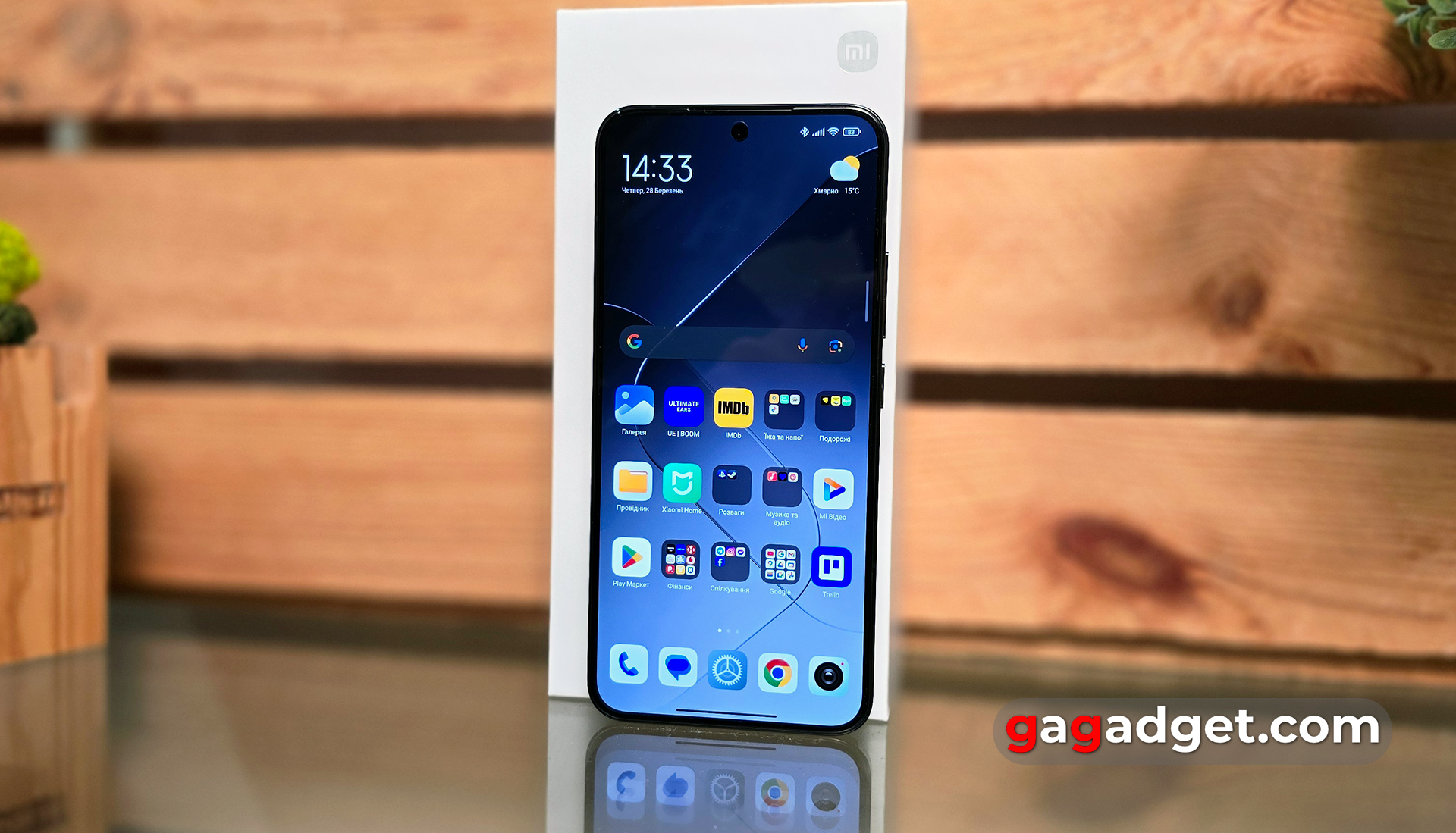
Xiaomi 14 sound quality
Like most modern smartphones, Xiaomi 14 reproduces stereo sound using the main and earpiece speakers. The speakers are well balanced in terms of volume, there is no noticeable difference. The volume level is high, the quality is also good. But something resembling low frequencies is available only at moderate volume, at maximum they are almost inaudible. This is typical for most modern smartphones, including flagships. There is support for Dolby Atmos virtual surround sound, as well as Xiaomi Sound's proprietary settings and equalisers. The vibration response is generally good, but nothing unique.


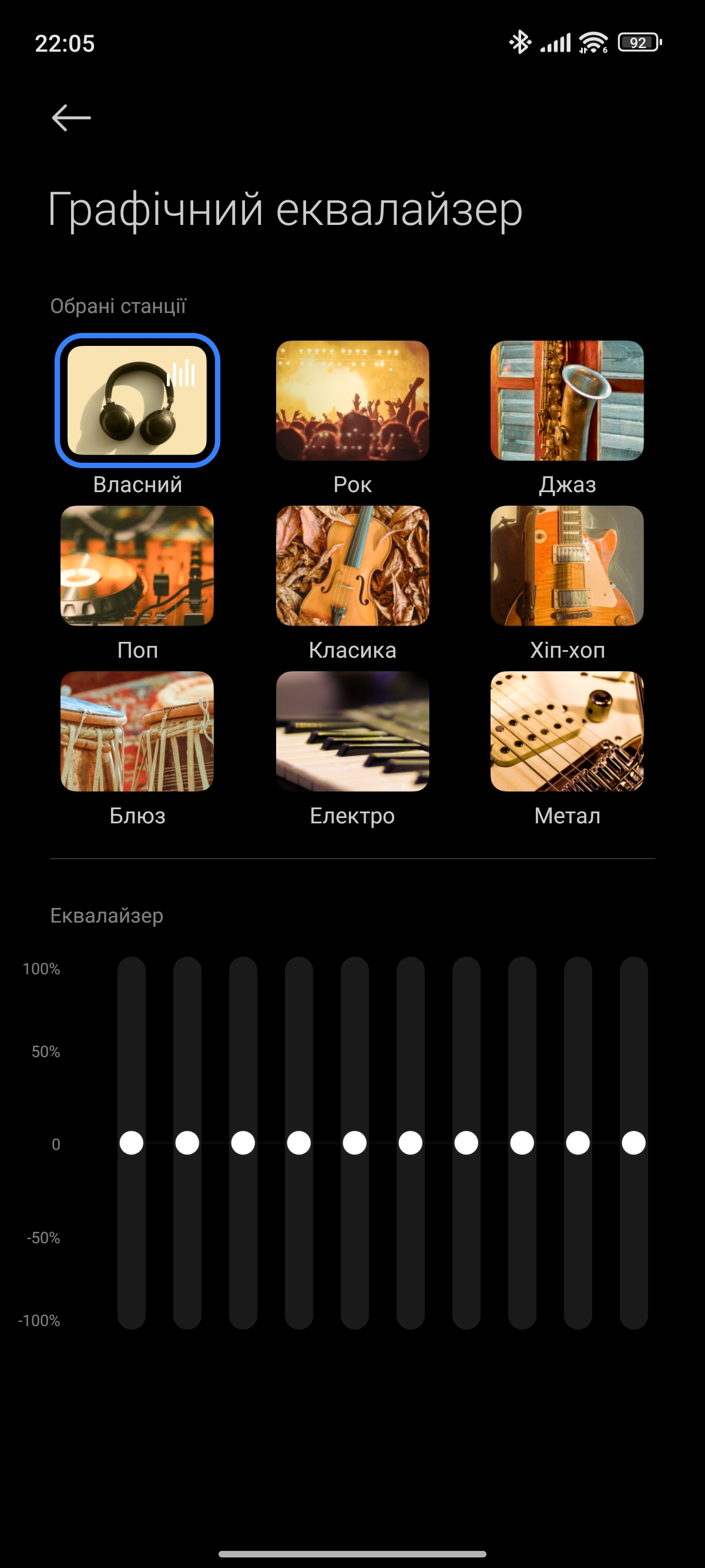





Xiaomi 14 battery life
Xiaomi 14 is equipped with a 4610 mAh battery, which is a good figure for a relatively compact model. The smartphone turned out to be surprisingly durable: with typical everyday use (calls, instant messengers, email, browser, social networks, a little YouTube, a camera and an hour and a half of music via Bluetooth), you can get a day and a half of work. Although, of course, if you add heavy games and benchmarks to this, you can run out of battery by the evening. Fast charging of 90 W is supported, with which the smartphone is fully charged in just over 30 minutes. There is also support for 50W wireless charging, which (according to Xiaomi) can charge the smartphone in 46 minutes. But for this, you need to buy a separate branded wireless charger. There is also support for 10W reverse wireless charging.
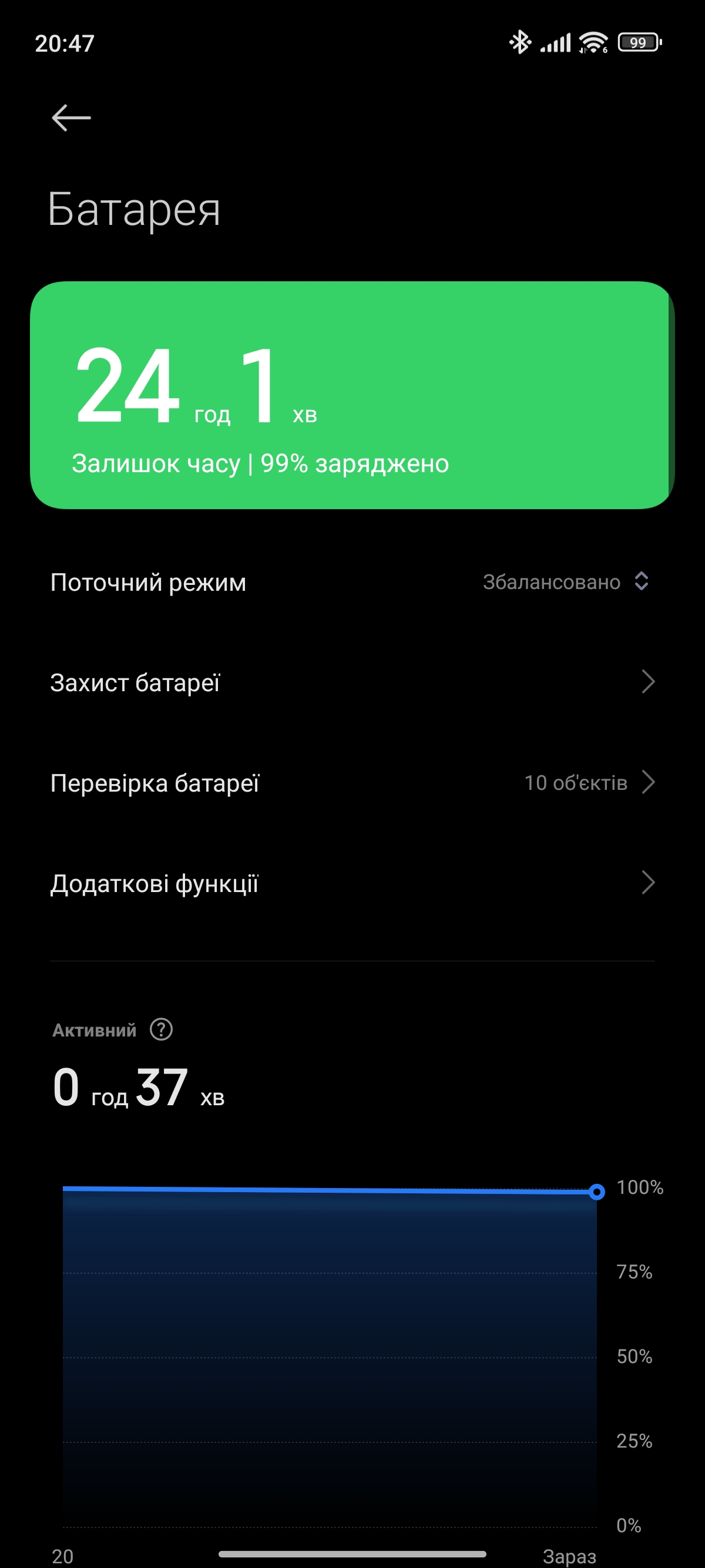


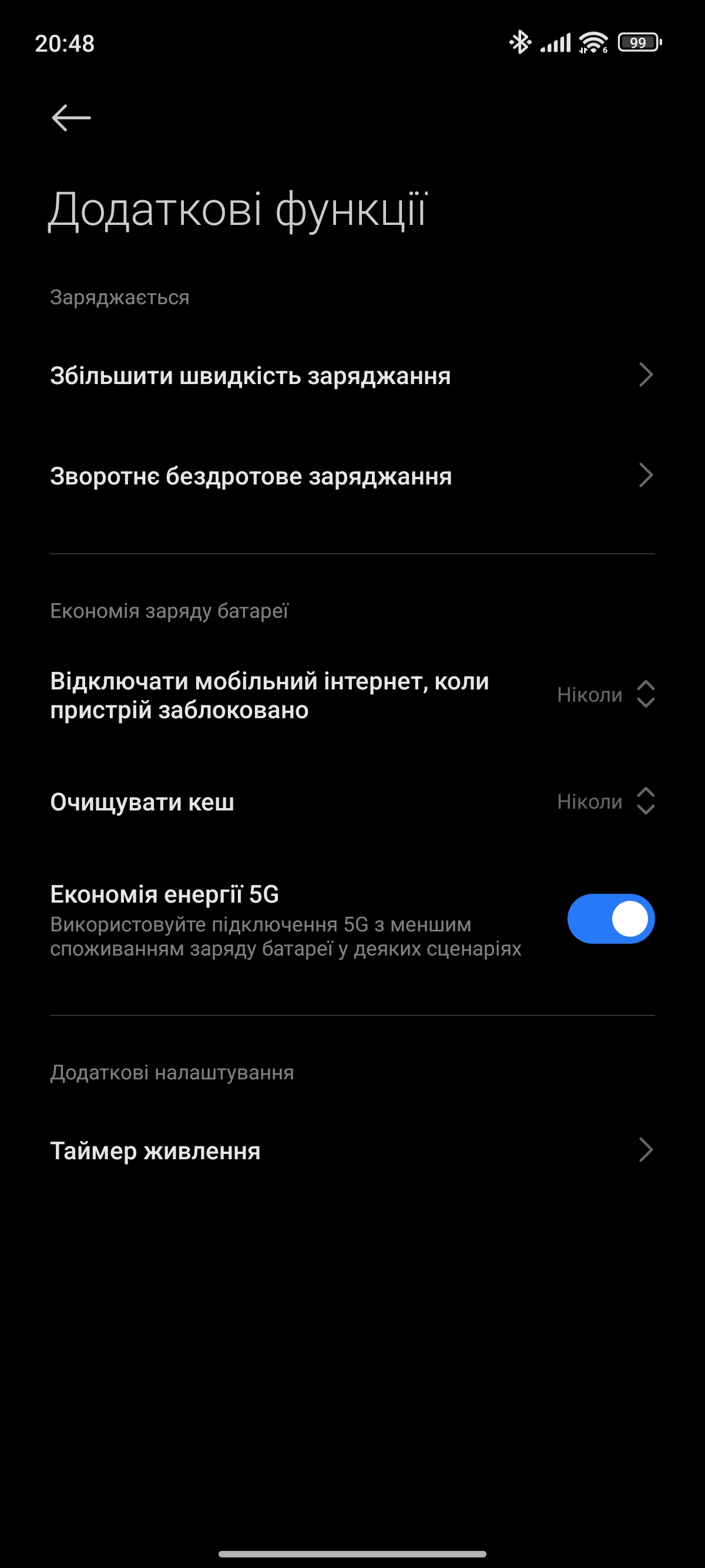
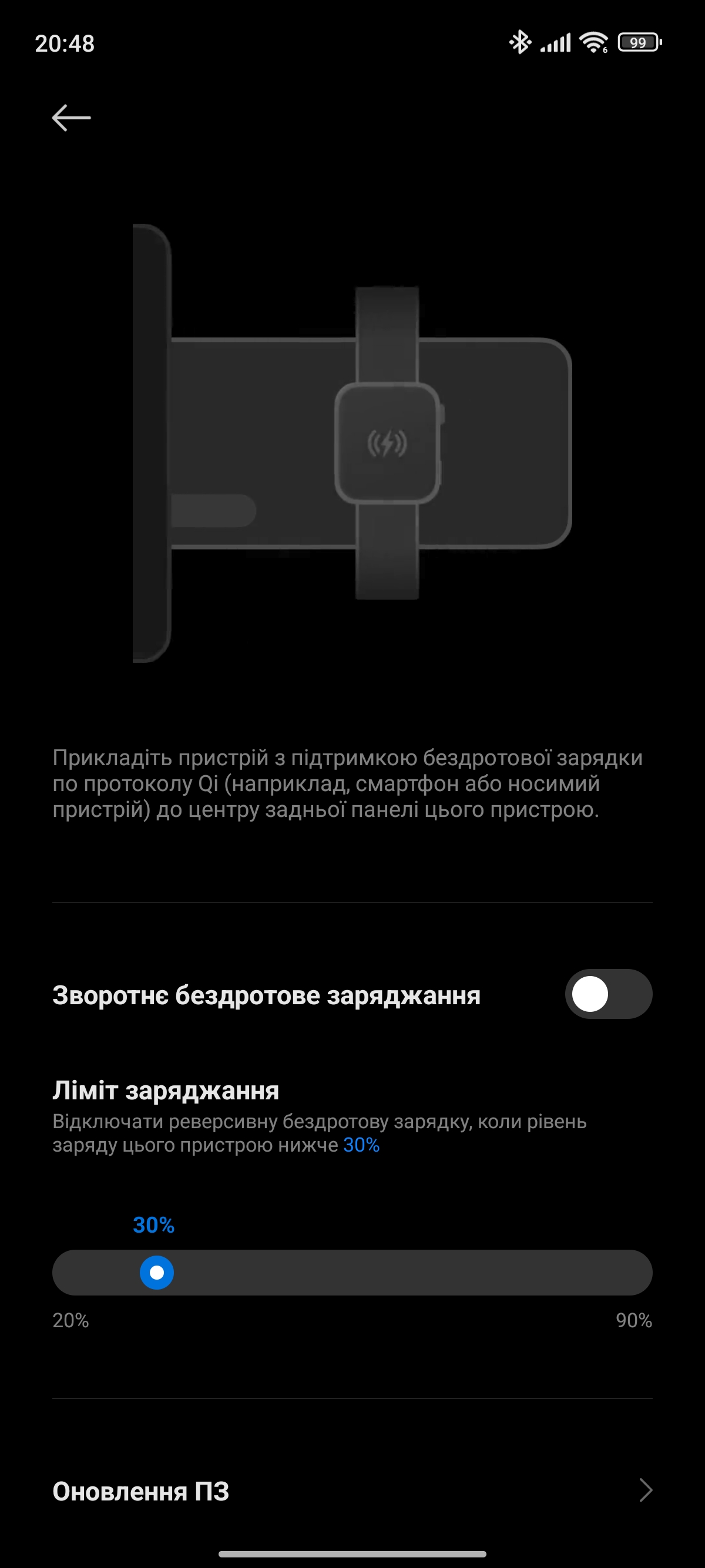





Additional features of Xiaomi 14
The smartphone also has an infrared transmitter for controlling electronics. It works without any problems, at least with devices from relatively well-known brands.






And in the additional settings, the function of measuring heart rate using a fingerprint scanner is hidden. It works quite accurately.






How user-friendly is the Xiaomi 14 interface?






Xiaomi is gradually switching to its new HyperOS shell and Xiaomi 14 runs on Android 14 with HyperOS version 1.0.6.0. The manufacturer promises 4 years of major software updates and 5 years of security patches. This is not to say that the new shell is somehow radically different from the previous MIUI. There are small differences, but primarily visual ones. In general, the shell is convenient and, importantly, very well optimised. It works extremely fast. The organisation of the space is familiar. There are desktops with icons and widgets, three types of display (desktops, desktops with a separate application menu, and a simplified mode with large icons). Gesture and button navigation and many options for changing the visual style.


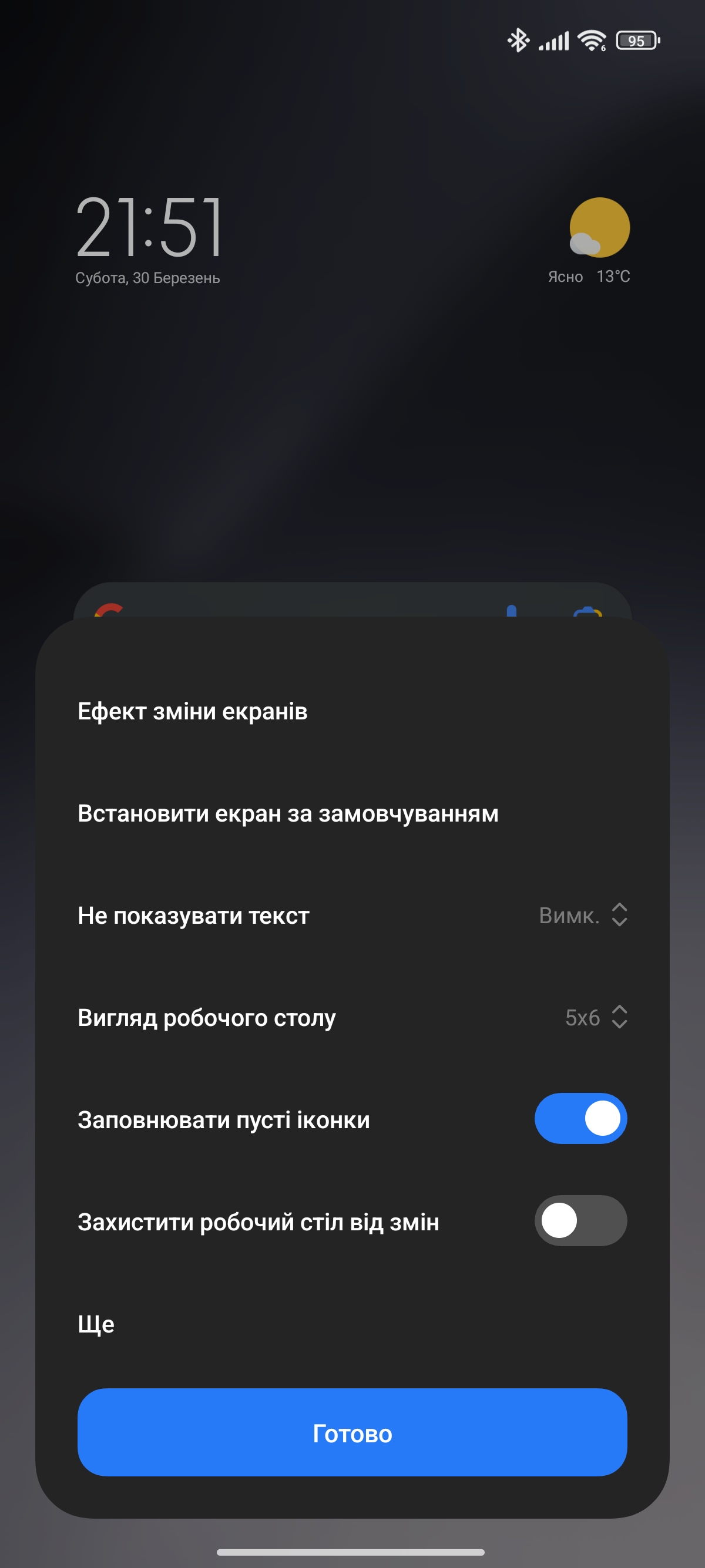





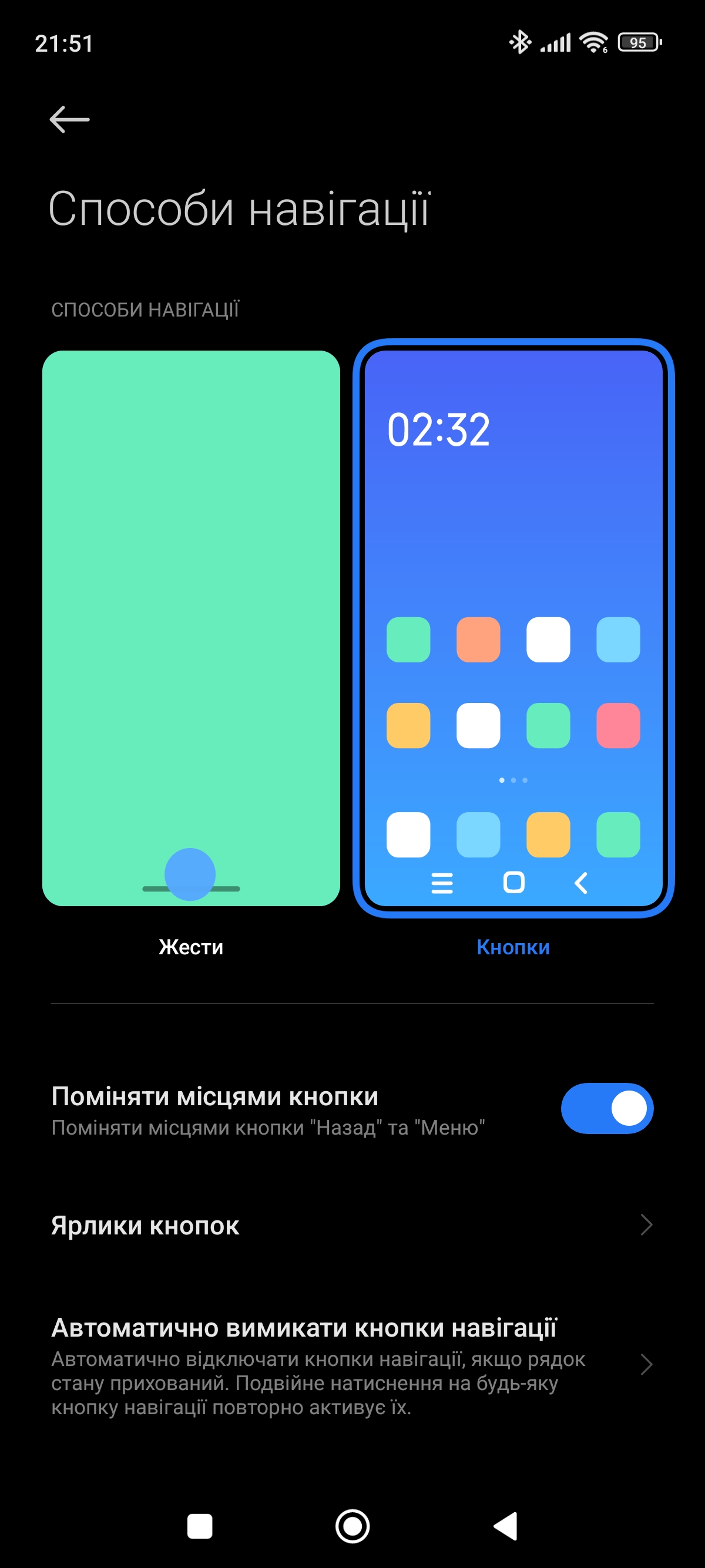

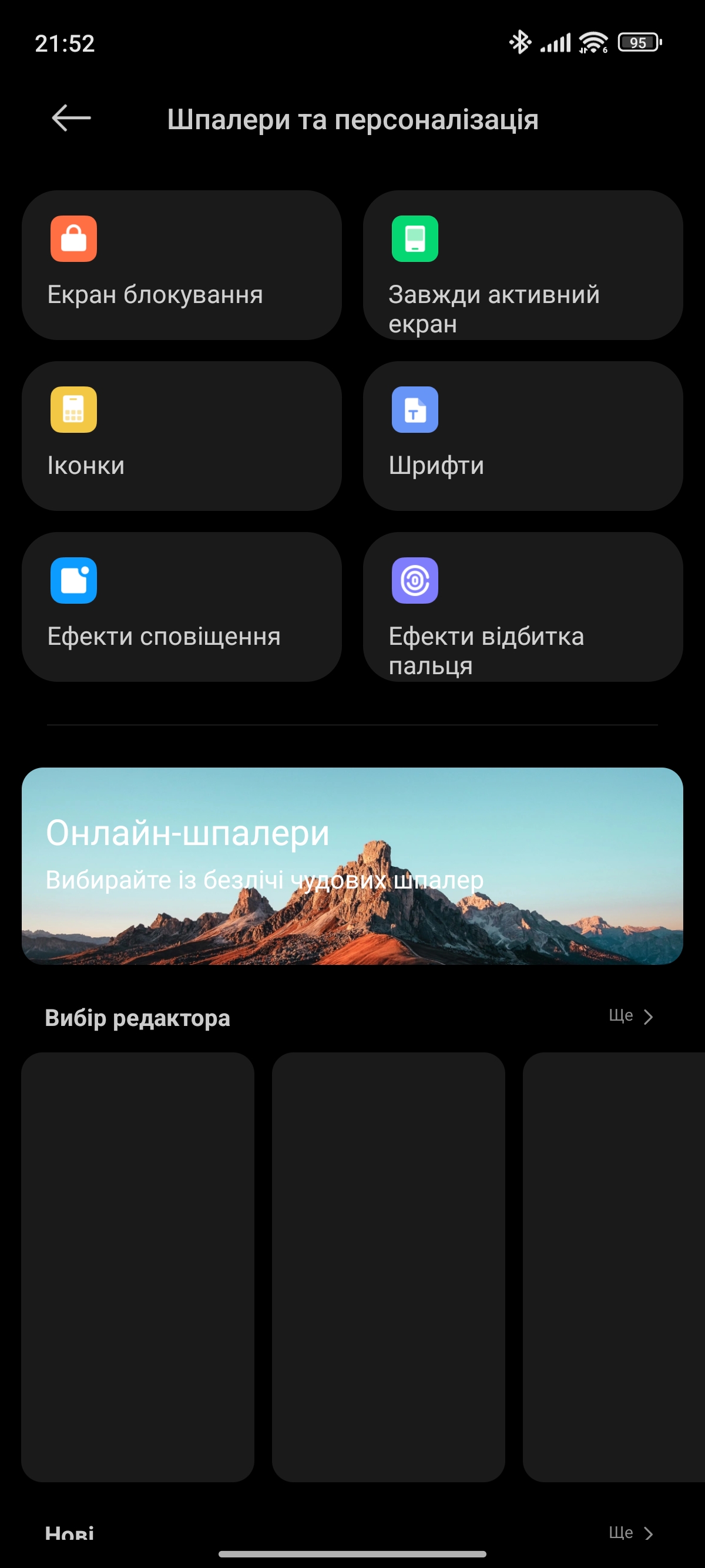













In addition to navigation gestures, there are many additional ways to interact with your smartphone. Starting with the side panel with a list of the latest apps, a touch assistant with quick actions, and ending with double and triple taps on the back to launch apps. This was already the case with Motorola smartphones.





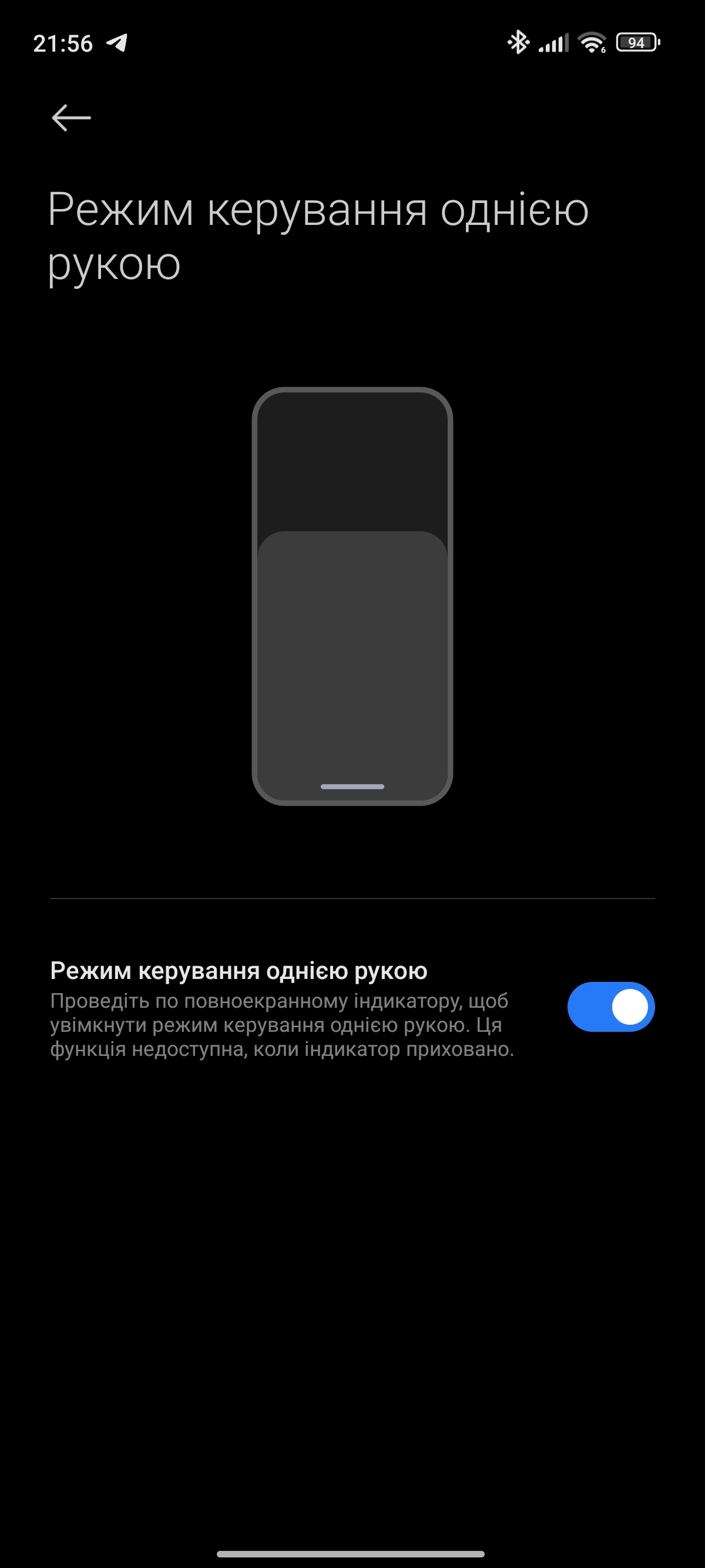
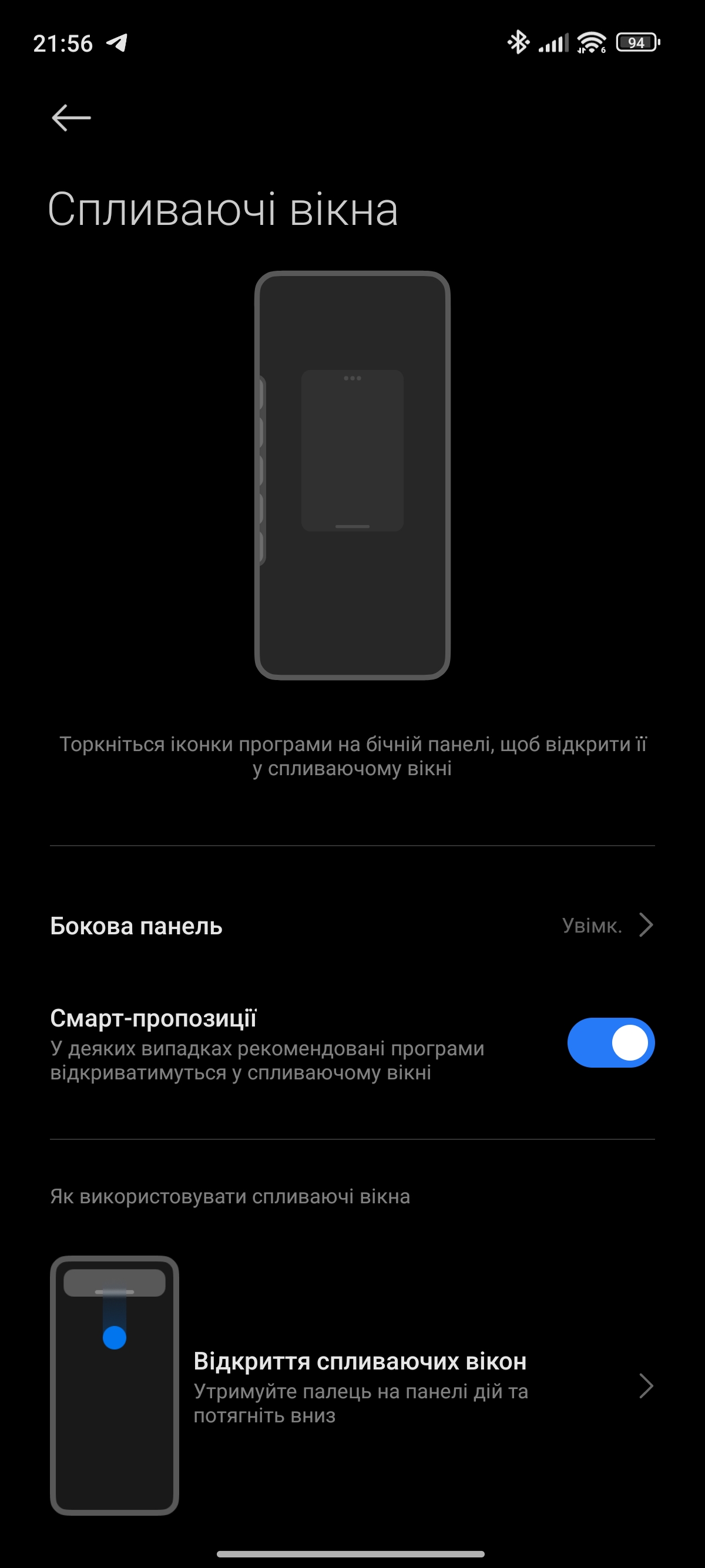









Unfortunately, Xiaomi has removed the option to select the curtain view. You can only choose the appearance of the notifications themselves. So now we have only the so-called Control Centre: swiping down on the right side of the screen brings up the curtain with quick settings, and on the left side - the list of notifications. There is no way to switch to a single curtain. It may be available with updates.
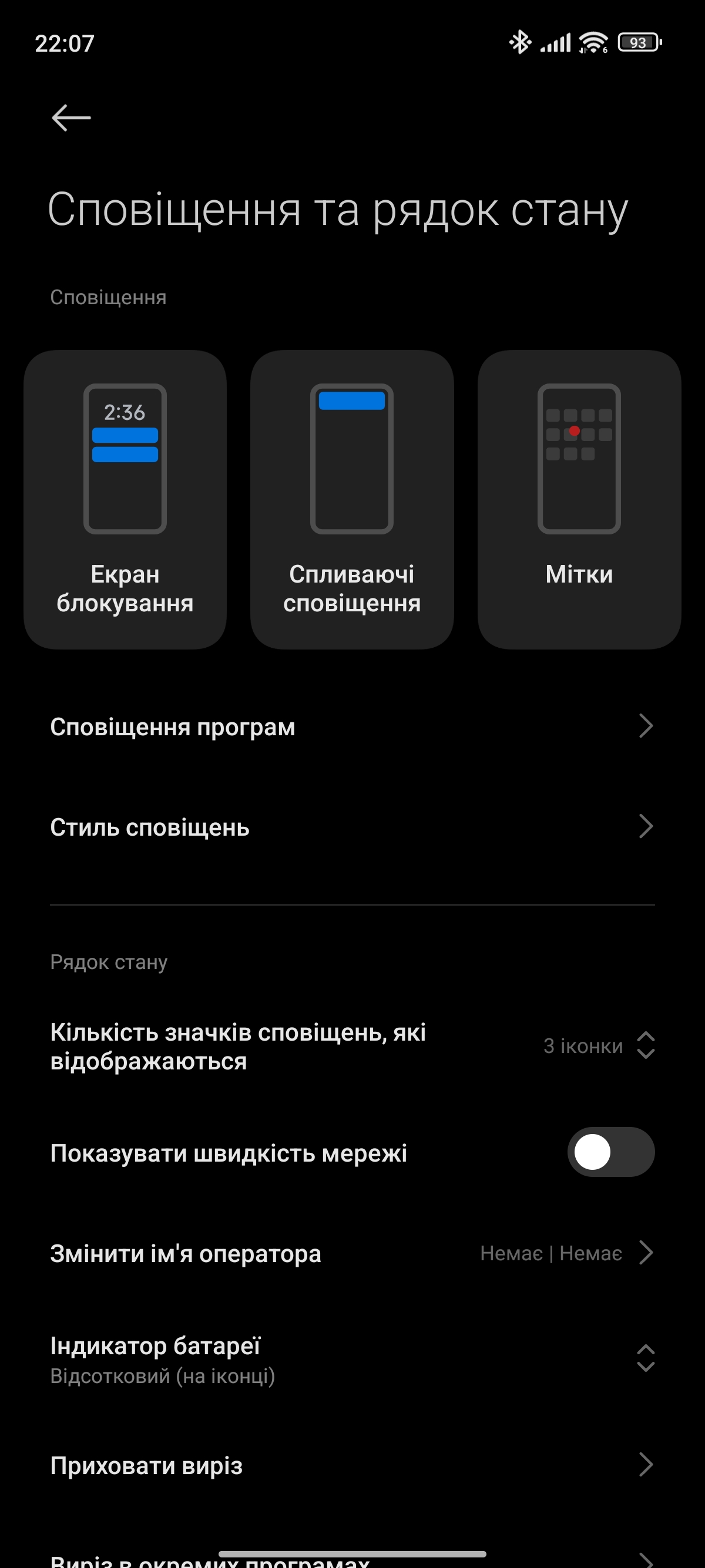









The App Manager can be of two types. Standard, with a horizontal carousel of cards. Or vertical, with applications in two columns. From the manager, you can switch to split-screen mode or open the application in a window (not all applications are supported).
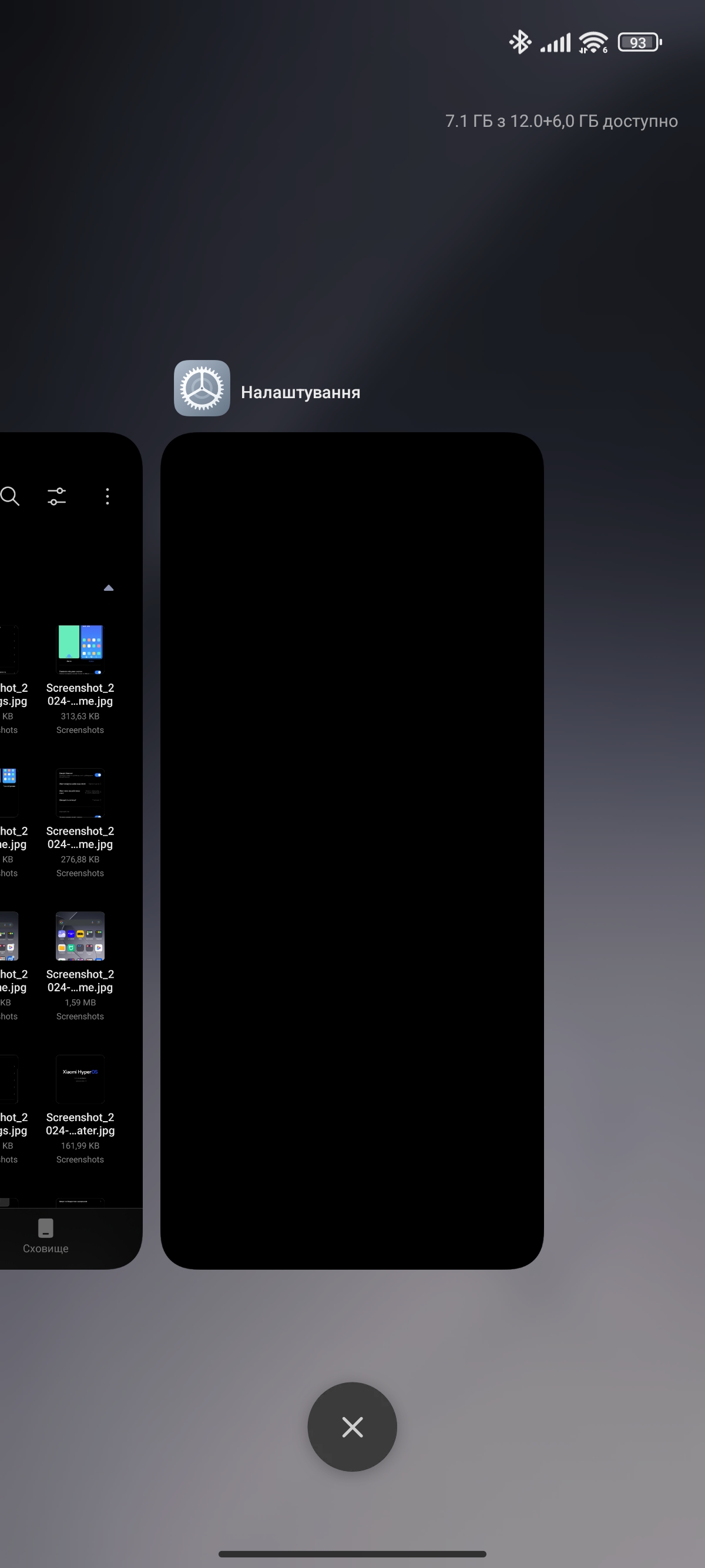
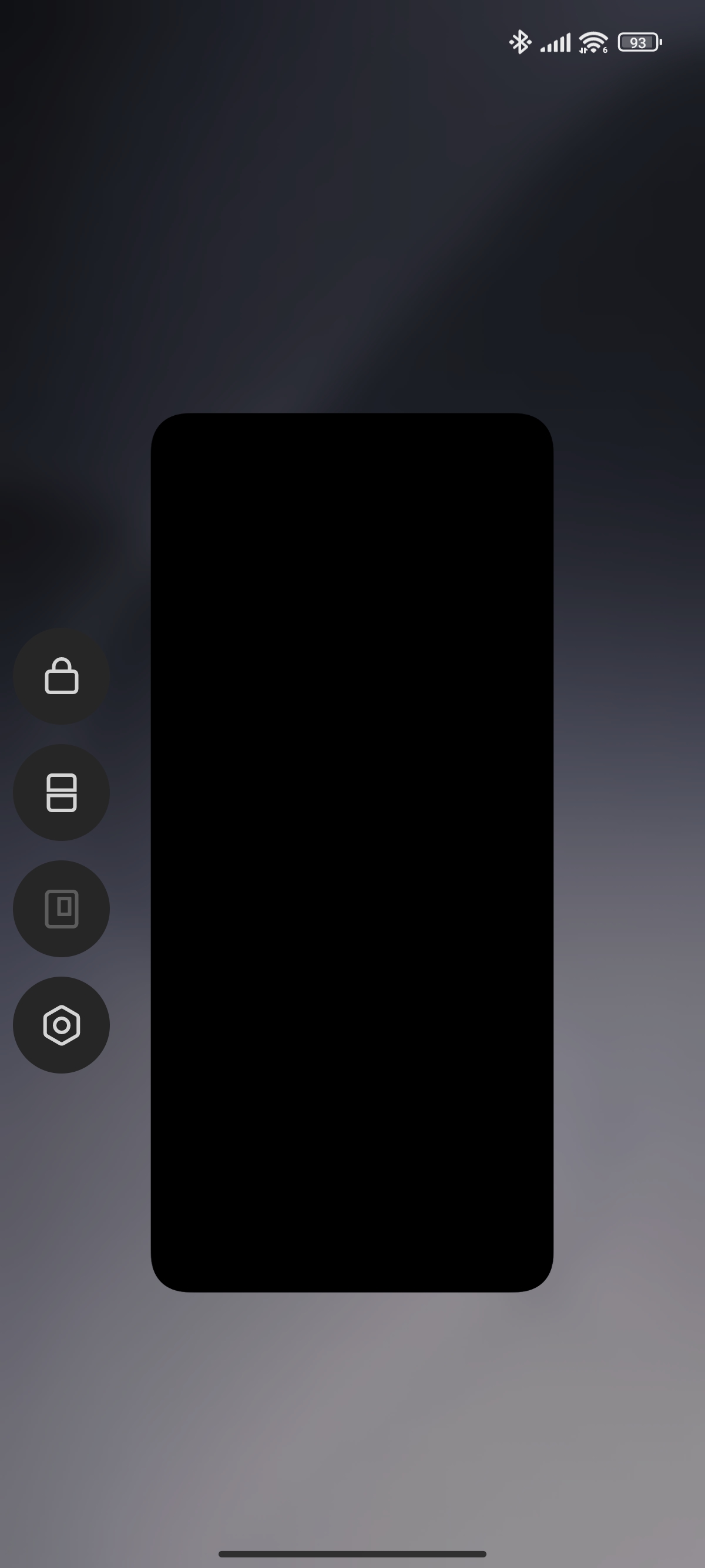
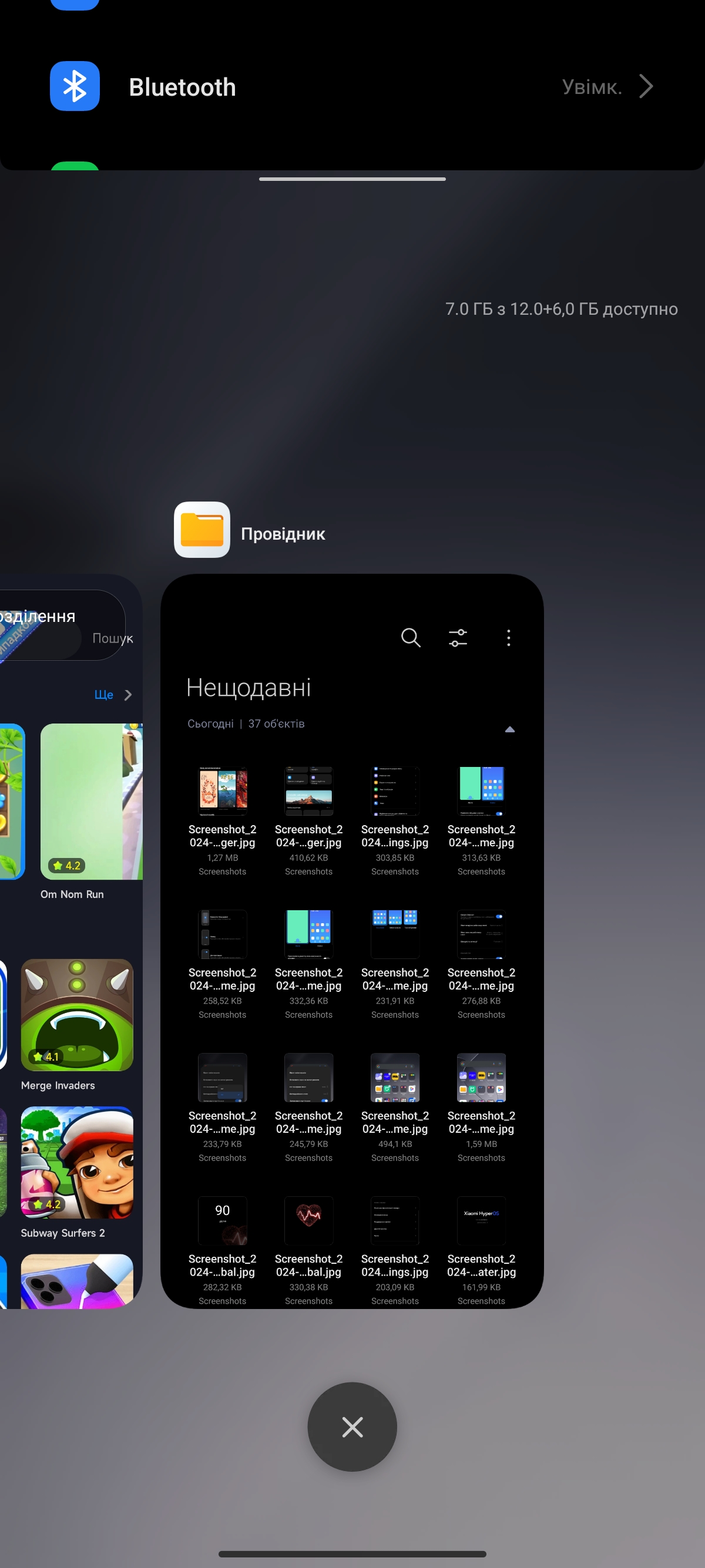
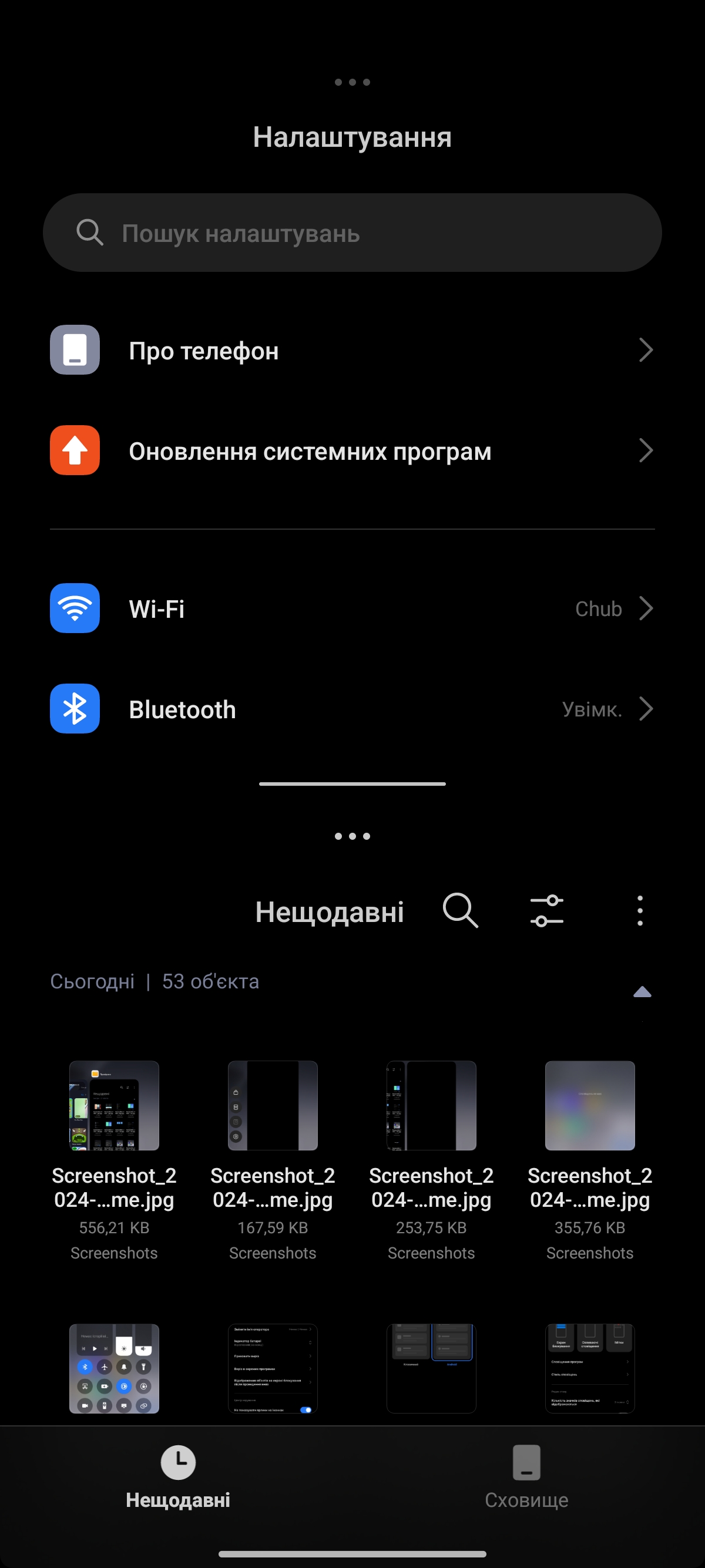












In general, there are fewer unnecessary applications out of the box, as well as less advertising. But it's still there: during use, full-screen ads were displayed twice in Xiaomi branded apps, and unnecessary recommendations were constantly popping up in the music player (you can disable them in the settings). In addition to the standard set of voice recorder, file manager, notes, compass, smartphone manager and apps for transferring data between smartphones, there are two additional app and game stores, GetApps and Game Center. They cannot be deleted.



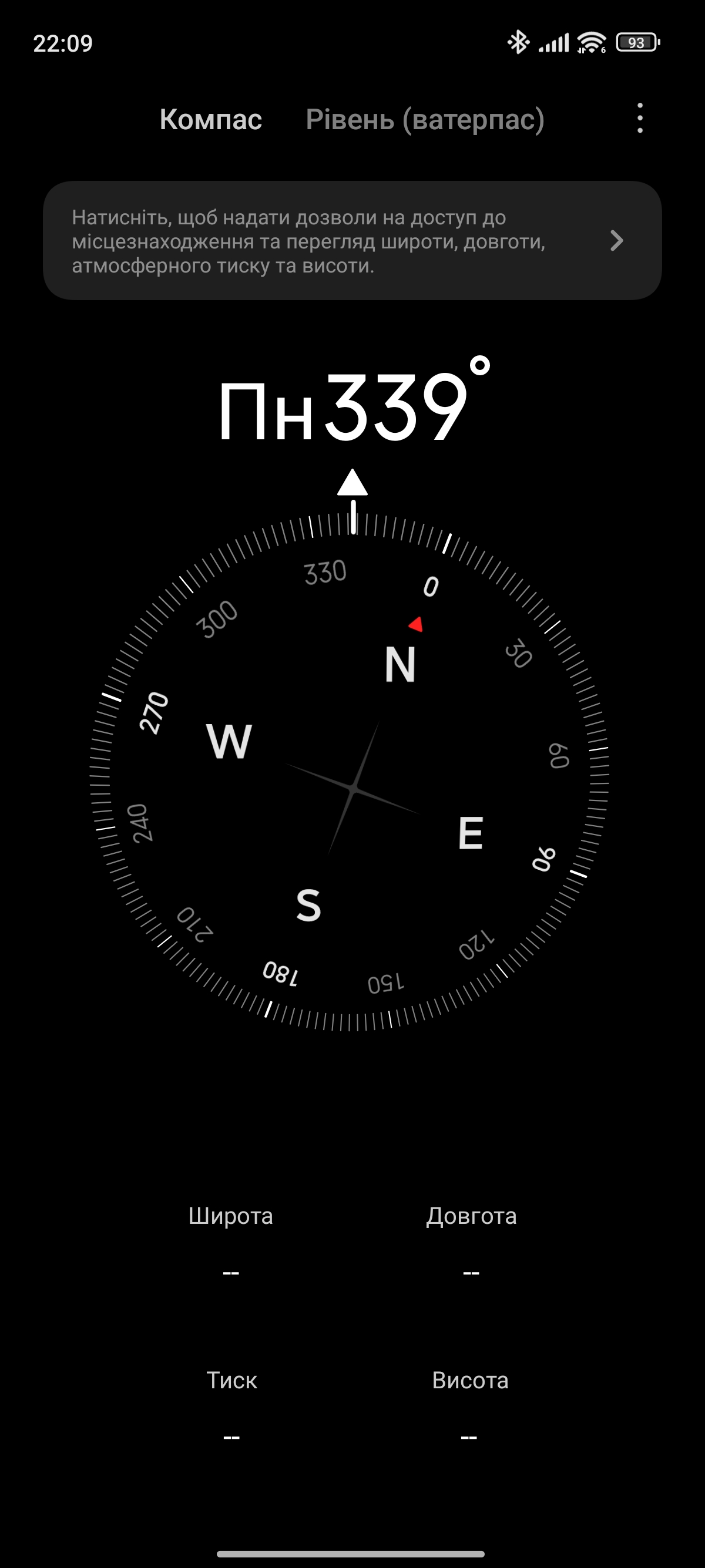


















How good are the Xiaomi 14's cameras?
Xiaomi 14 has a universal set of main, telephoto and ultra-wide-angle cameras typical of modern smartphones. Xiaomi worked on the camera together with Leica and the modules are not quite familiar. The main one is the 50 megapixel OmniVision OVX9000, which the company calls Light Fusion 900. It has a large physical size of 1/1.31", a dynamic range of 13.5 EV, optics with an aperture of f/1.6, 23 mm ECF, dual pixel PDAF phase detection, laser autofocus and optical image stabilisation. In the standard mode, the usual pixel combining scheme is used, the image resolution is 12.5 MP, there is a 50 MPmode. The telephoto camera also has a resolution of 50 MP, but it uses a sensor Samsung ISOCELL JN1 with physical dimensions 1/2.76" and a pixel size 0.64 µm. The optics are f/2.0, 75 mm with a movable lens group inside. This allows the camera to focus at a distance of 10 to infinity. The same camera is used for macro mode. The zoom factor is 3.2x, and there is optical stabilisation. The ultra-wide-angle camera also uses 50 MP module Samsung ISOCELL JN1, optics 14 mm, viewing angle 115˚, without autofocus. Front camera - 32 MP OmniVision OV32B, f/2.0, 1/3.14". The smartphone can record video with a resolution of up to 8K 24 FPS. And, importantly, it is possible to record videos with an extended dynamic range HDR10+, 10-bit Dolby Vision HDR, 10-bit LOG.
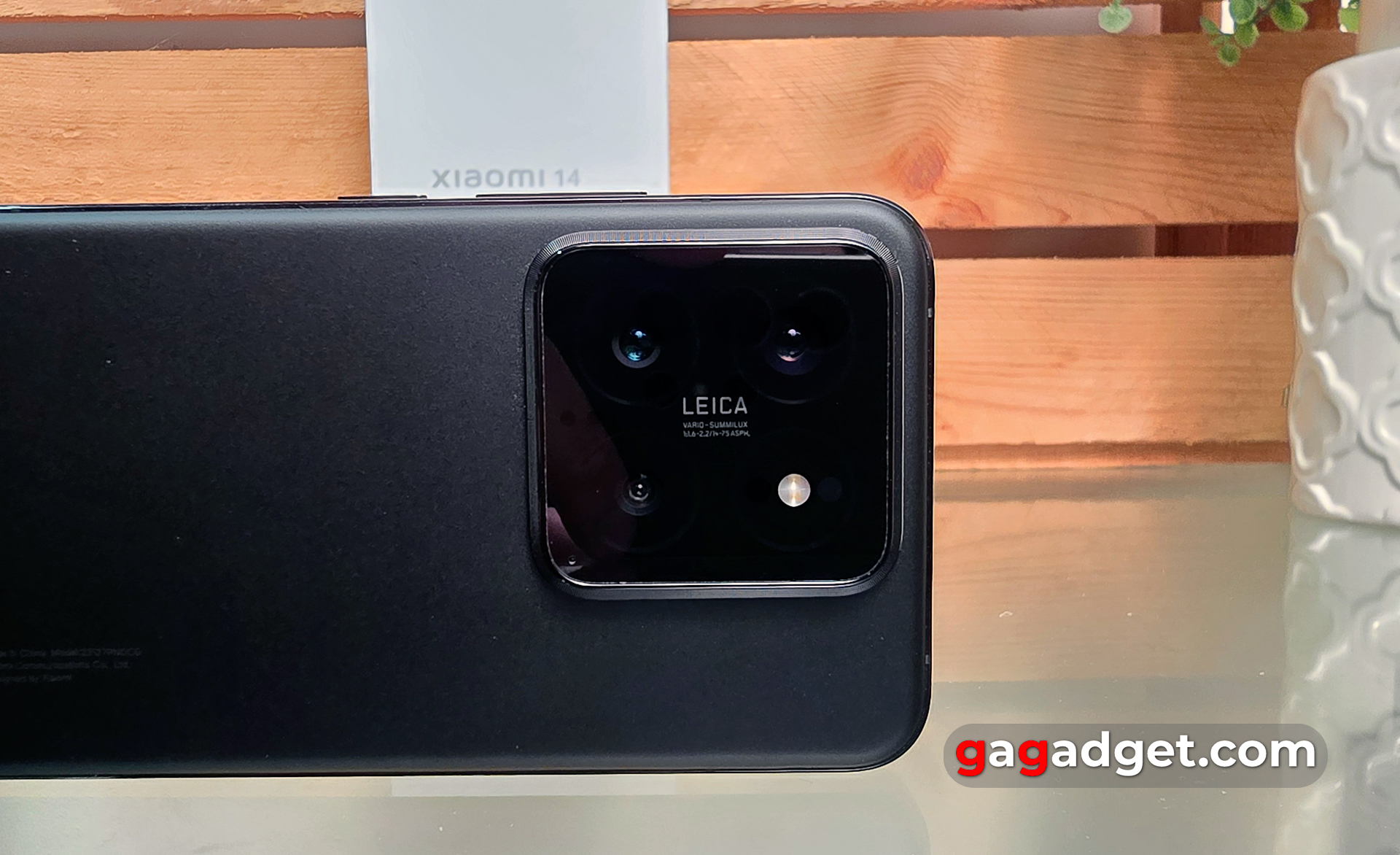
The app has the usual interface logic: a carousel of basic modes, a separate menu with additional ones that can be added to the main ones. The main settings are on the viewfinder screen (flash, HDR, format, camera switching, video resolution and FPS, etc.) Additional settings are in the drop-down menu. There are supermoon and long shutter speed modes, which require a tripod. Unusual features include a switch to Leica Vibrant (more saturated colours) or Leica Authentic (more natural). And a lot of video recording capabilities. In addition to being able to shoot HDR10+ or Dolby Vision video, the smartphone has some interesting additional modes. Short film mode with a variety of presets. And a director mode with the ability to manually adjust almost everything, including microphone directionality and the ability to connect multiple smartphones and tablets to the same Wi-Fi network and use them as multiple cameras for a single video.


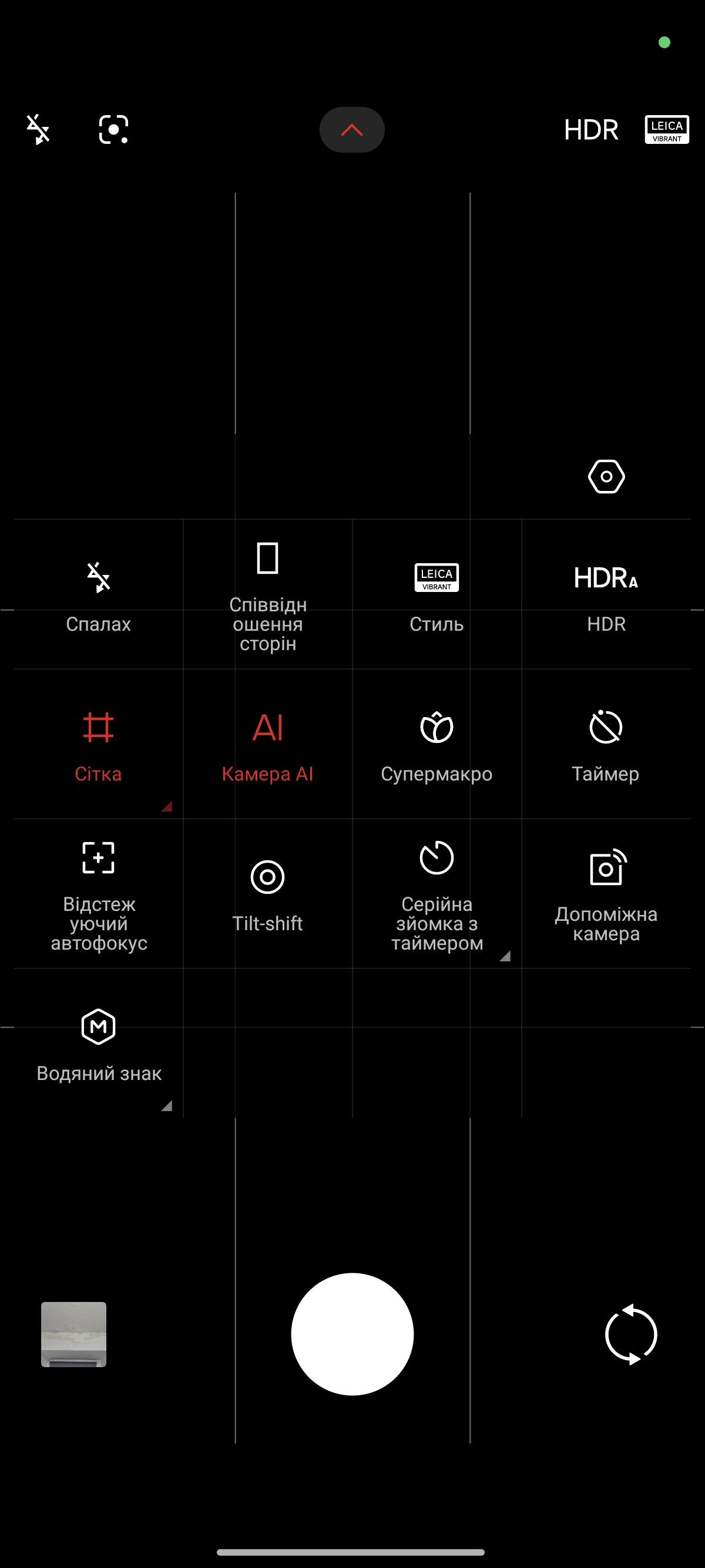
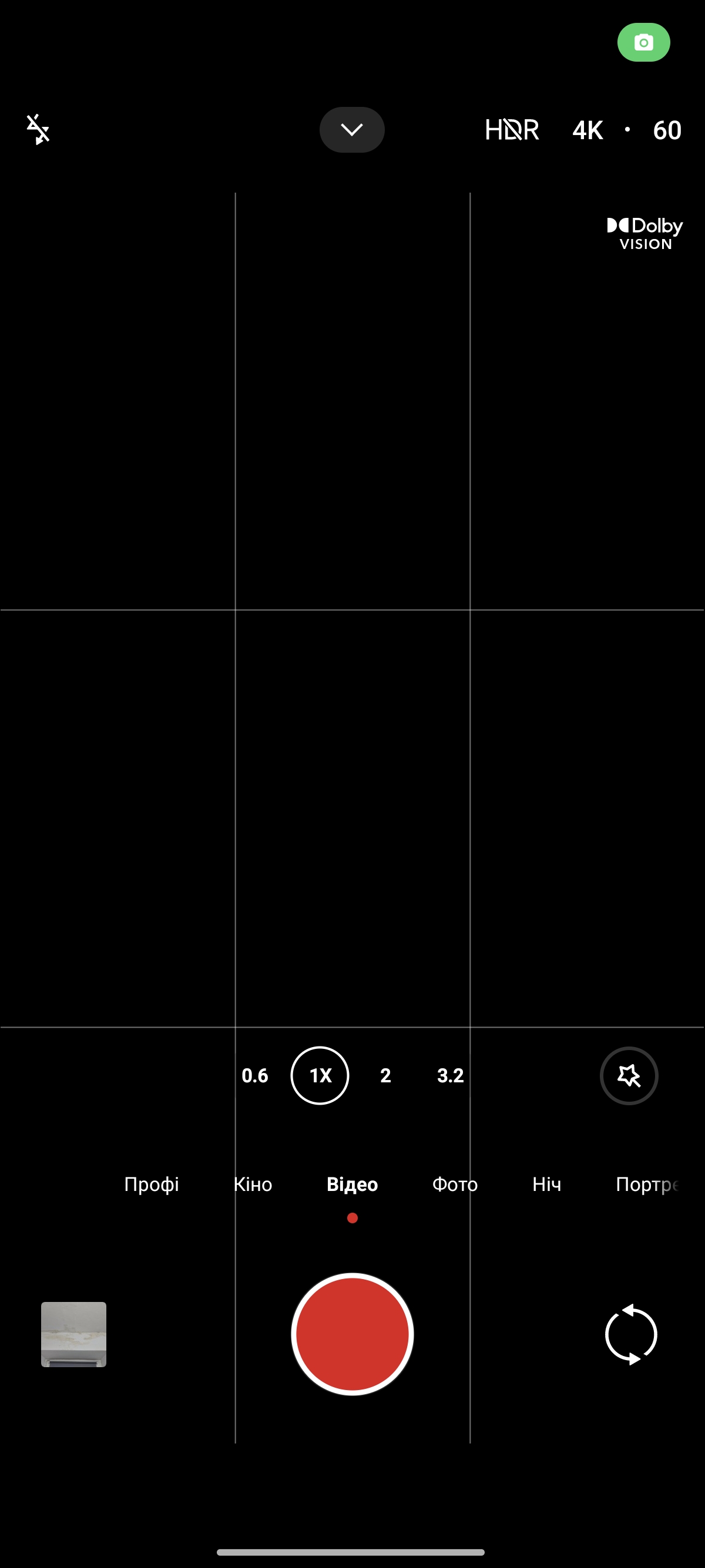
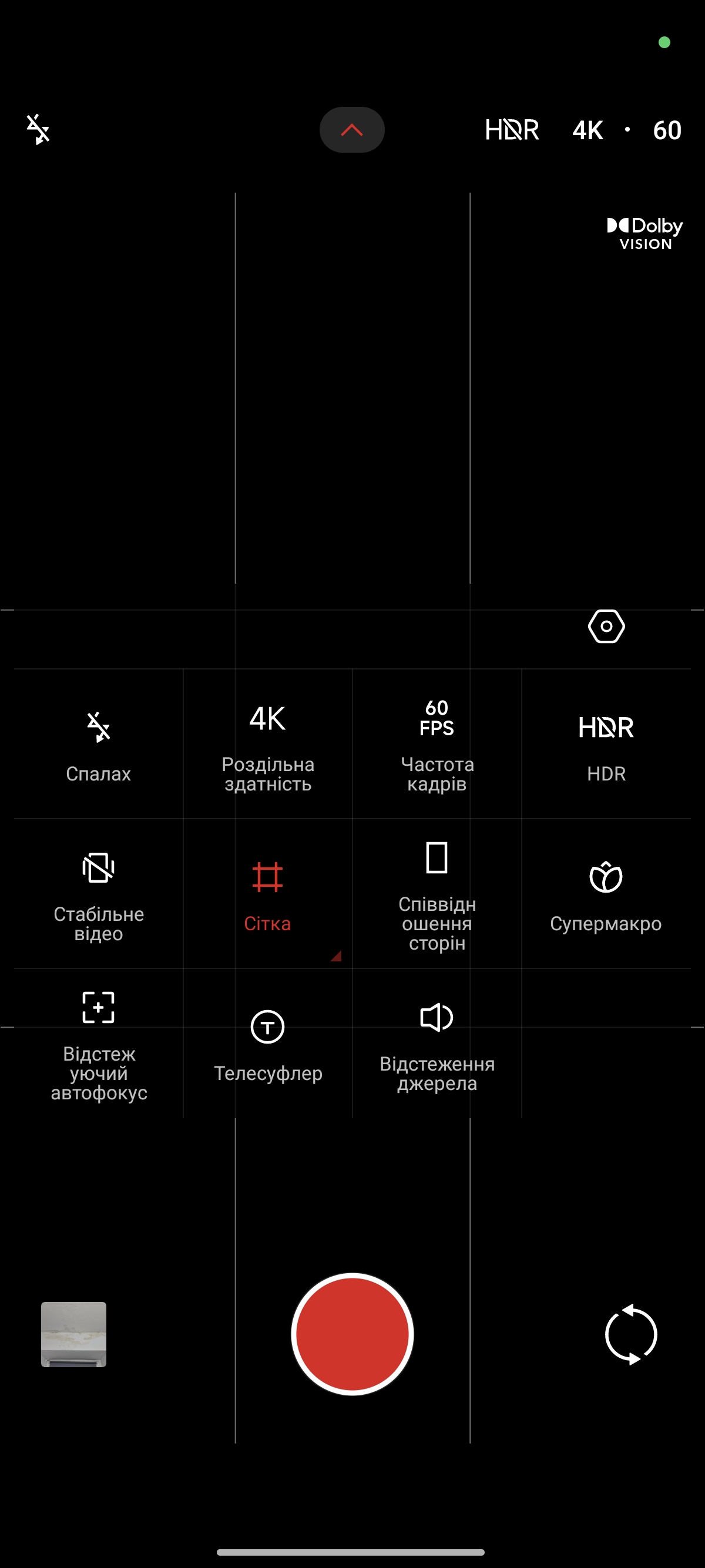
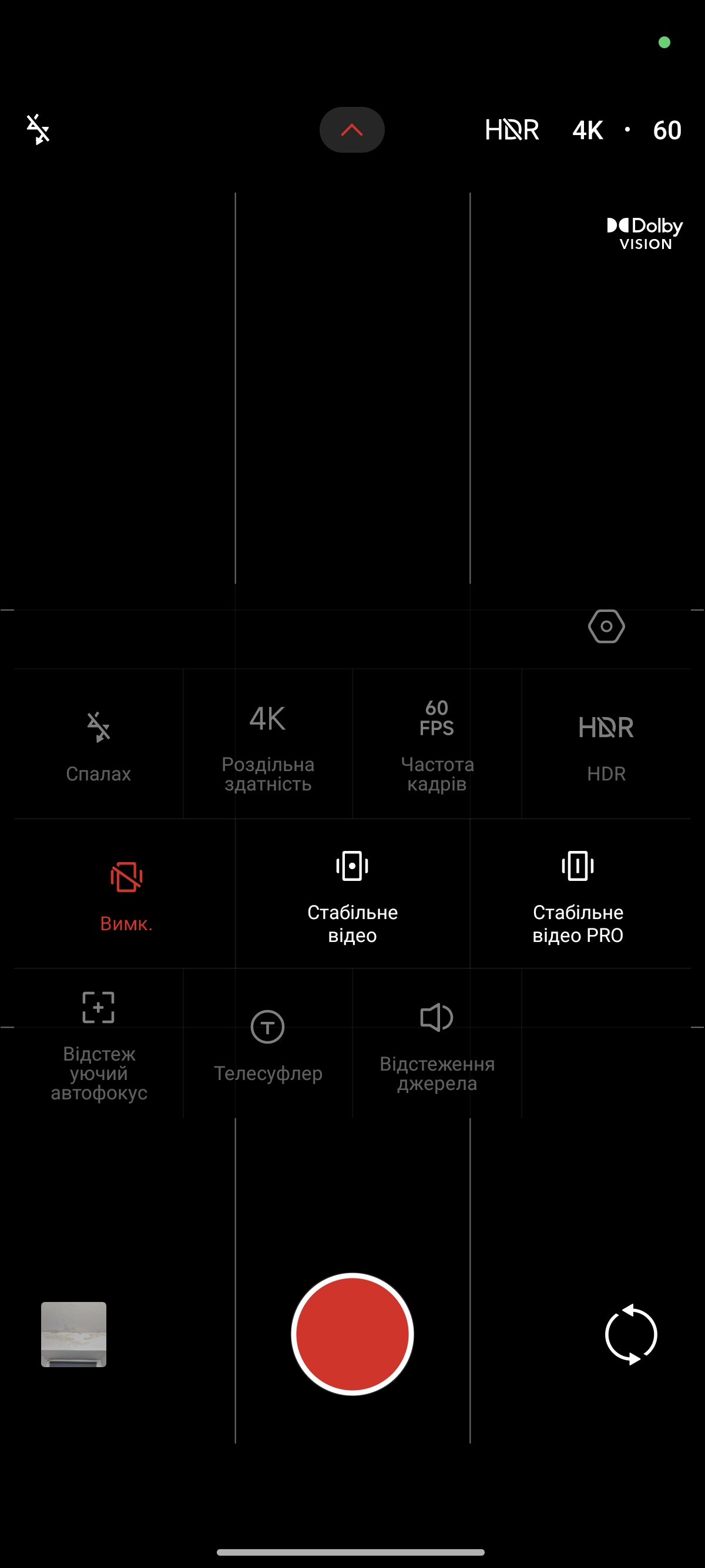
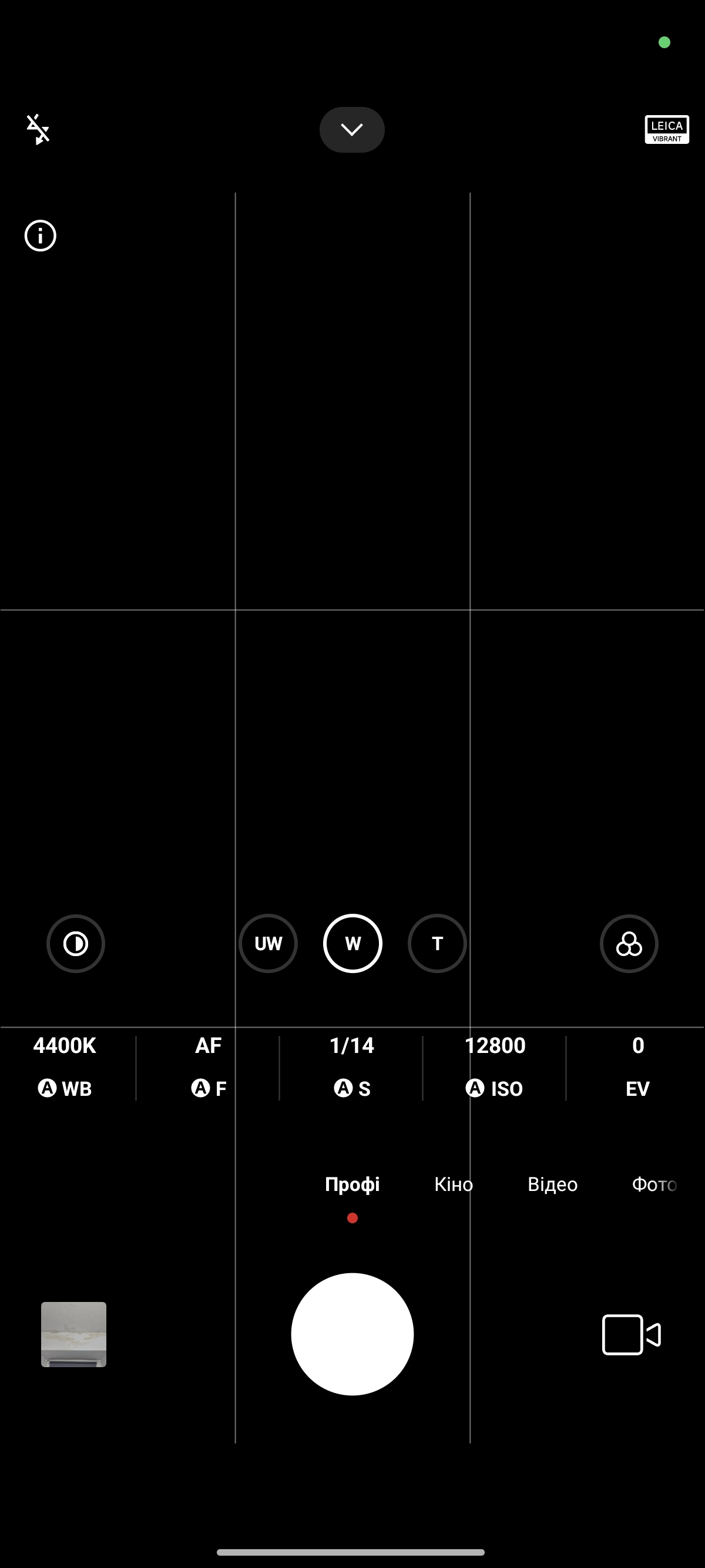



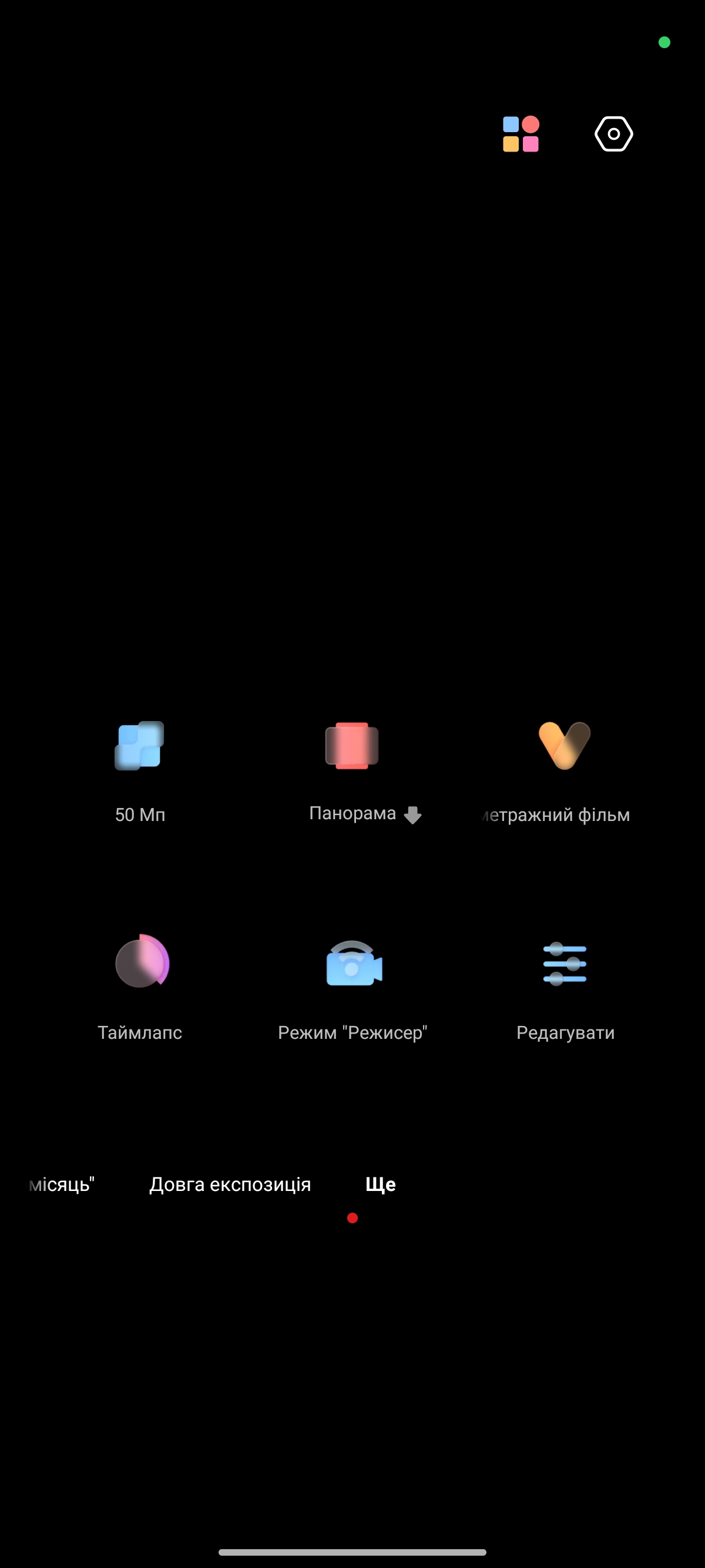


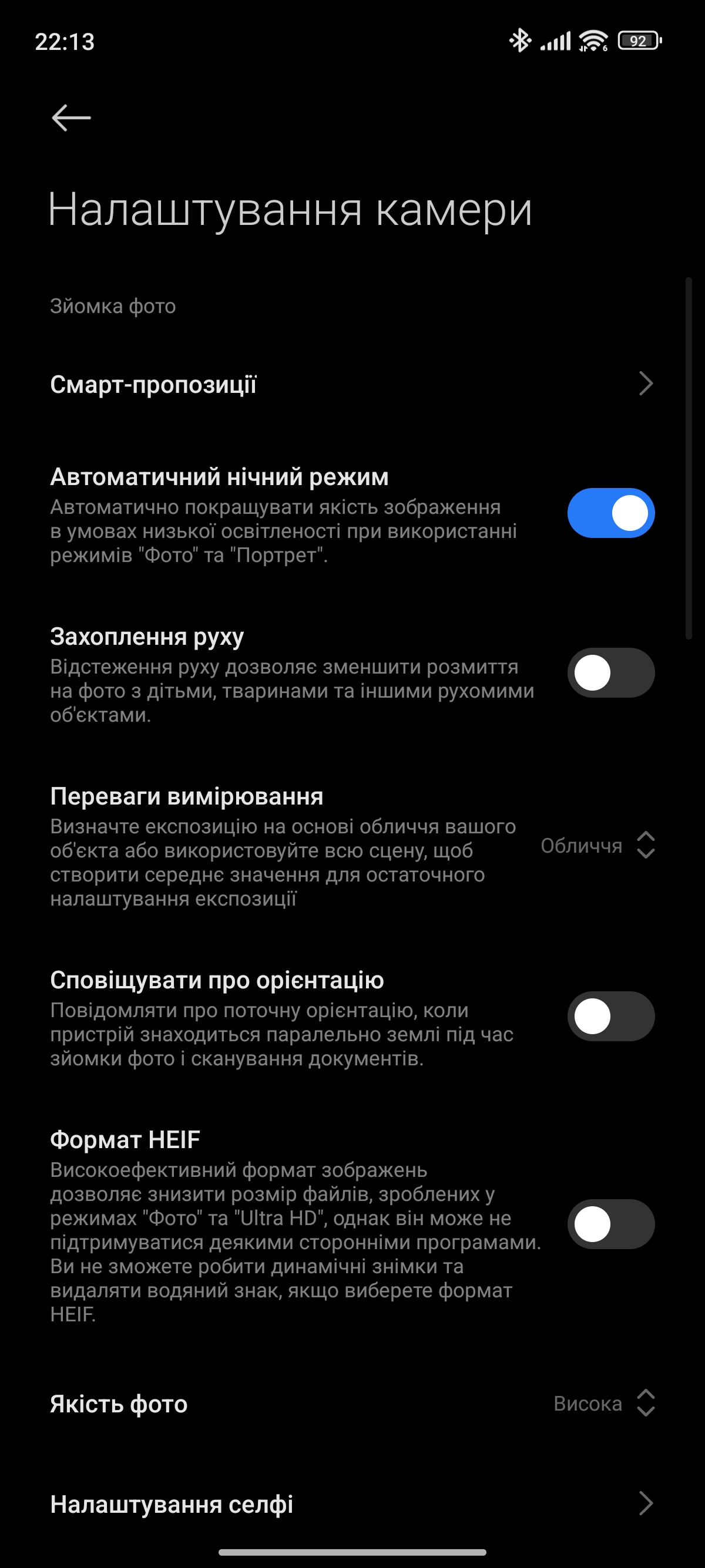

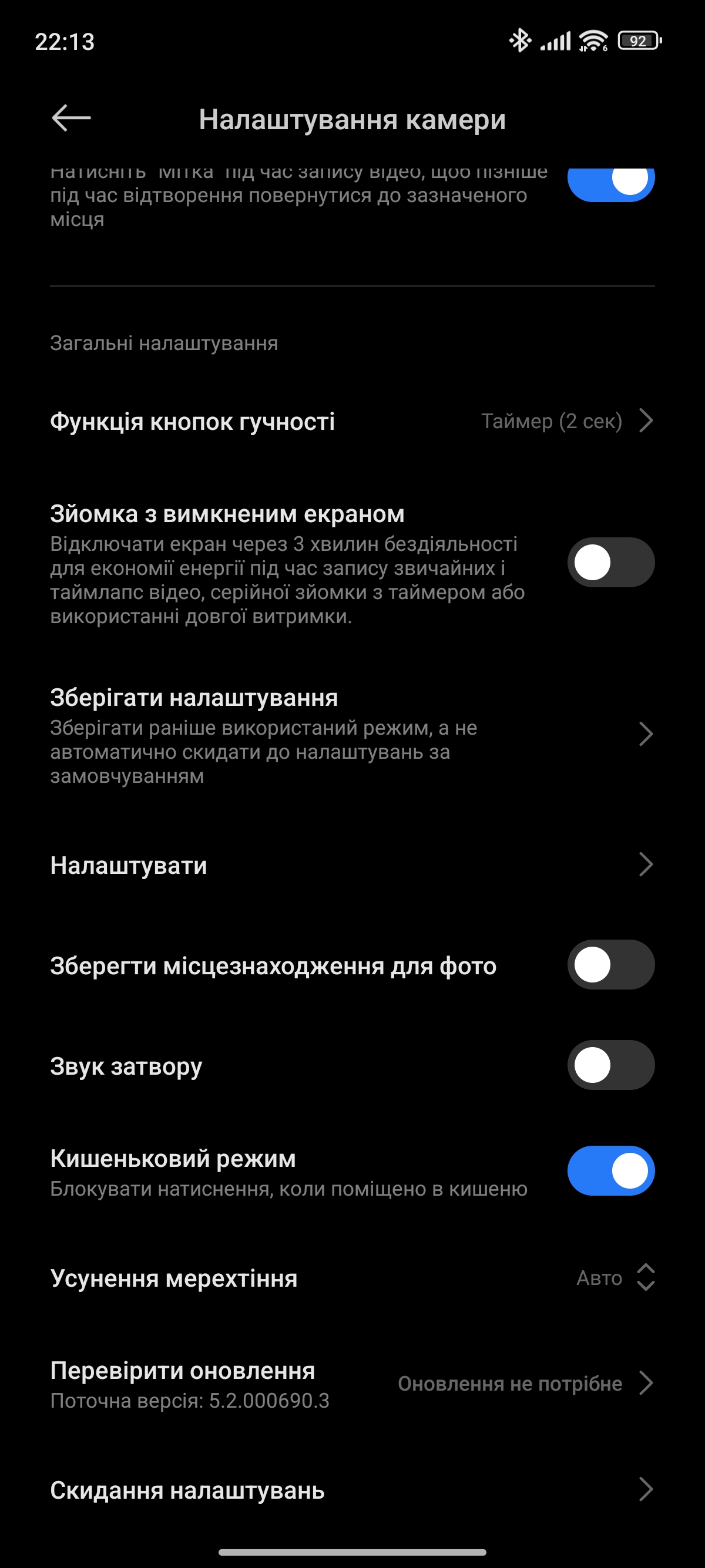
















The main camera takes great photos in any, even difficult, conditions. The photos are also detailed, have a wide dynamic range, correct processing of shadows, light sources and natural colour reproduction. Of course, night photos have traces of processing algorithms, but in the case of Xiaomi 14, they are minimal.


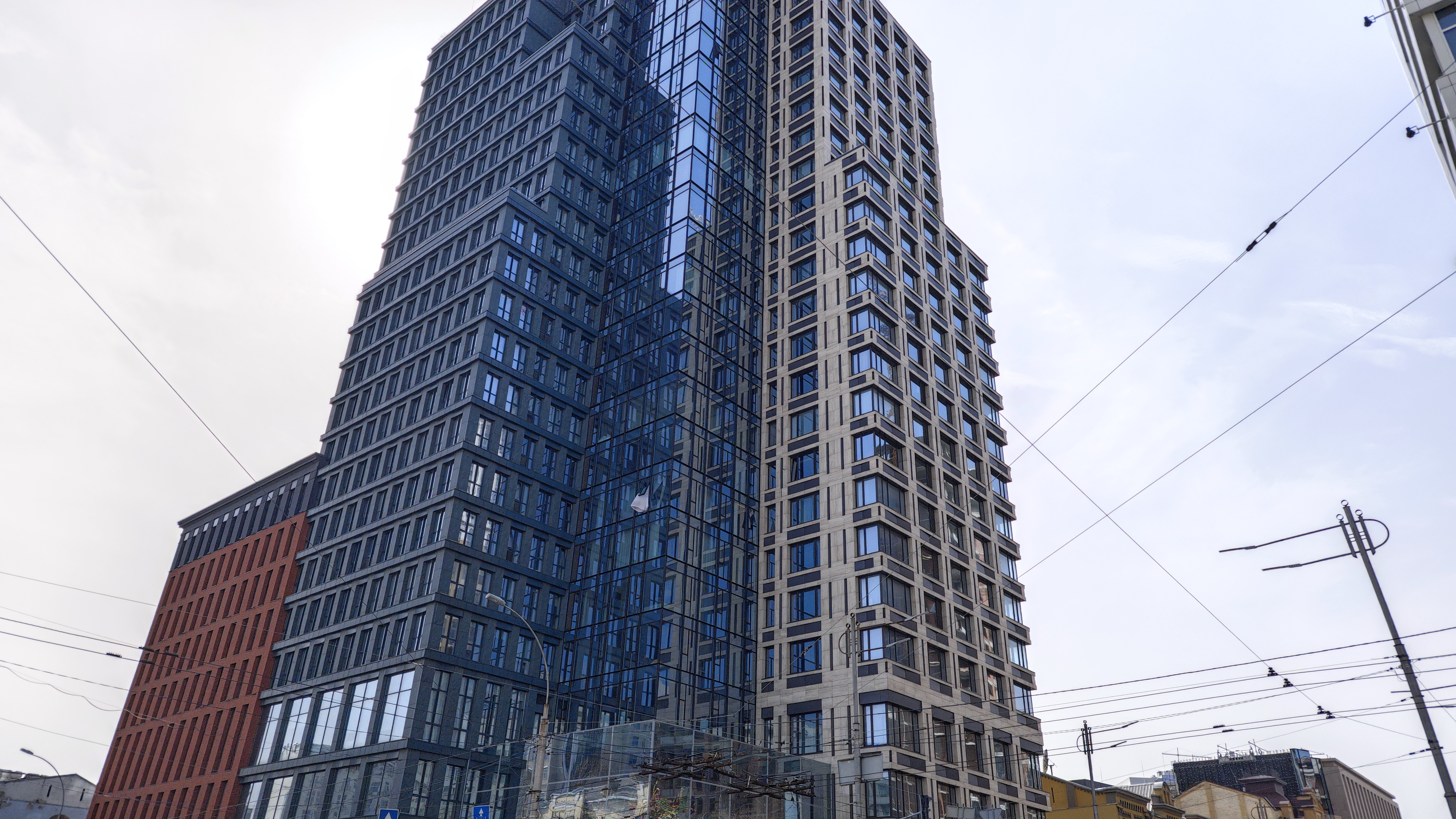



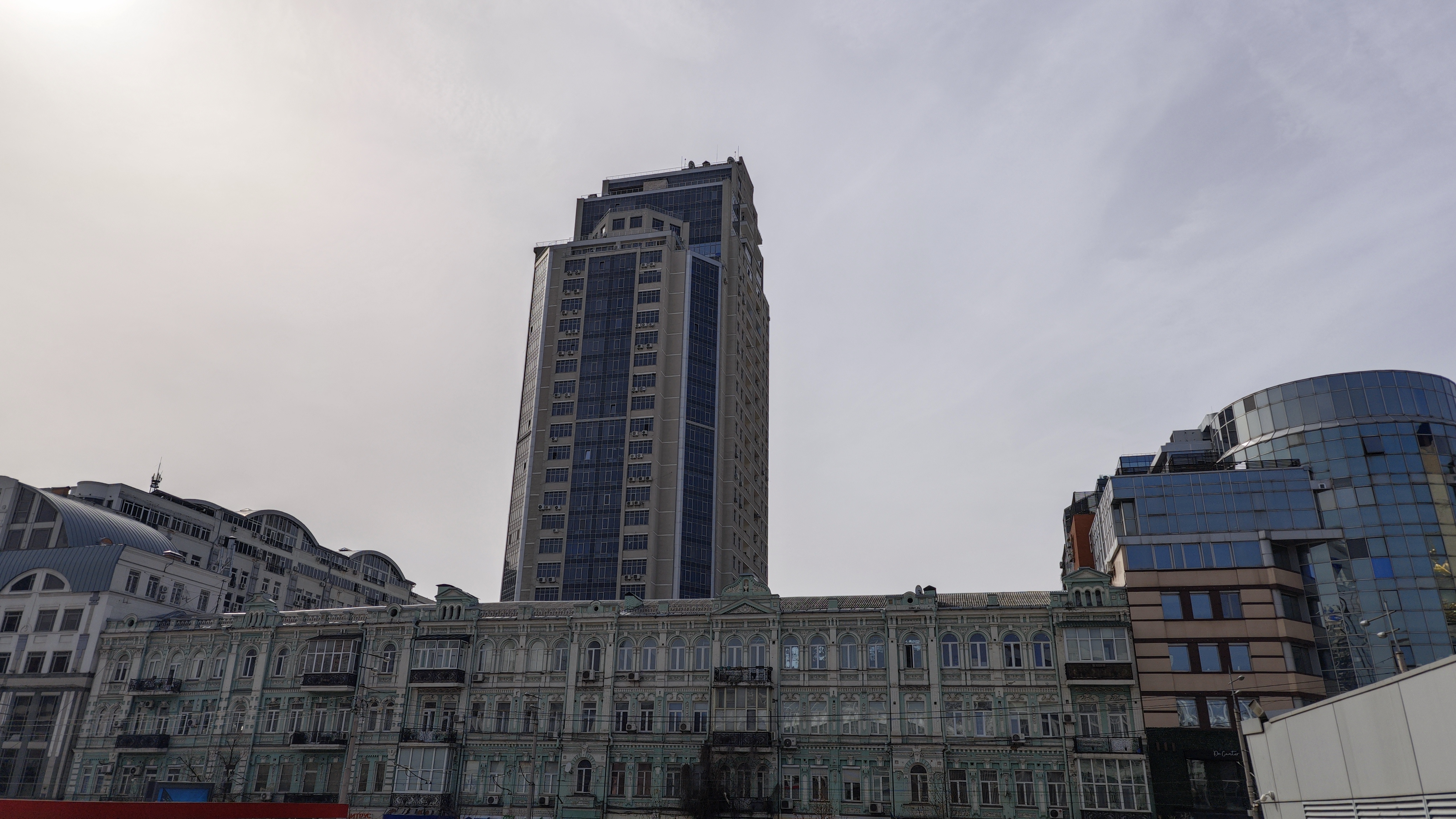





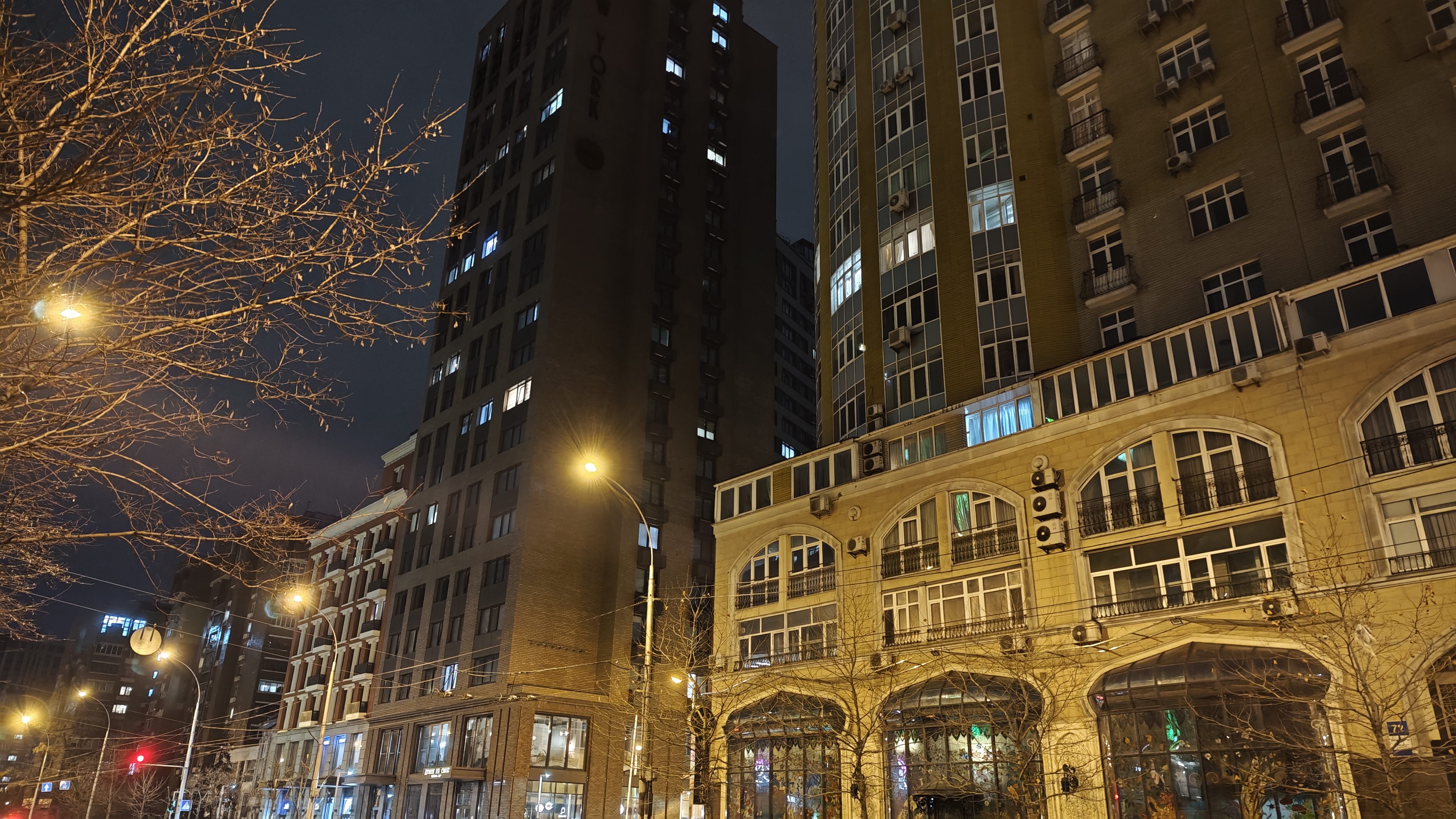

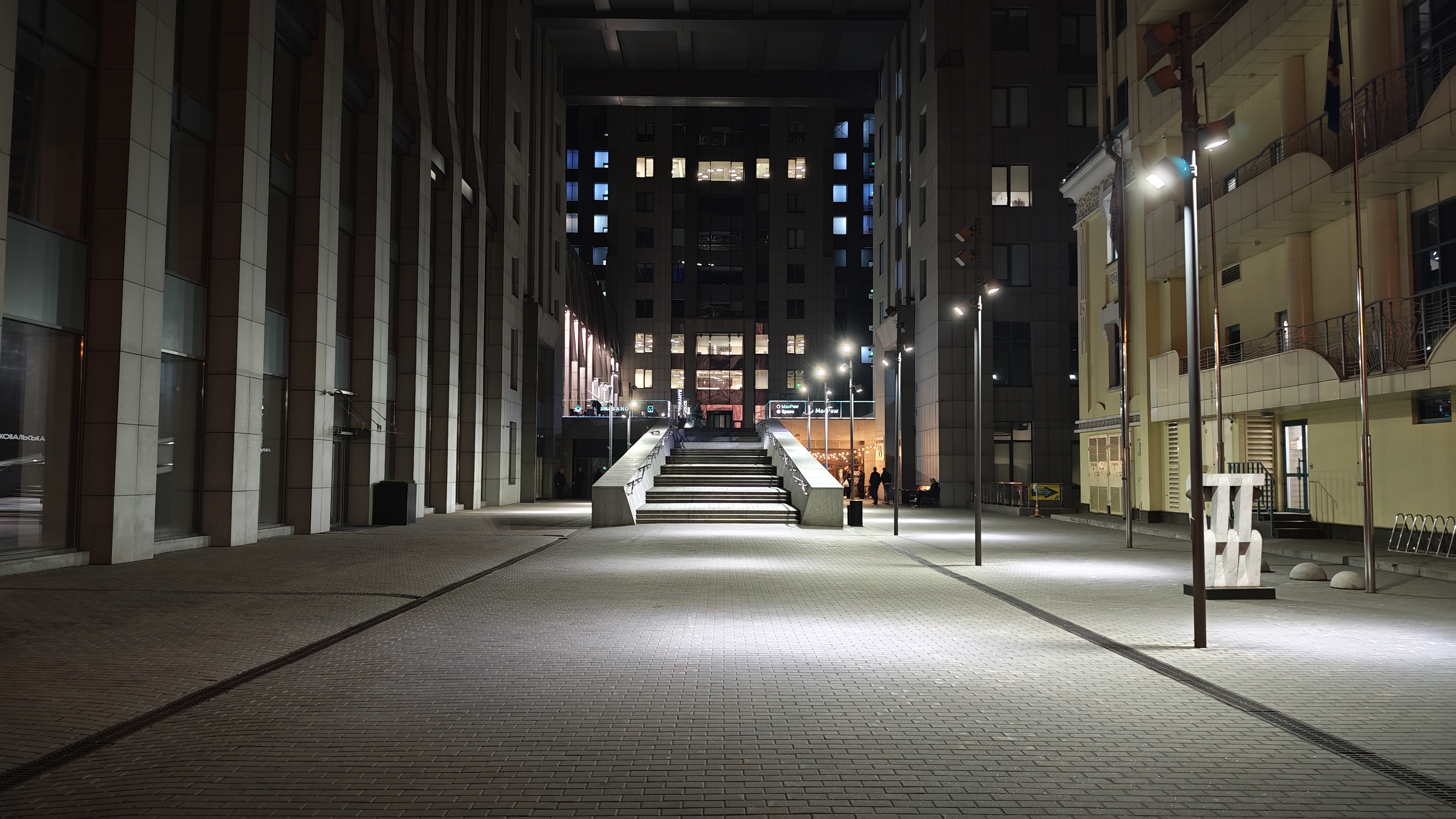

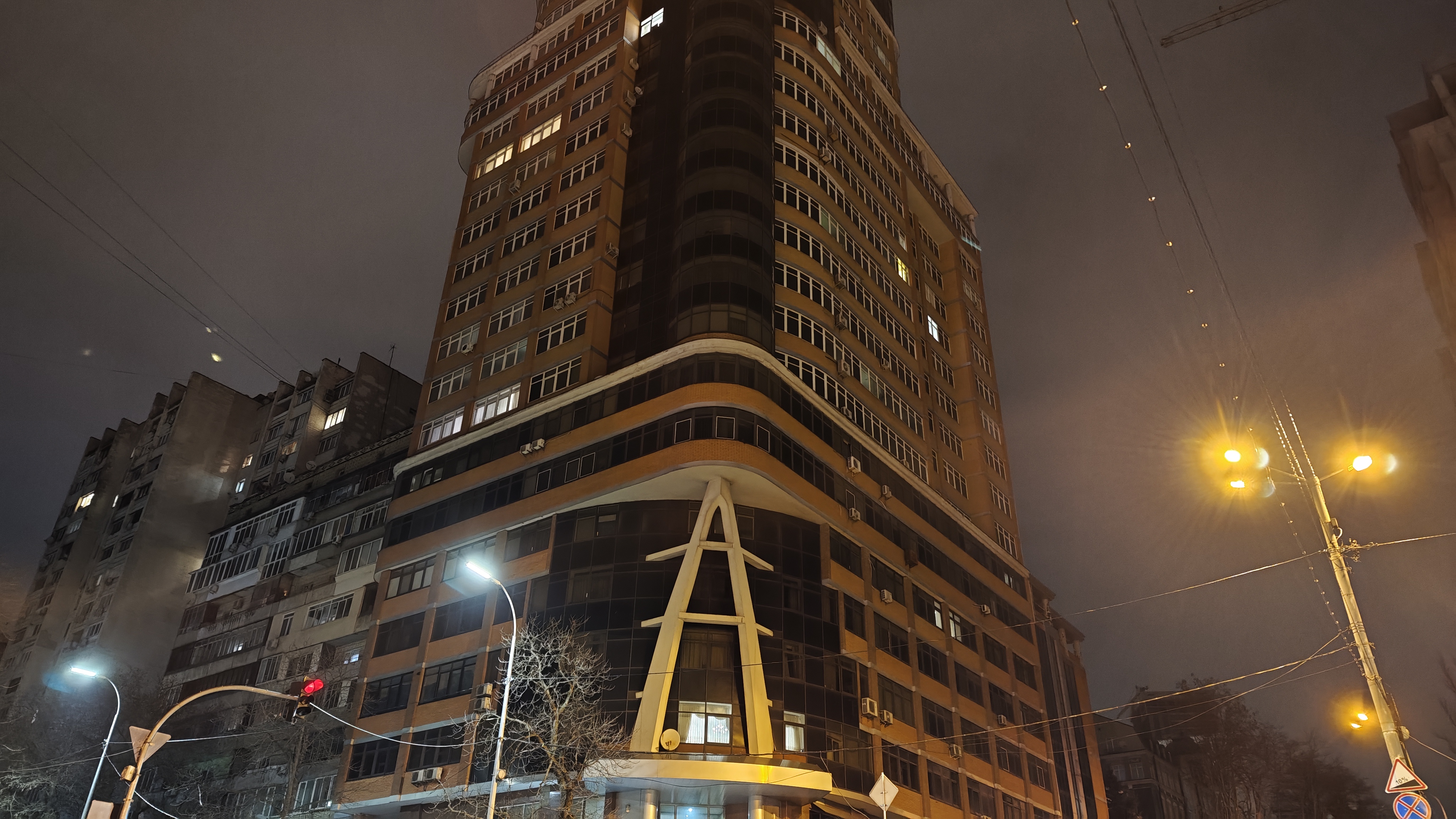
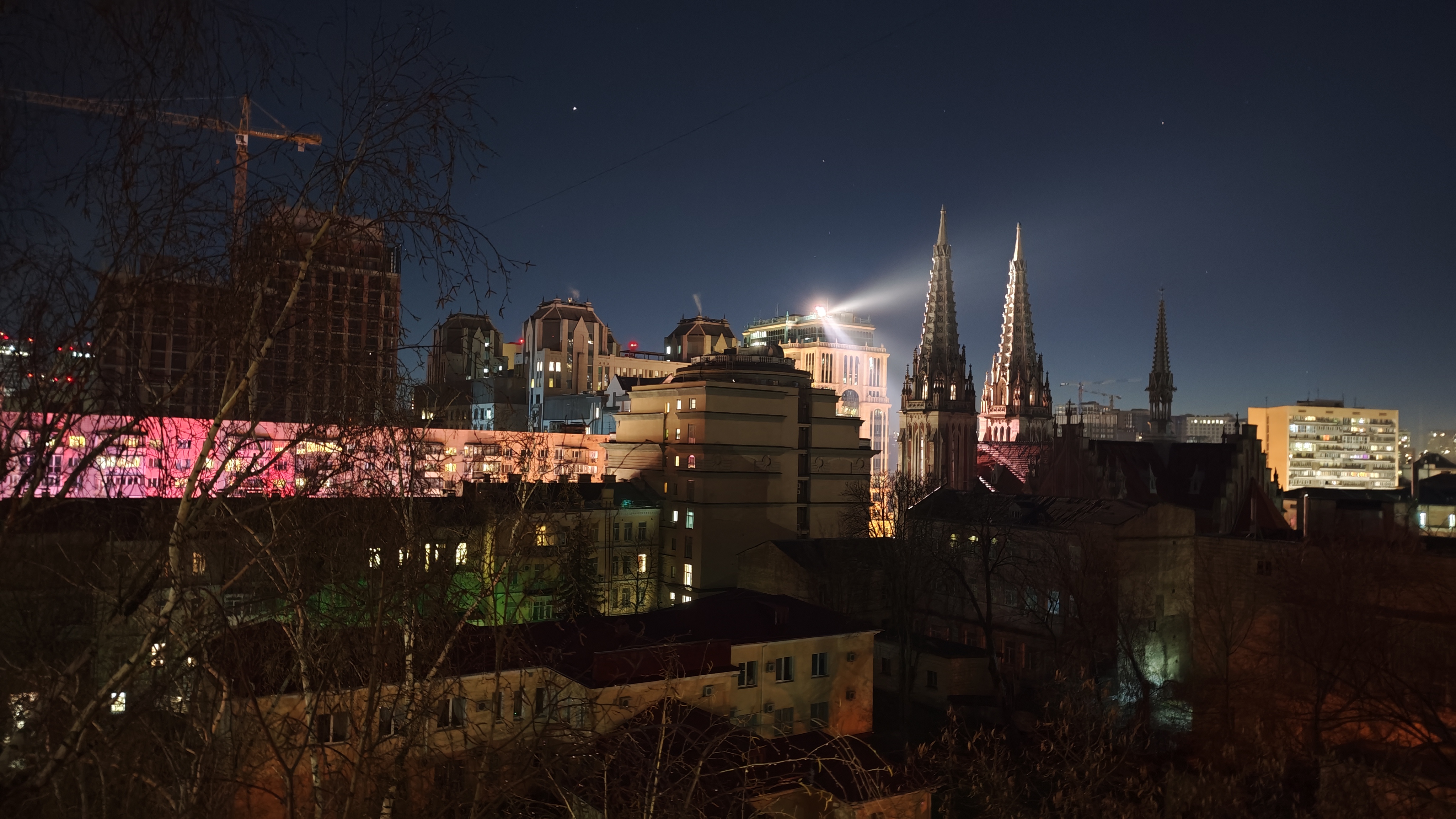


















2x zoom - crop from the main camera:


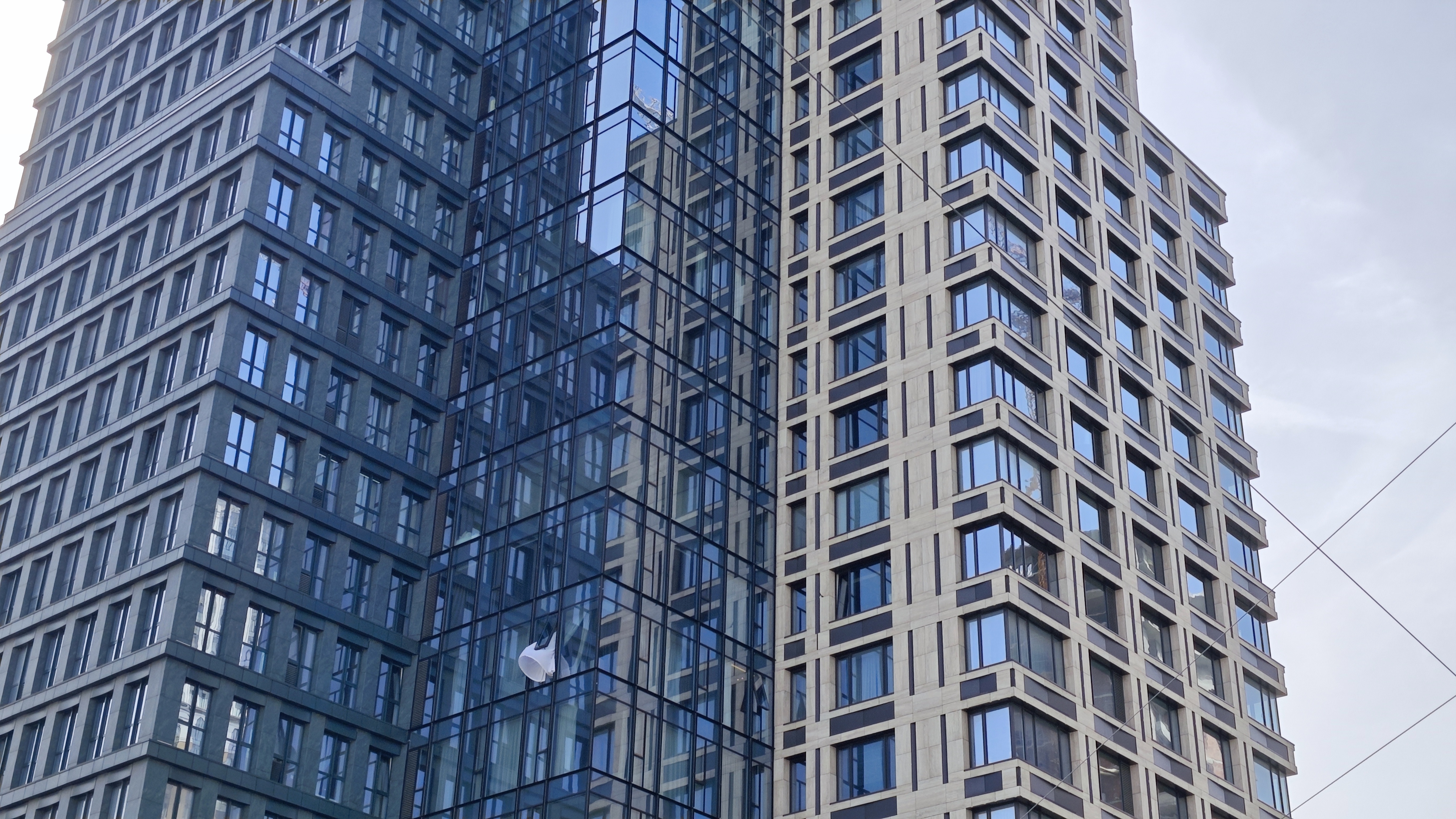















The telephoto camera with 3.2 zoom takes good images in almost any conditions. Photos are very detailed, have a wide dynamic range and natural colour reproduction in most situations. Only in the evening, yellowish tints may appear in small amounts:







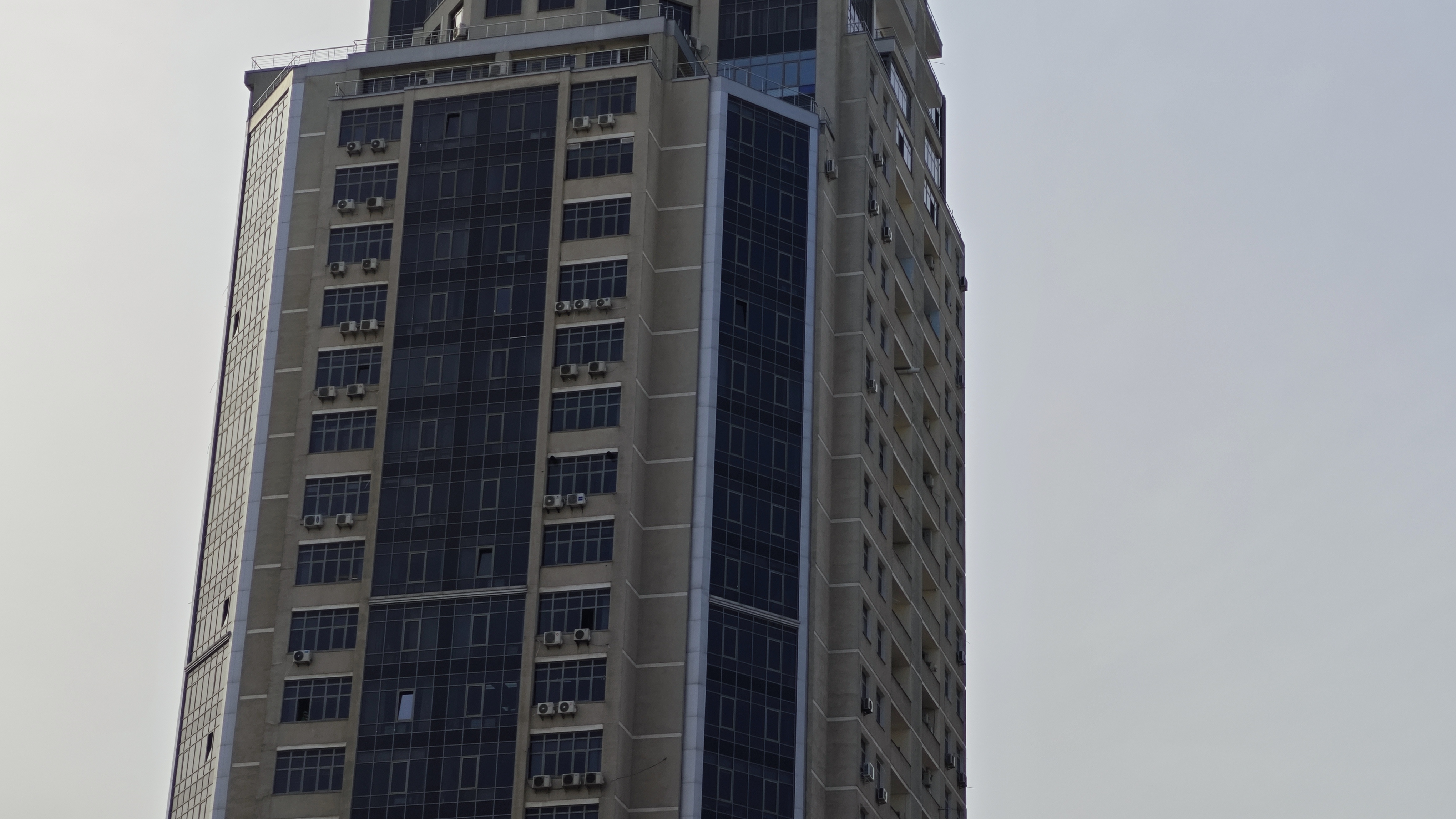


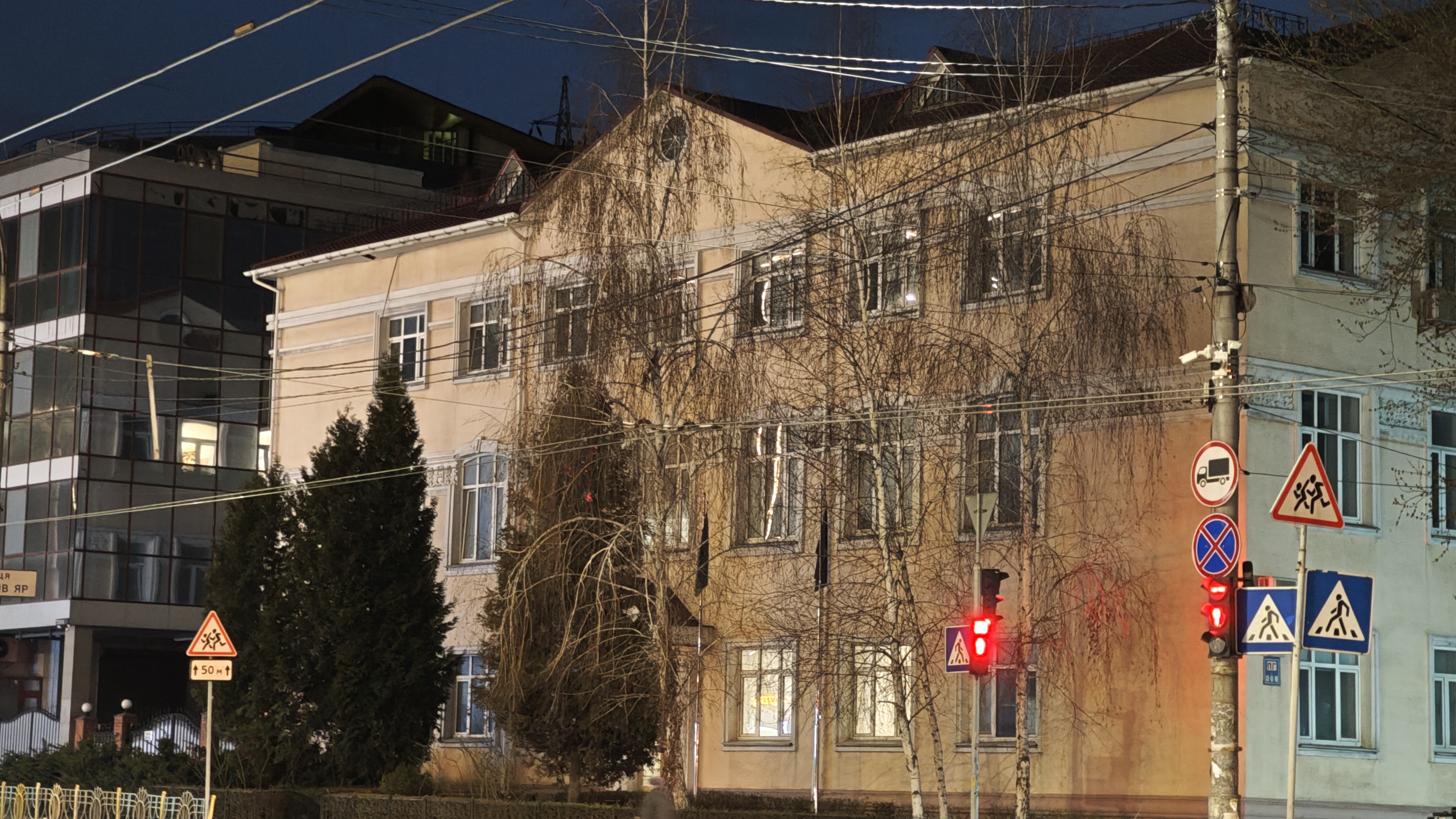

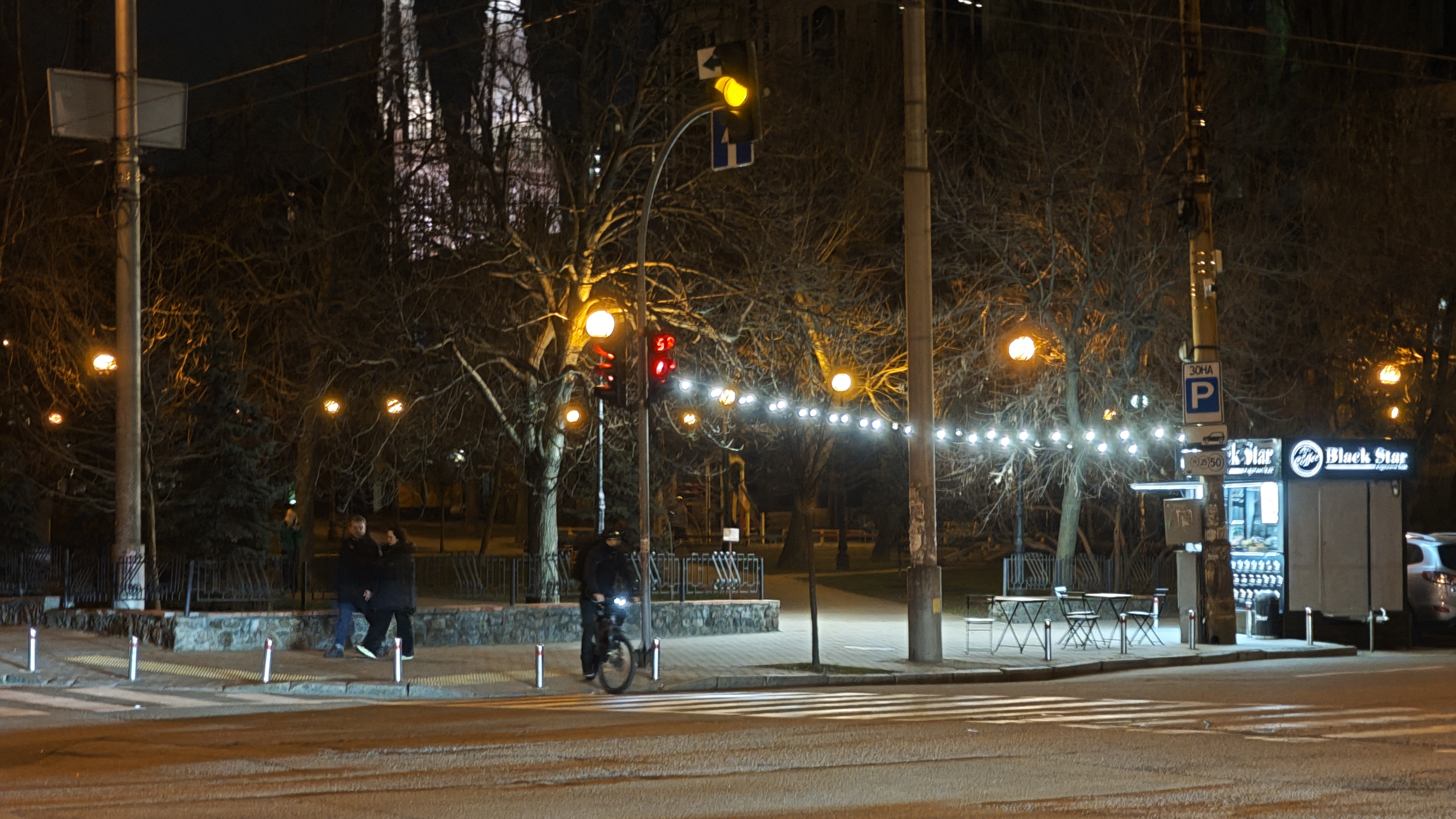























The ultra-wide-angle camera is the weakest in the entire set. In fact, it's not bad and is quite on par with most modern flagship smartphones (with the exception of photo flagships like the Samsung Galaxy S24 Ultra). But compared to the main and telephoto modules, it loses in both detail and dynamic range. This is especially evident in evening photos.
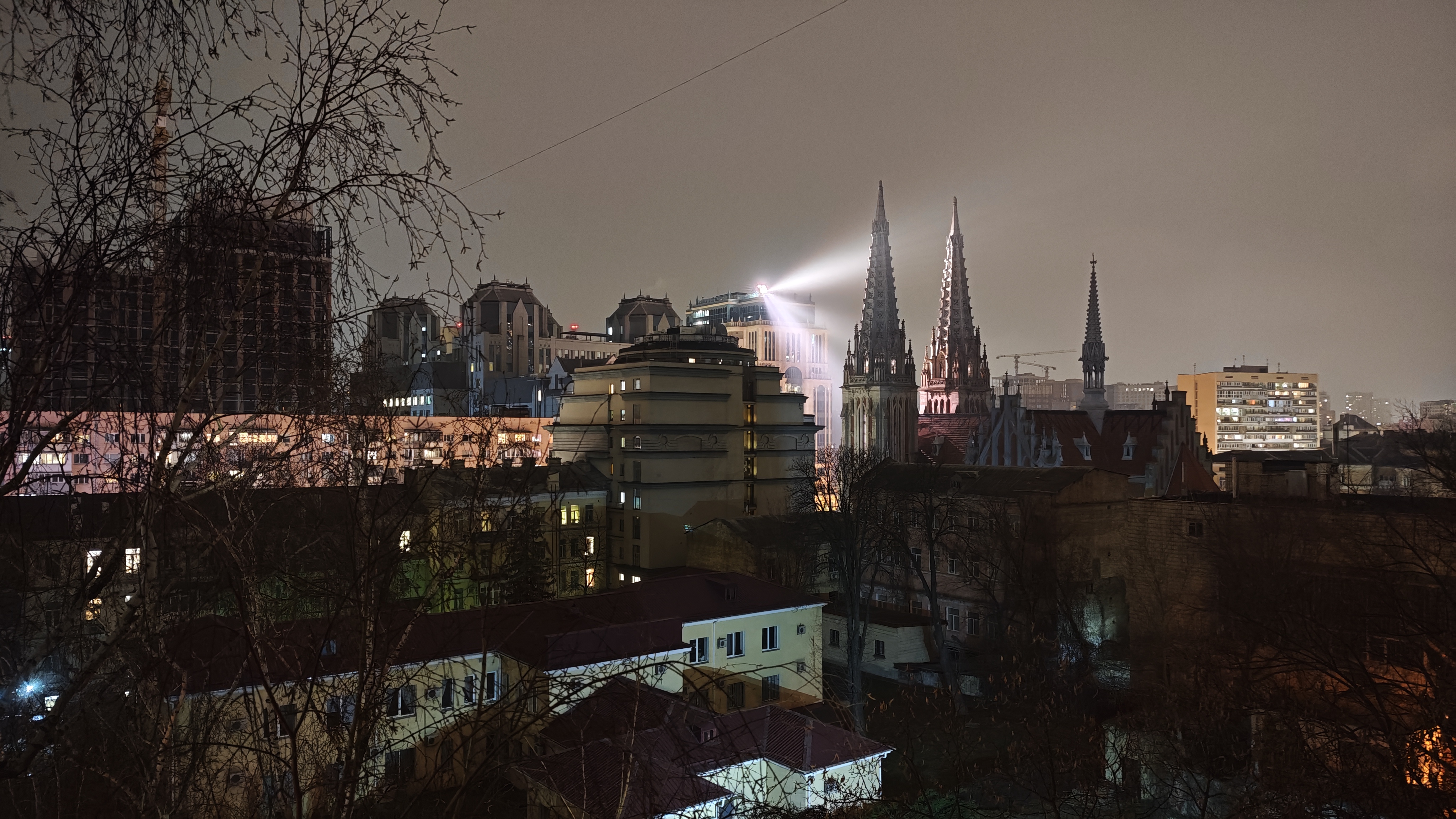





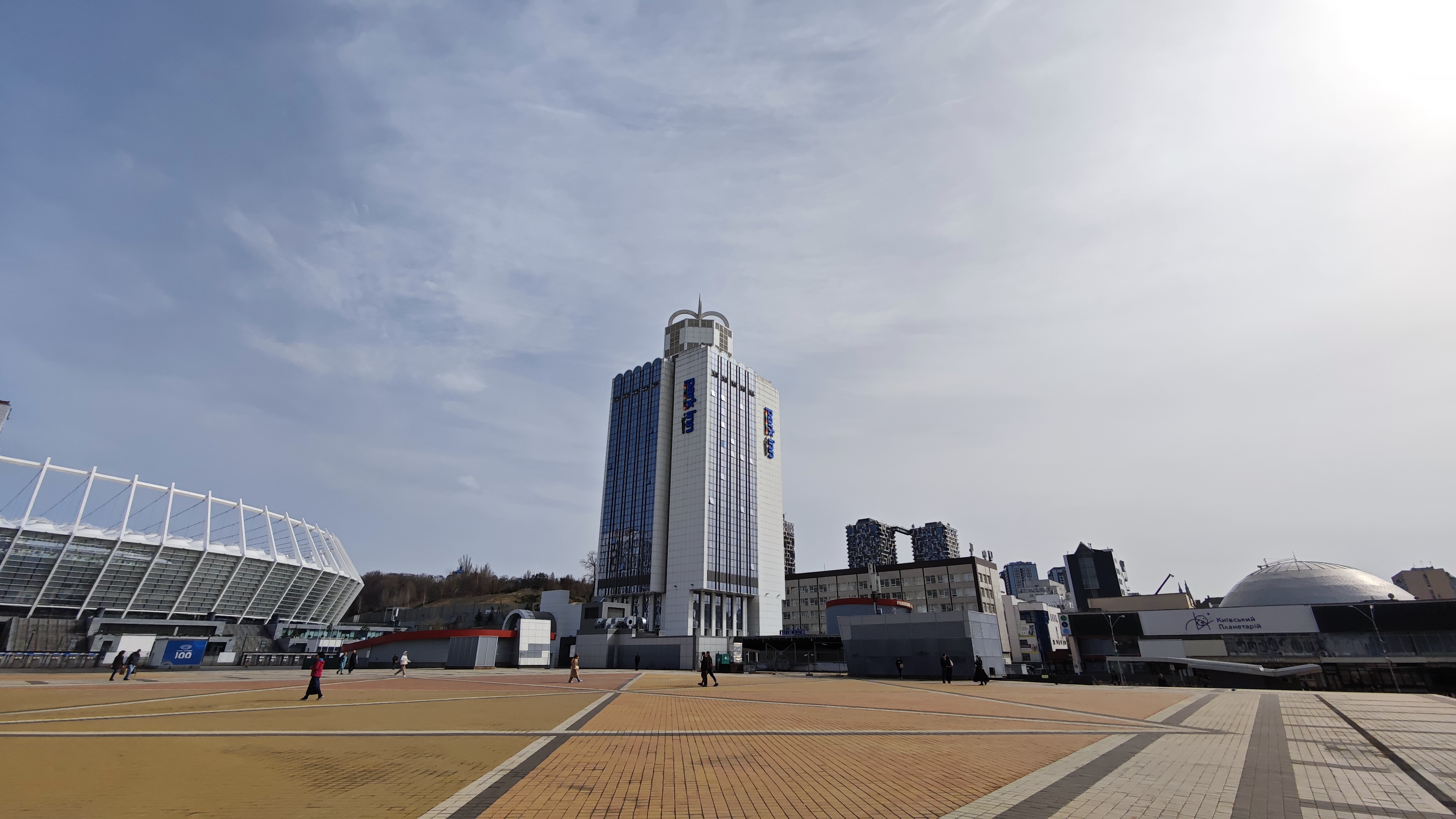


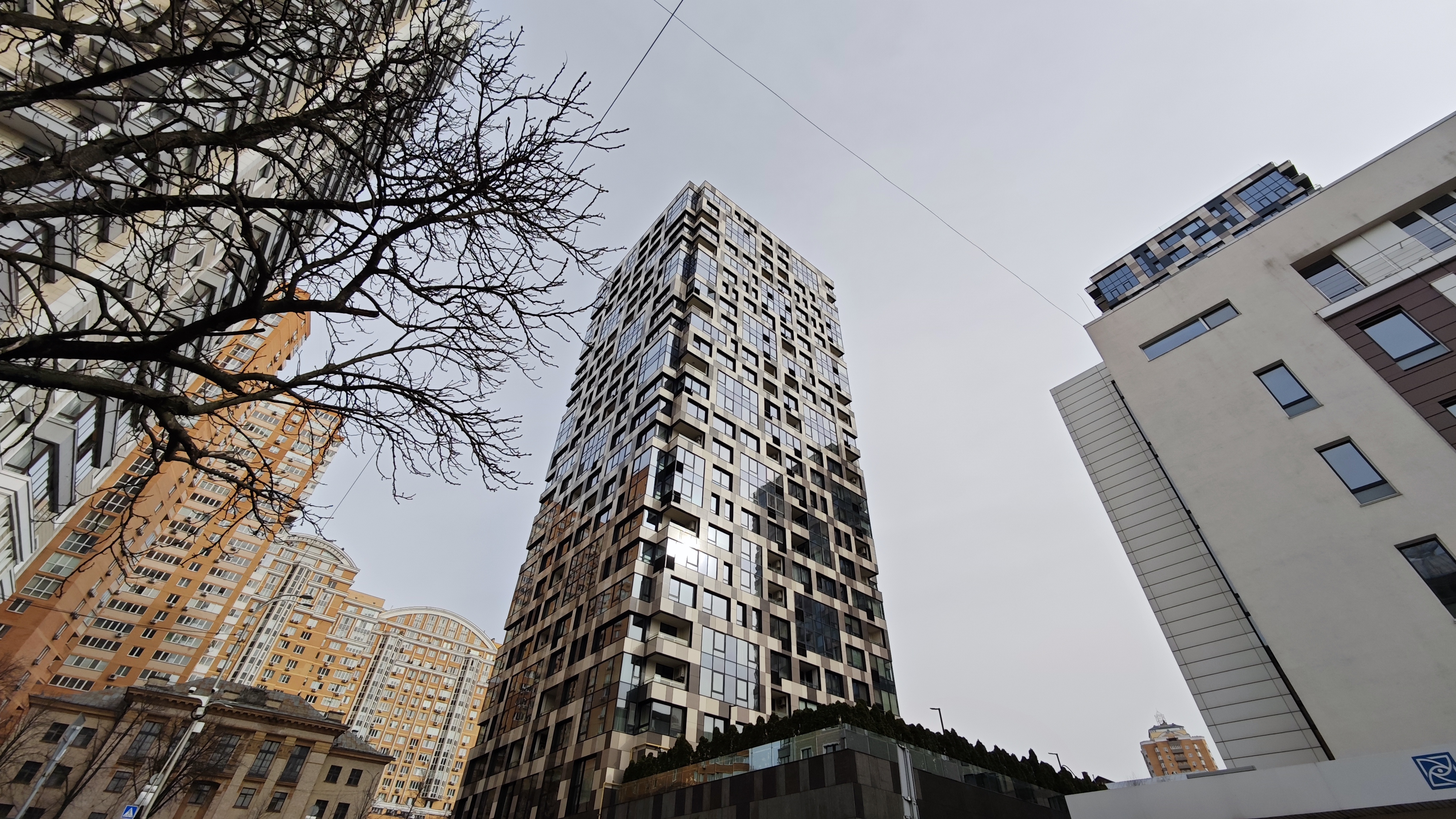

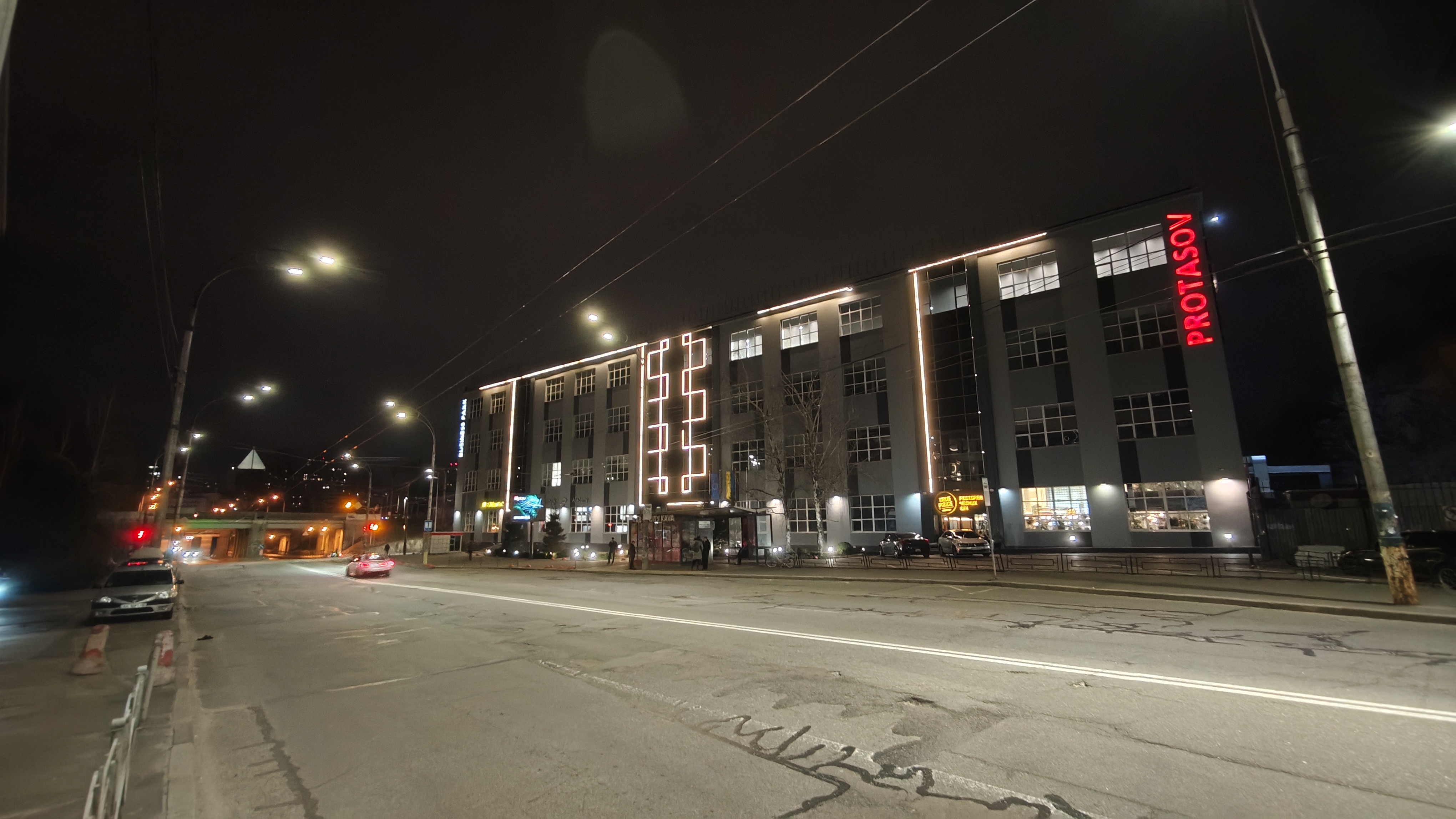

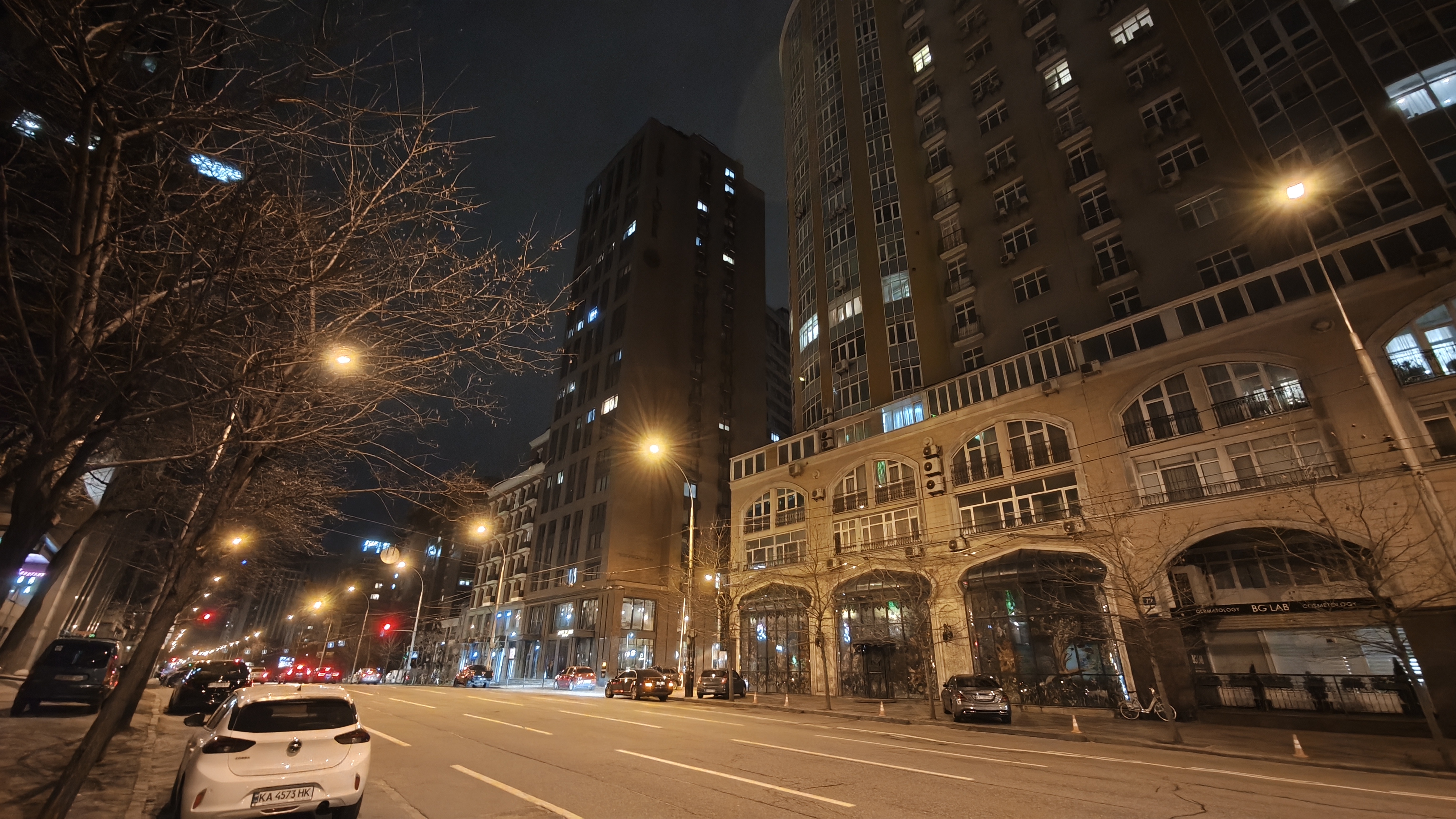



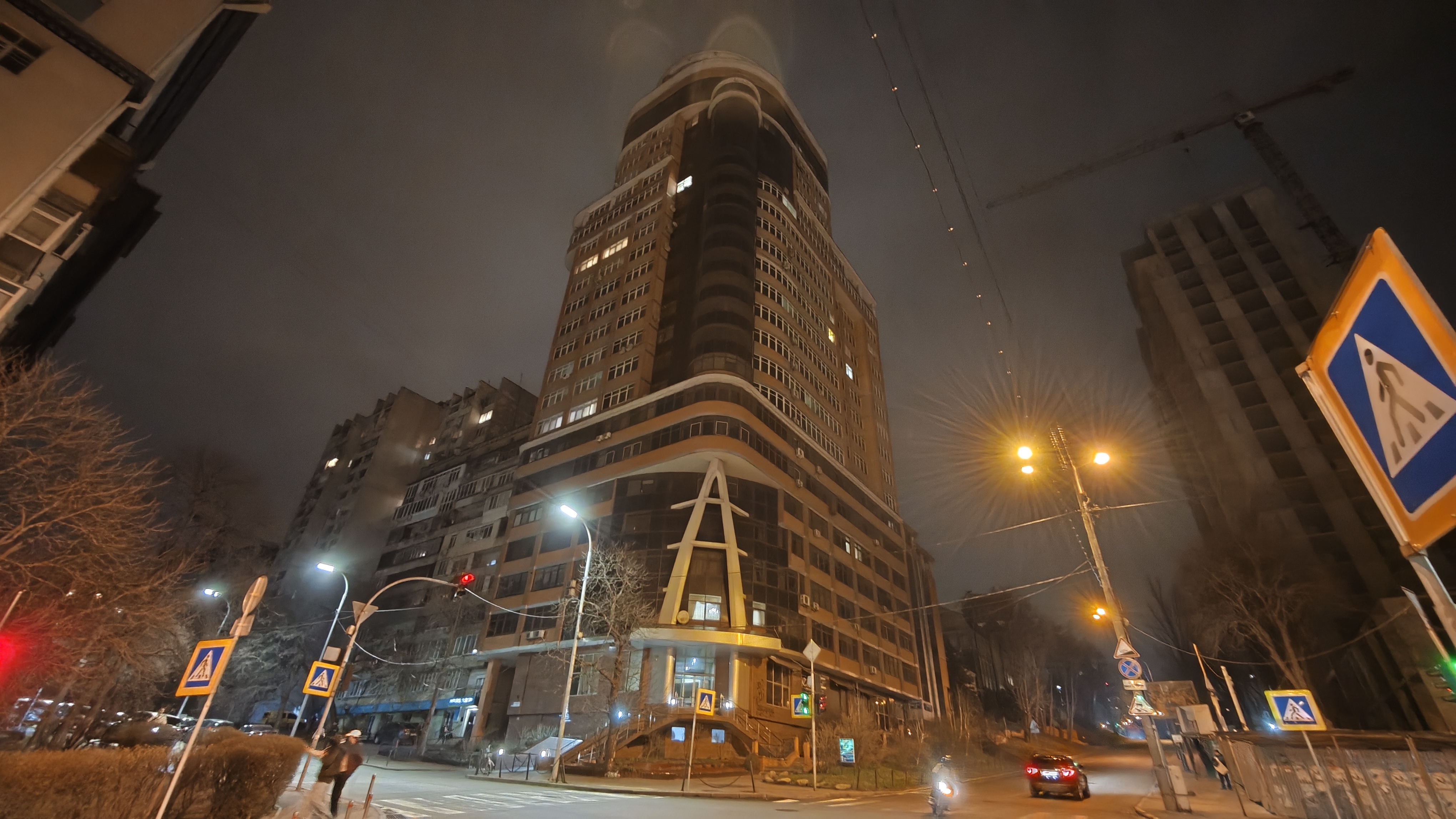


















The telephoto camera is used for macro photography. And it performs this task perfectly:
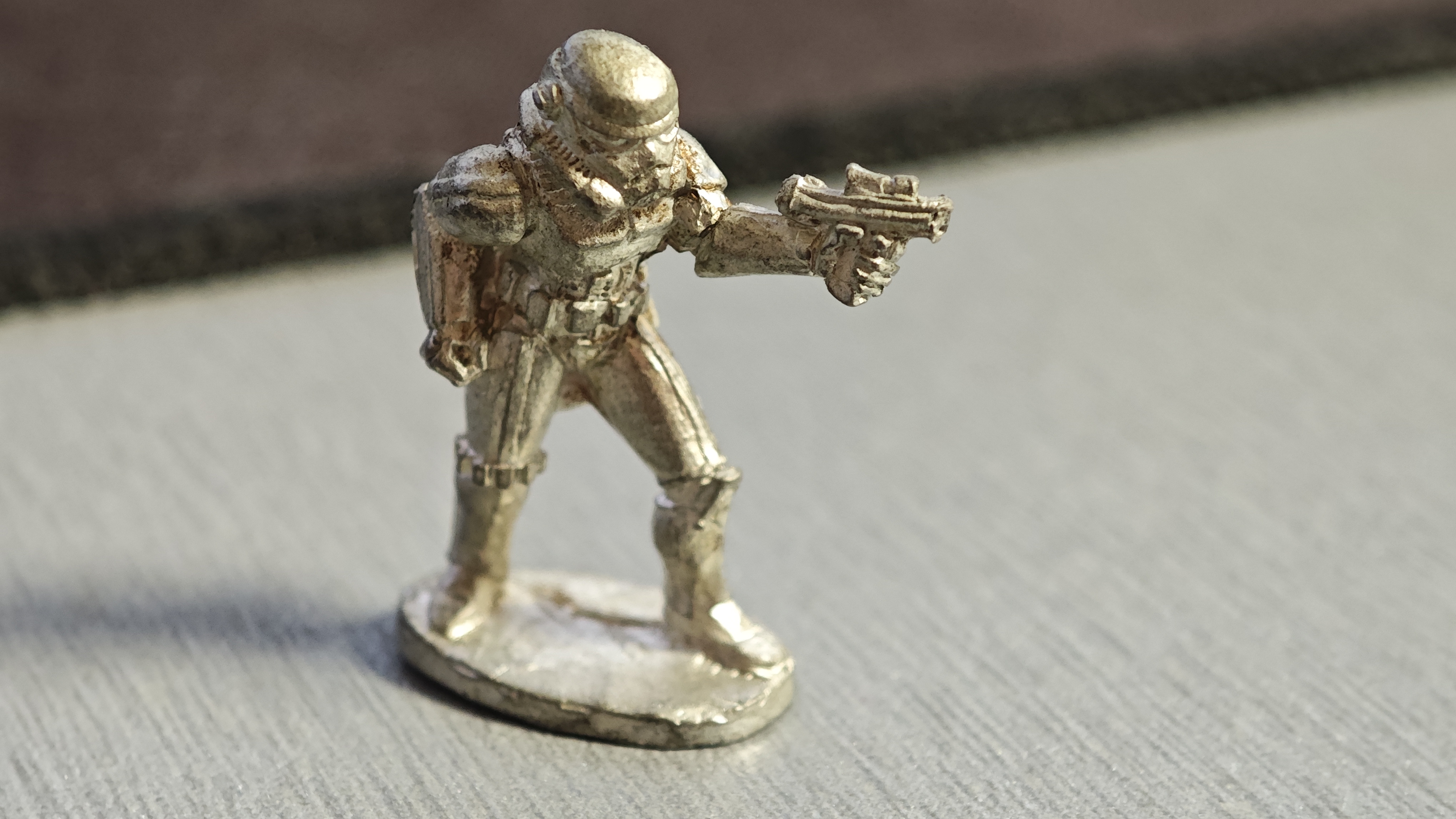



Xiaomi 14 shoots great video. There are various stabilisation modes in the settings, although even without it, 4K 60 FPS video is of good quality, with excellent detail without shaking and almost no jelly effect:
- Compact, comfortable body with IP68 protection
- Top-of-the-line Qualcomm Snapdragon 8 Gen 3 processor
- Bright OLED display with 120 Hz refresh rate
- Long battery life and fast charging
- Versatile set of cameras that take good pictures
To sum up: five things you need to know about Xiaomi 14.
- Xiaomi 14 is a modern flagship smartphone with the top-end Qualcomm Snapdragon 8 Gen 3 processor.
- It has a relatively compact size, a glass and metal body with IP68 protection.
- Equipped with a high-quality 6.36-inch LTPO OLE screen with a refresh rate of 120 Hz.
- It has a versatile set of high-quality cameras and takes great photos and videos.
- It lasts a long time on a single battery charge and supports fast wired and wireless charging.
| Specifications Xiaomi 14 | |
|---|---|
| Display | LTPO OLED, 6.36 inches, 2670x1200 (20:9 aspect ratio), 460 ppi, 12 bit, HDR10+, Dolby Vision, 120 Hz, 3000 nits peak brightness |
| Body | Dimensions: 152.8x71.5x8.2 mm, weight: 188 g |
| Processor | 64-bit 4nm Qualcomm Snapdragon 8 Gen 3, 1x3.3 GHz Cortex-X4, 3x3.2 GHz Cortex-A720, 2x3.0 GHz Cortex-A720, 2x2.3 GHz Cortex-A520, Adreno 750 graphics, 1 GHz |
| RAM | 8/12/16 GB LPDDR5X 8533 |
| Flash memory | 256/512 GB / 1 TB UFS 4.0 |
| Camera |
50 MP (f/1.6, 23 mm, 1/1.31", 1.2µm, Dual Pixel PDAF, laser autofocus, OIS); telephoto 50 MP (f/2.0, 75 mm, 1/2.76", 0.64µm, PDAF 10 cm - ∞, OIS, 3.2x zoom); ultra-wide-angle 50 MP (f/2.2, 14 mm, 1/2.76", 0.64µm, 115˚); flash, video 8K@24fps, 4K@24/30/60fps (HDR10+, 10-bit Dolby Vision HDR, 10-bit LOG), 1080p@60fps; front camera: 32 MP (f/2.0, 22 mm) |
| Wireless technologies | Wi-Fi 802.11 a/b/g/n/ac/6e/7, Bluetooth 5.4 LE, NFC, IR transmitter |
| GPS | GPS, GLONASS, GALILEO, BDS, QZSS, NaviC |
| Battery | 4610 mAh, non-removable, fast charging 90 W, fast wireless charging 50 W, reverse wireless charging 10 W |
| Operating system | Android 14 + HyperOS 1.0.6.0 |
| Sim-card | 2xNanoSIM, eSIM |
| Optional | optical fingerprint scanner in the screen, IP68 protection |

Go Deeper:
- Realme 12 Pro+ 5G review: a smartphone that attracts attention
- AI at its best: Samsung Galaxy S24 Ultra review
- Realme C67 review
- Xiaomi Redmi Note 13 Pro+ 5G review
- Samsung Galaxy S23 FE review
The editors would like to thank the Allo chain of stores for kindly providing a smartphone for review
